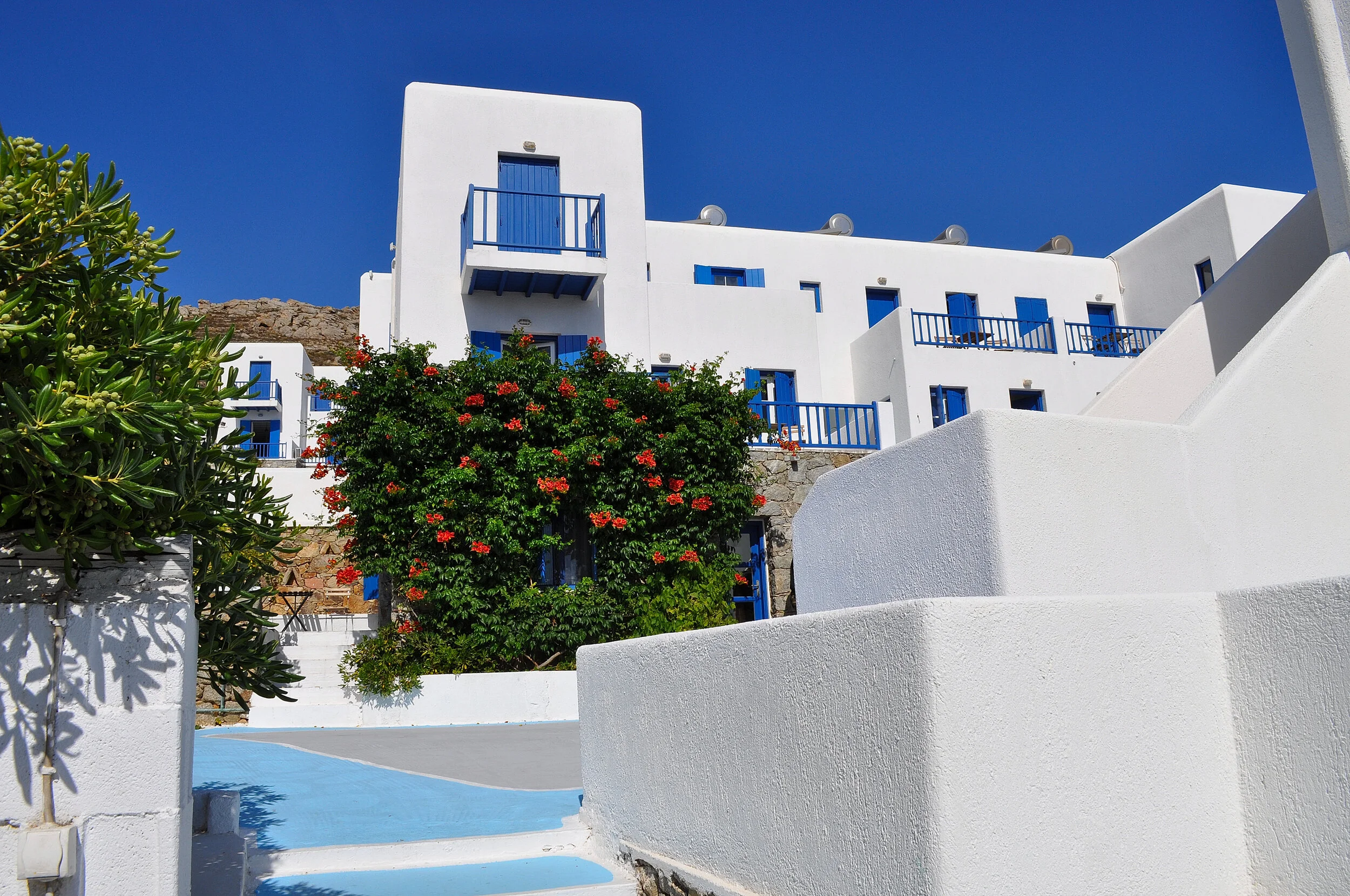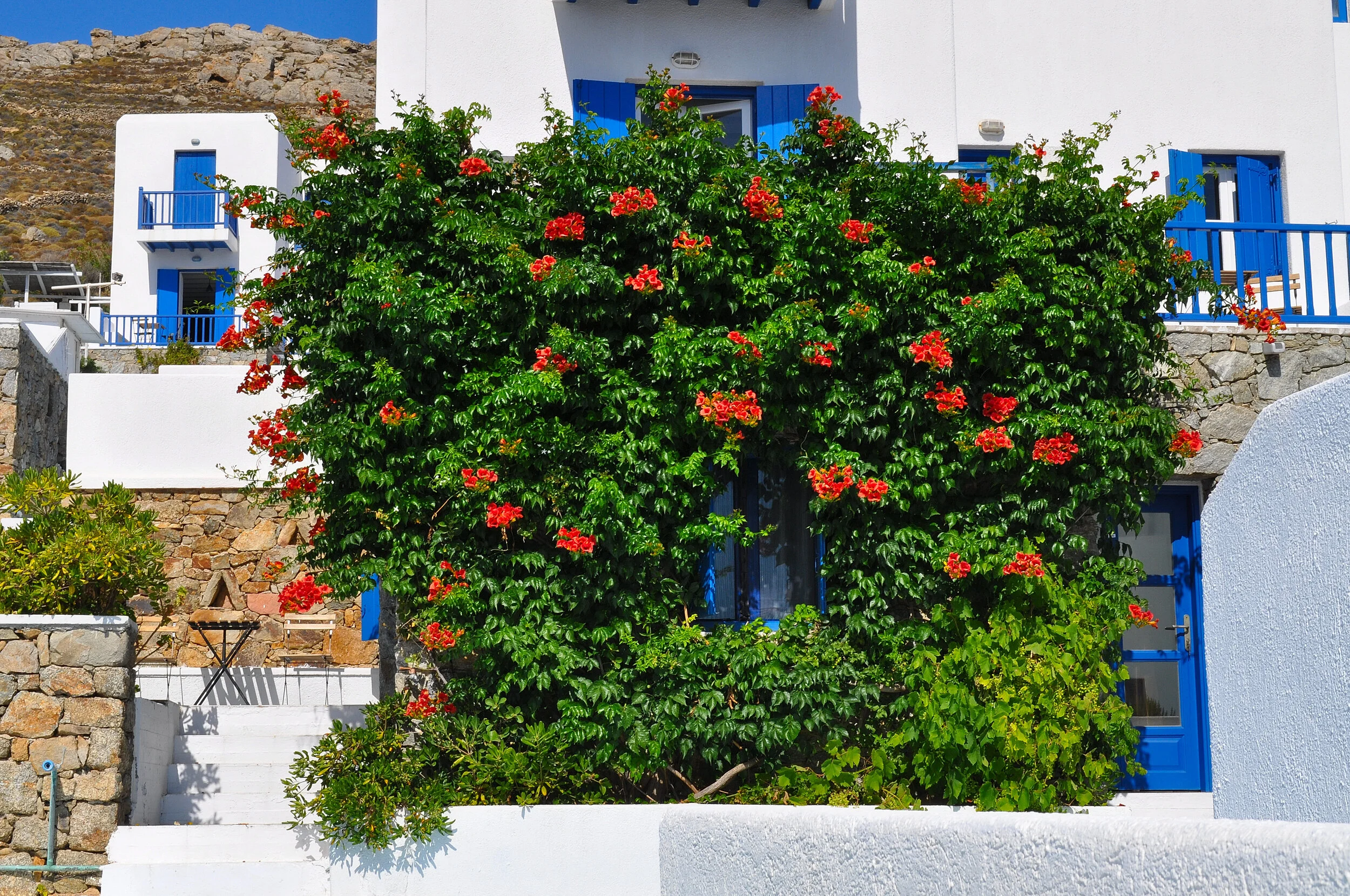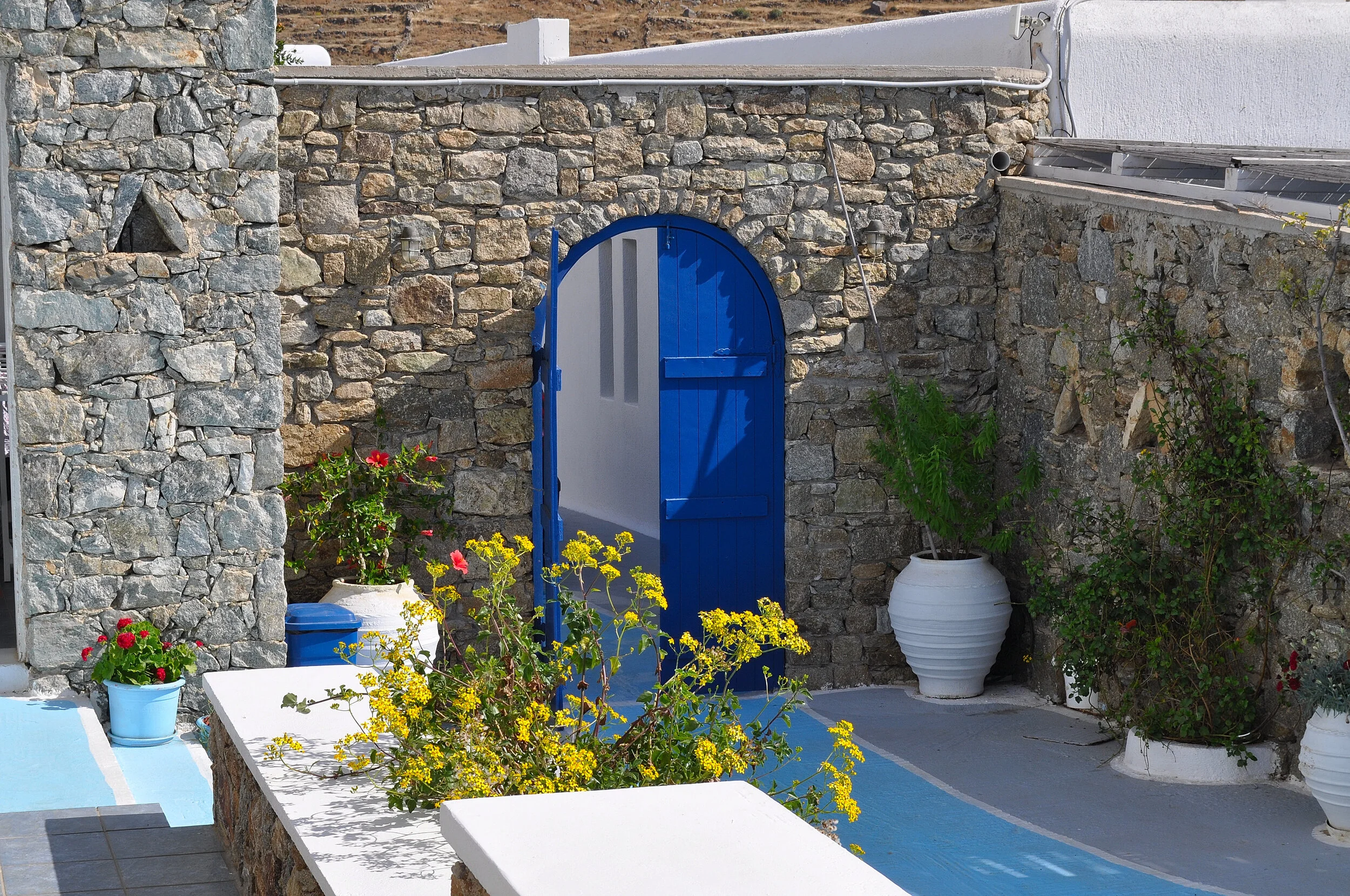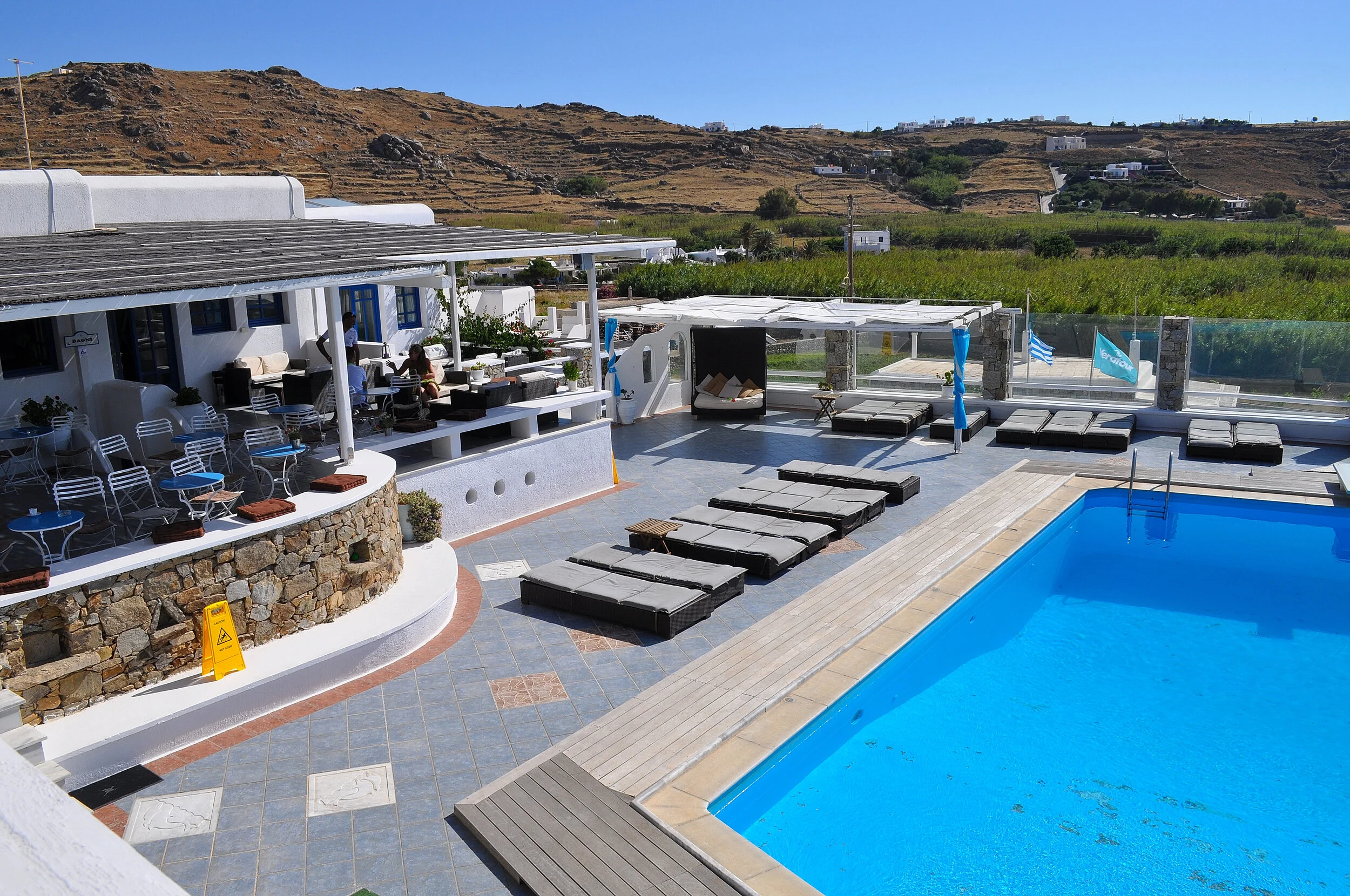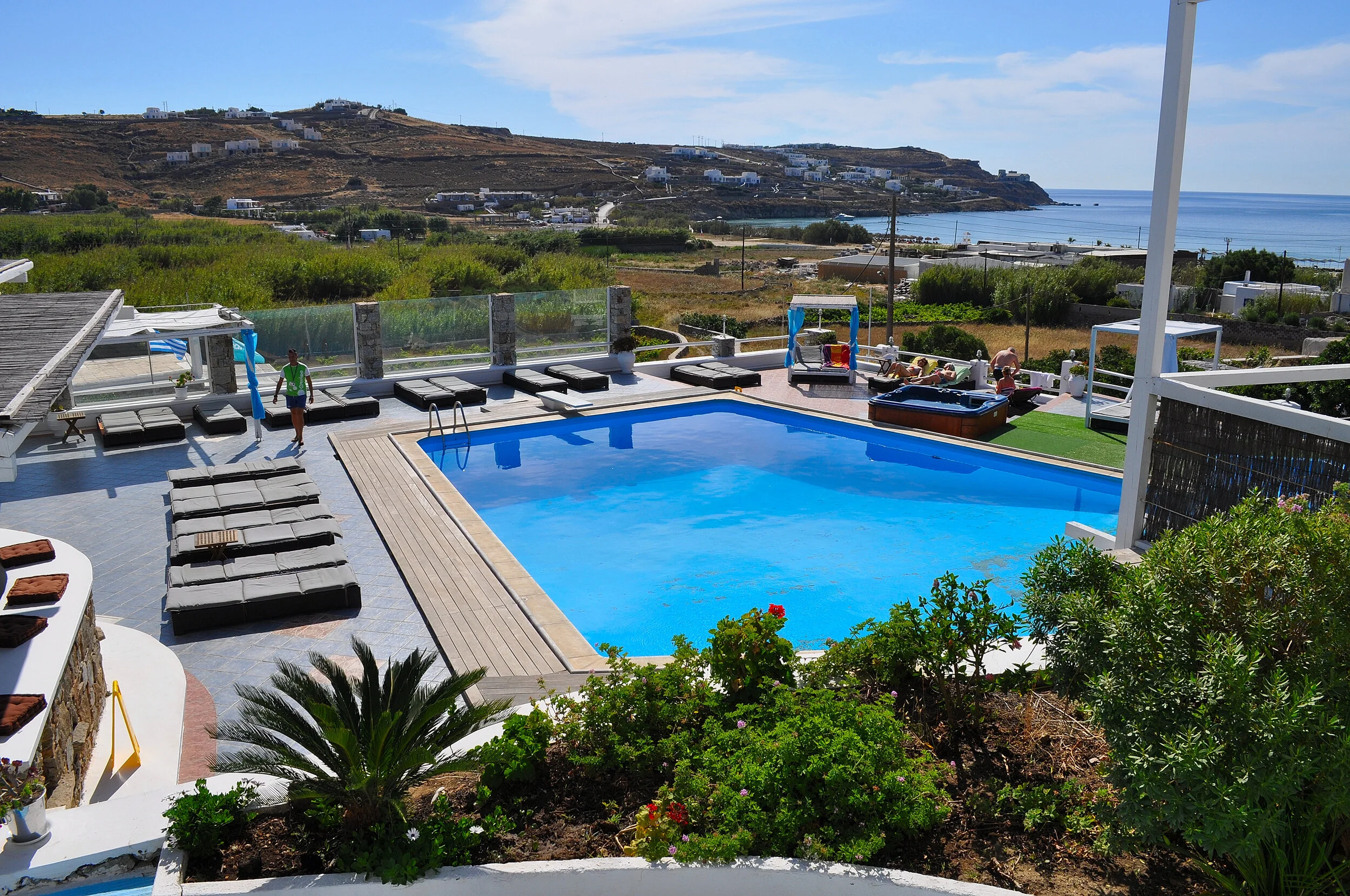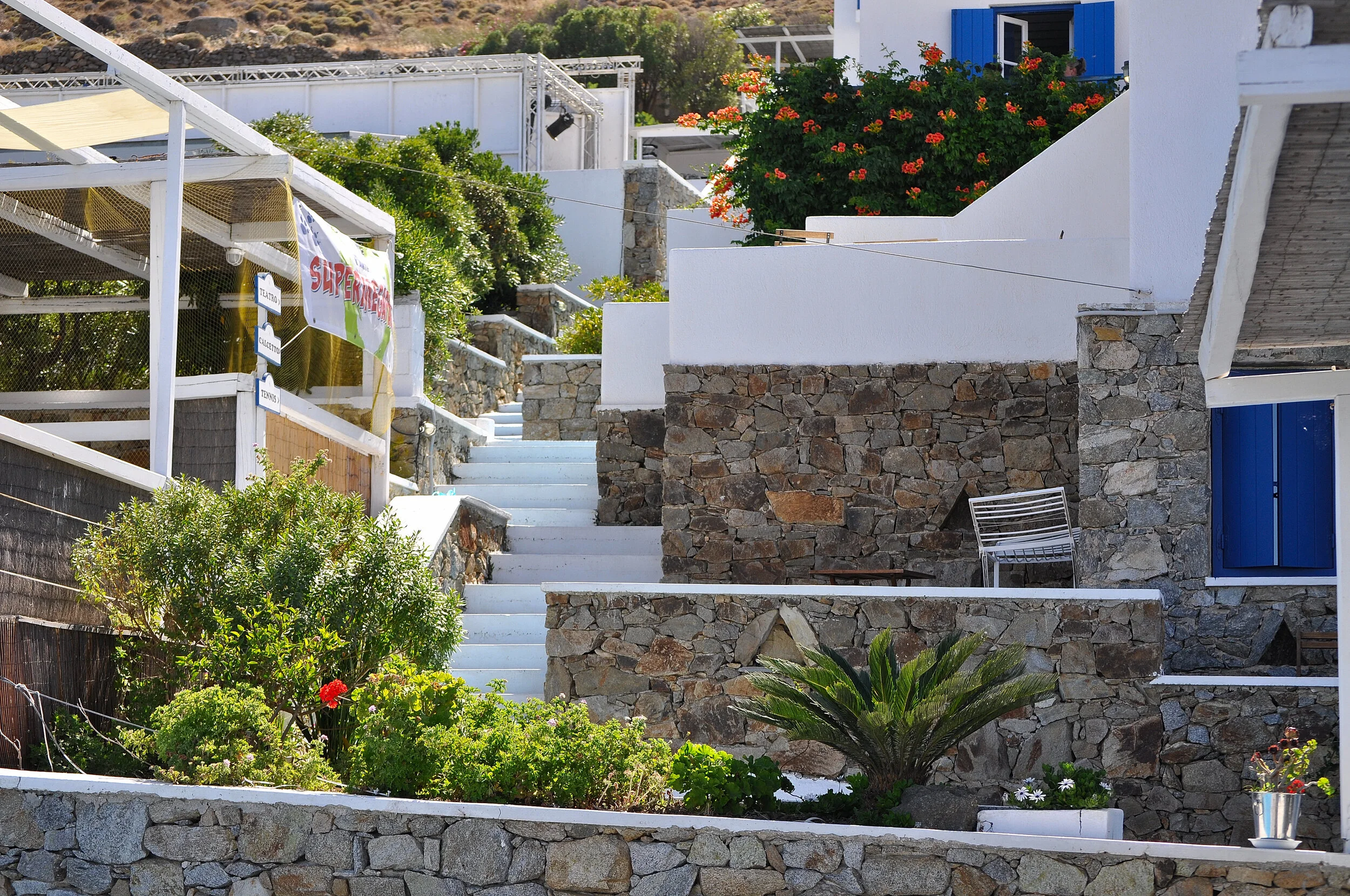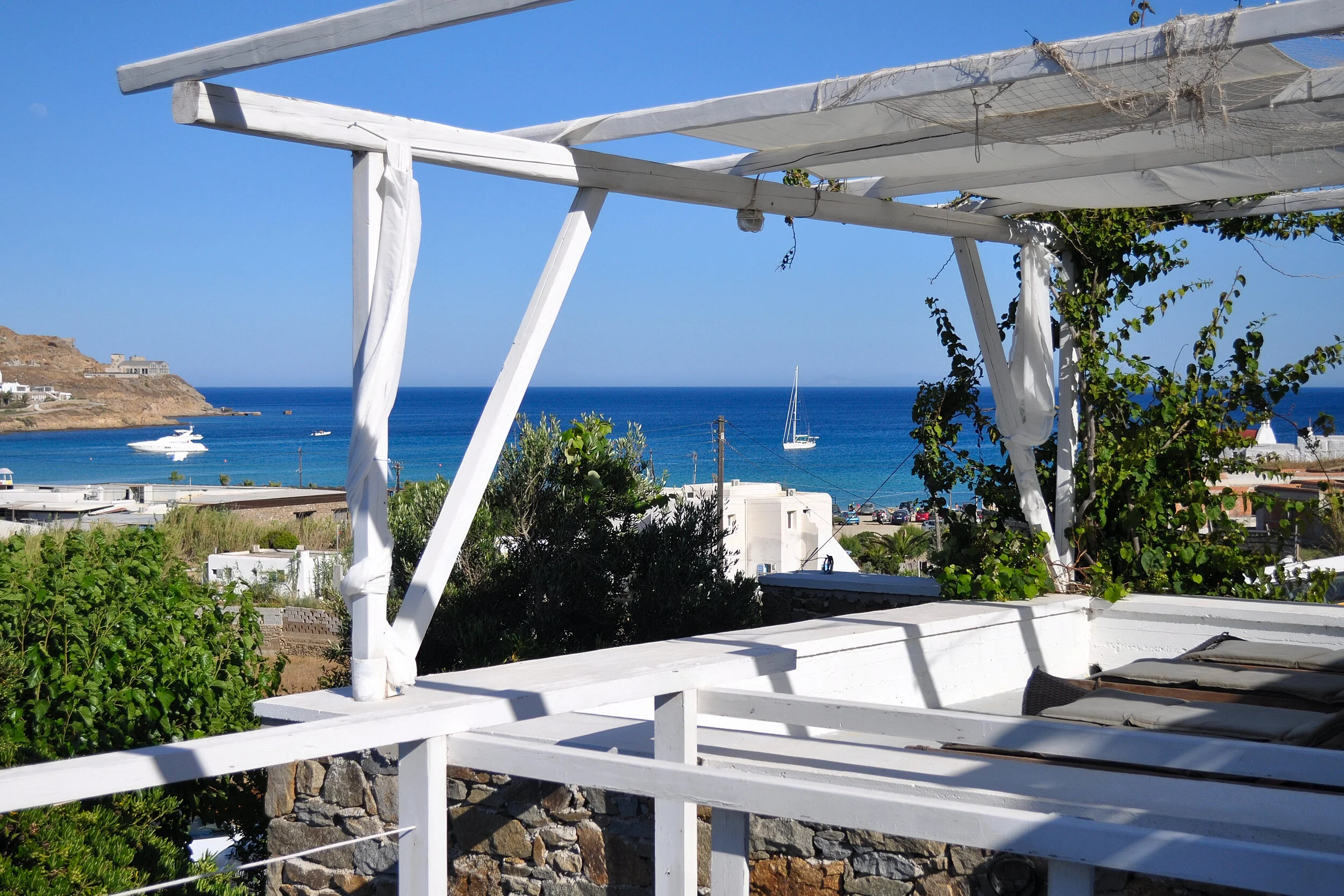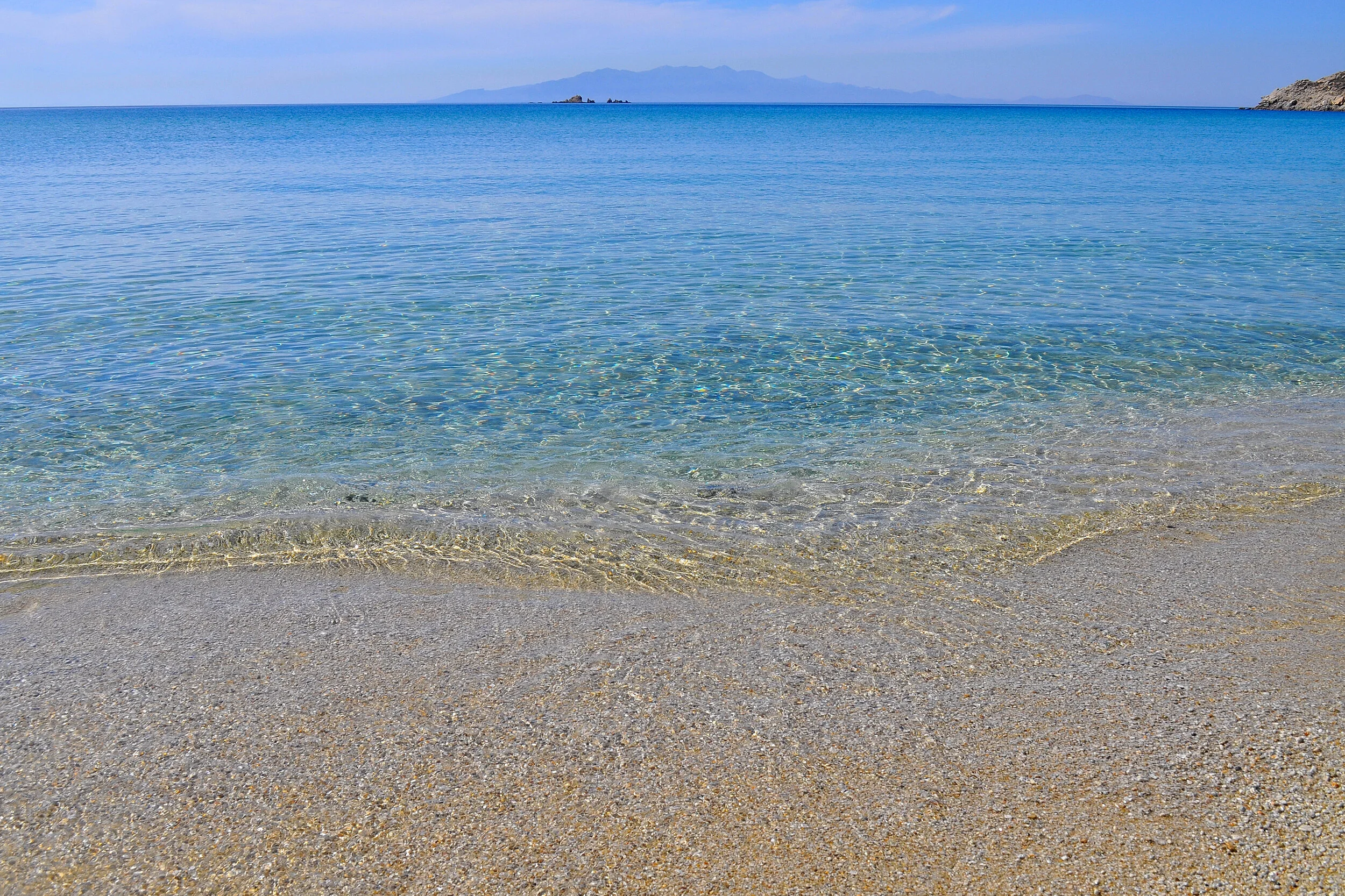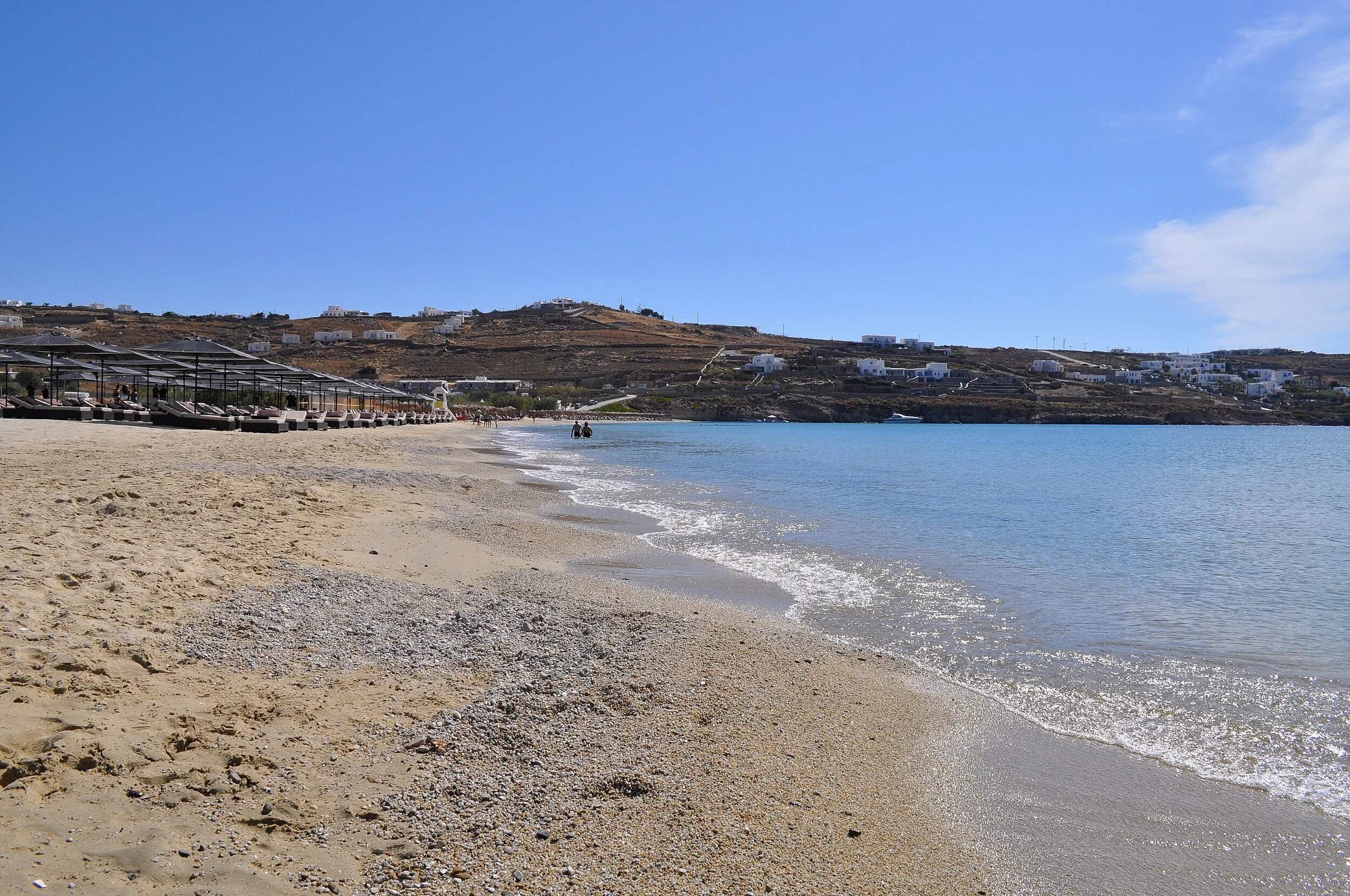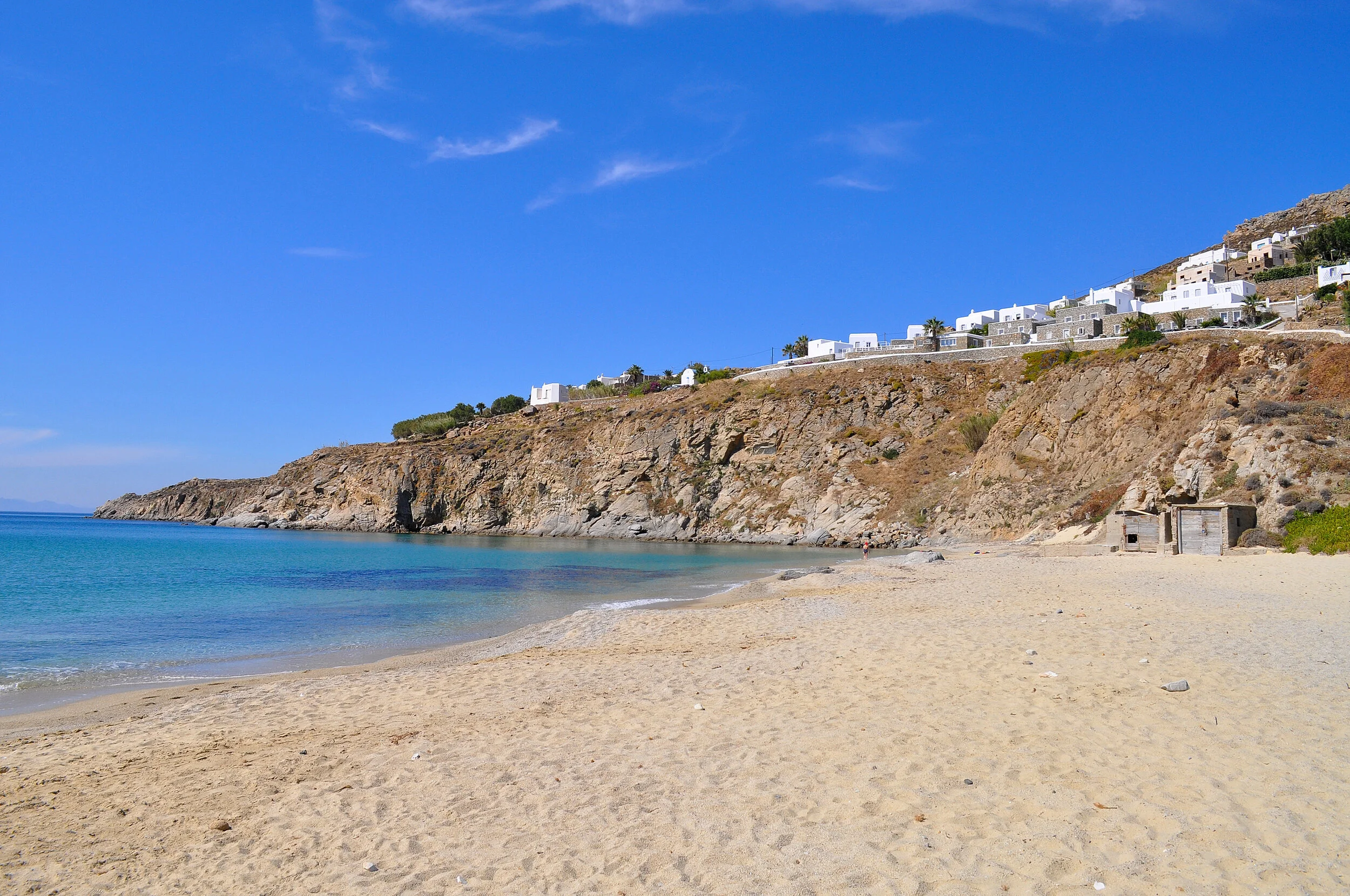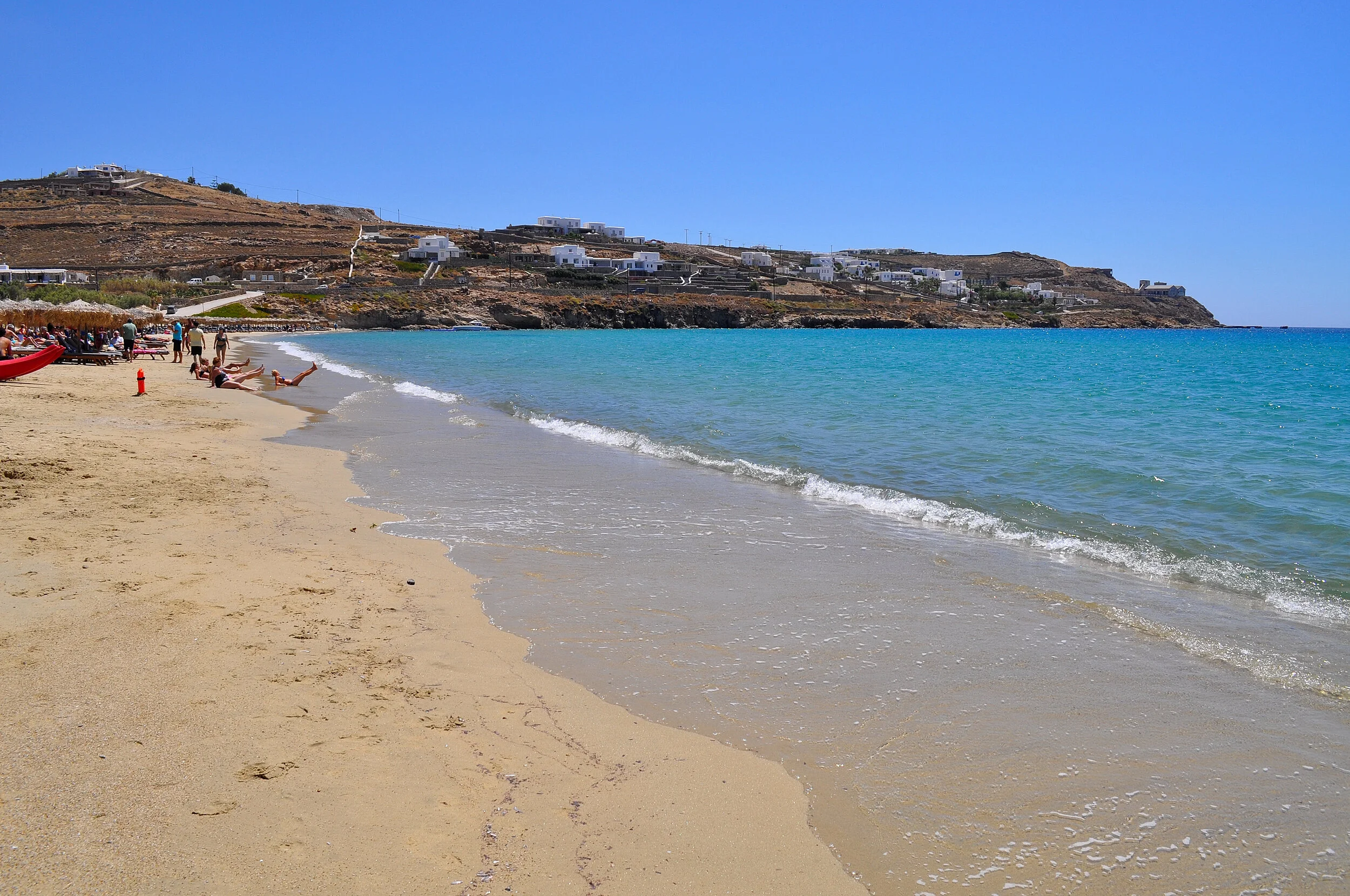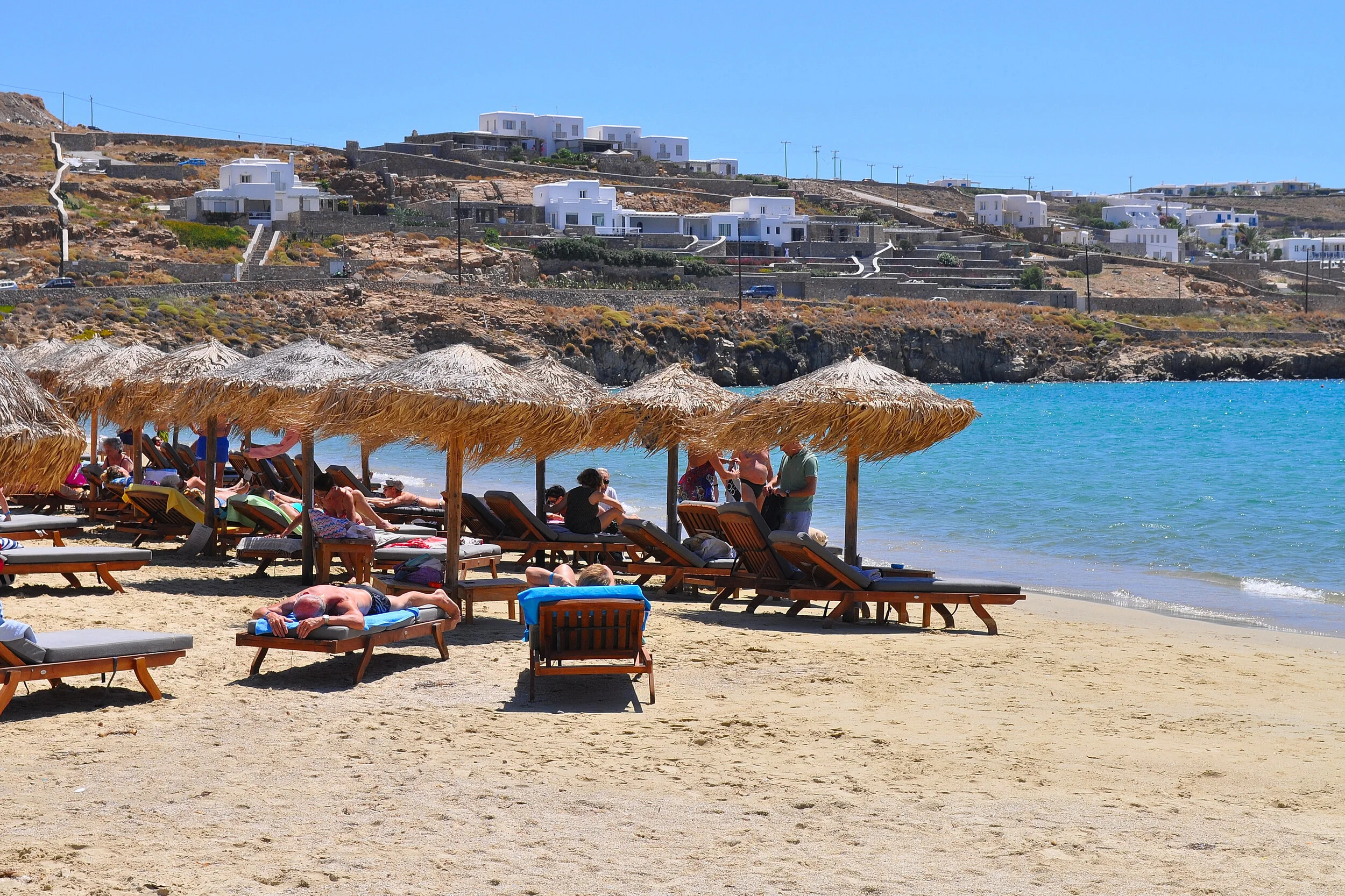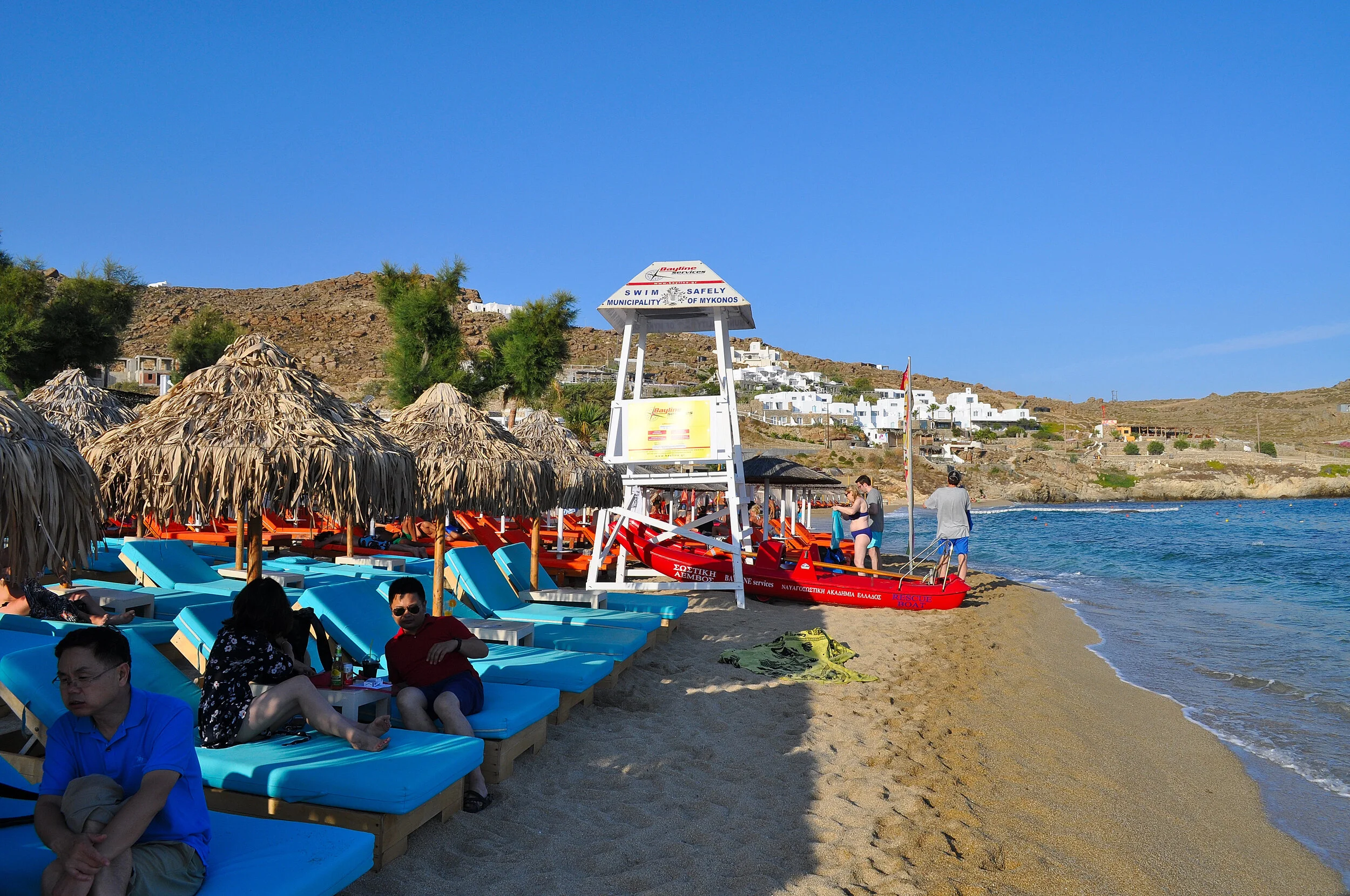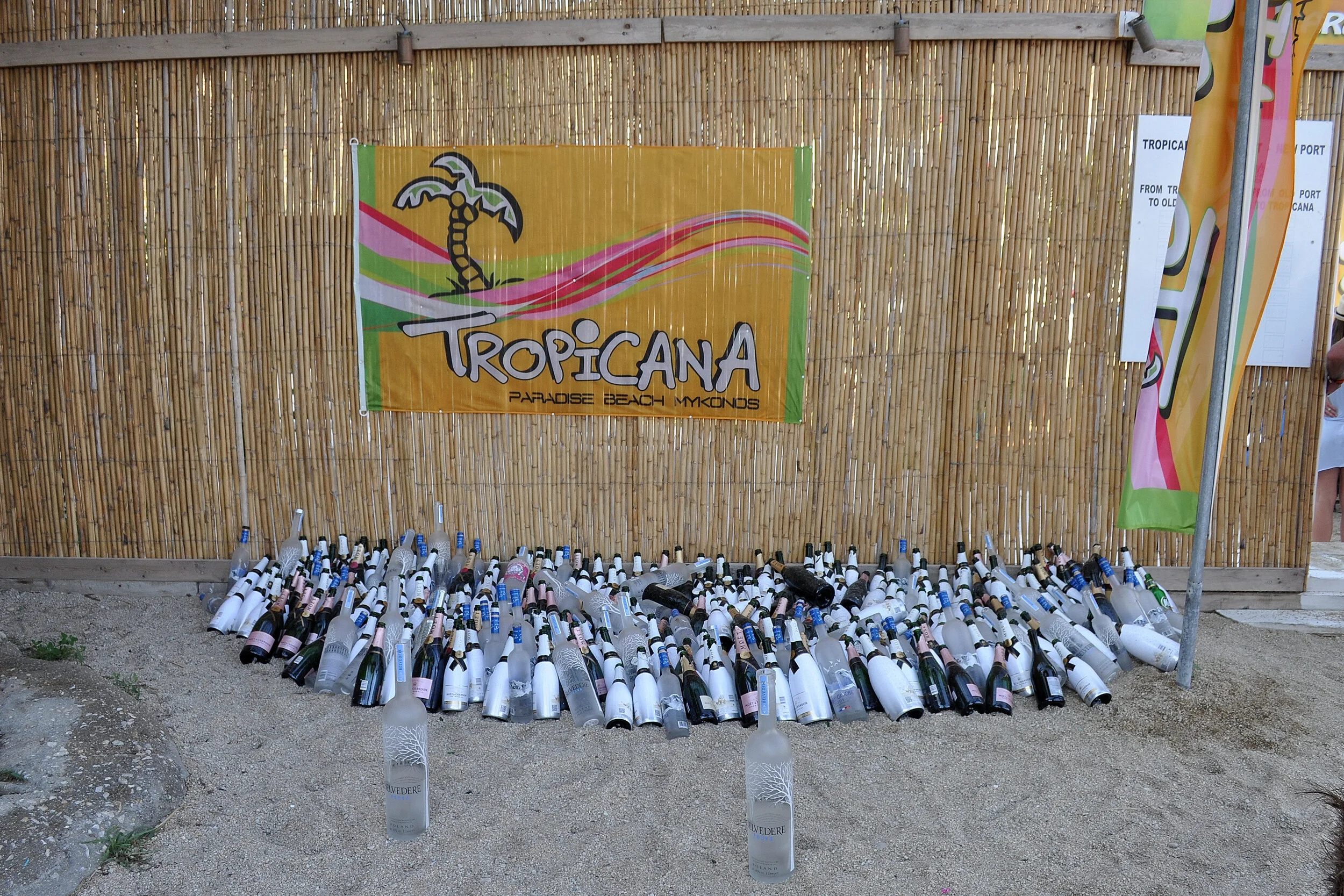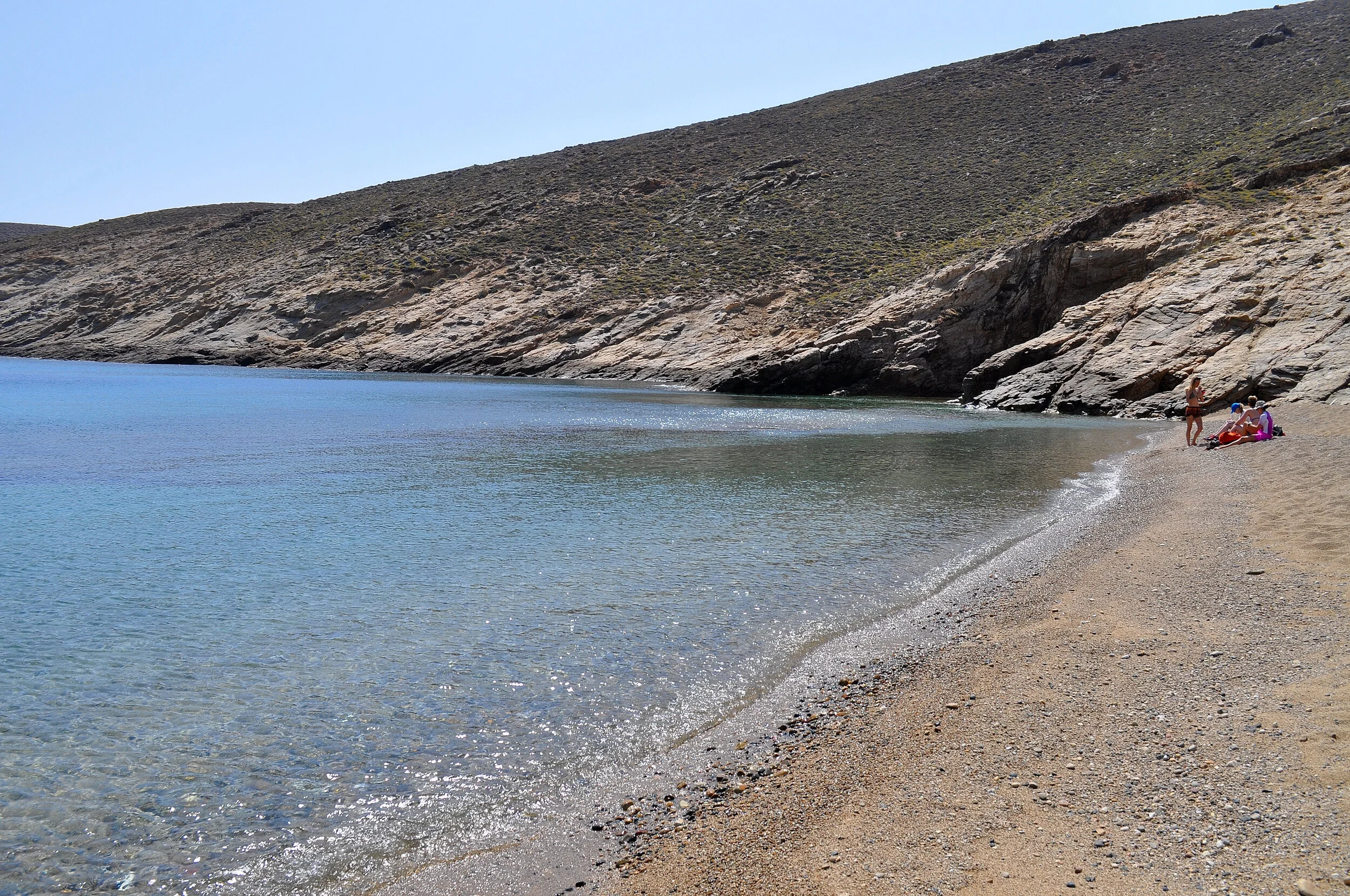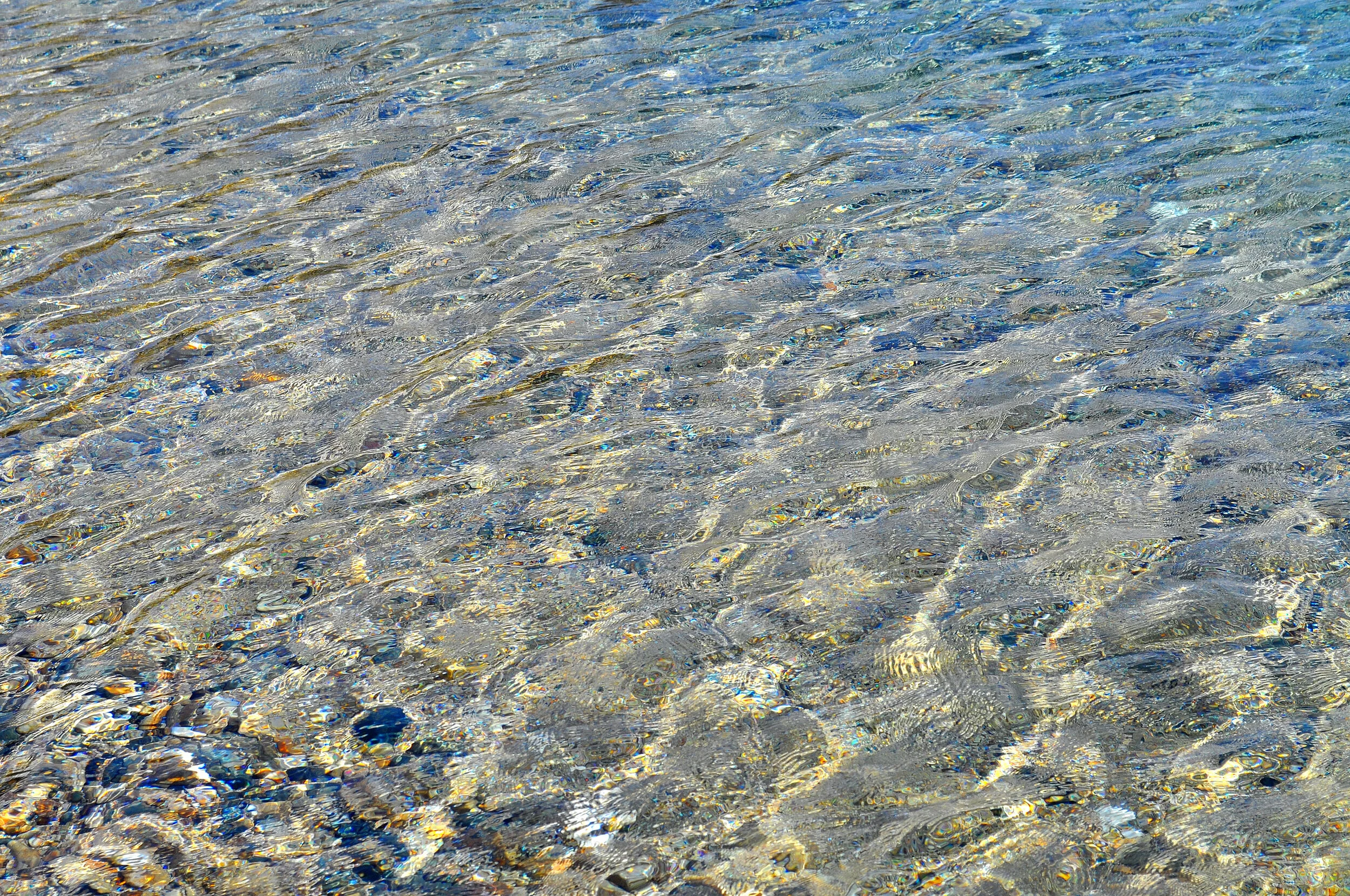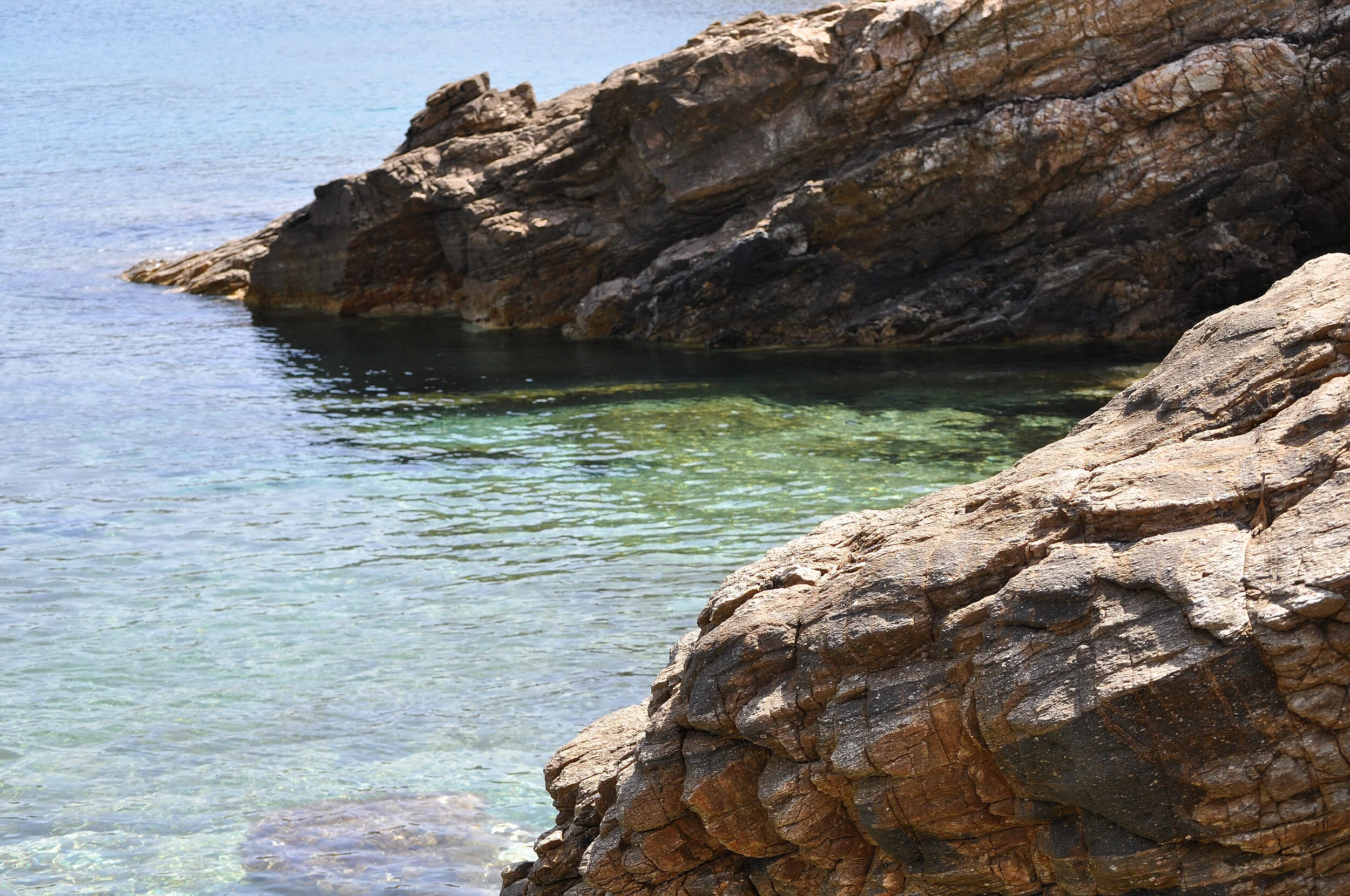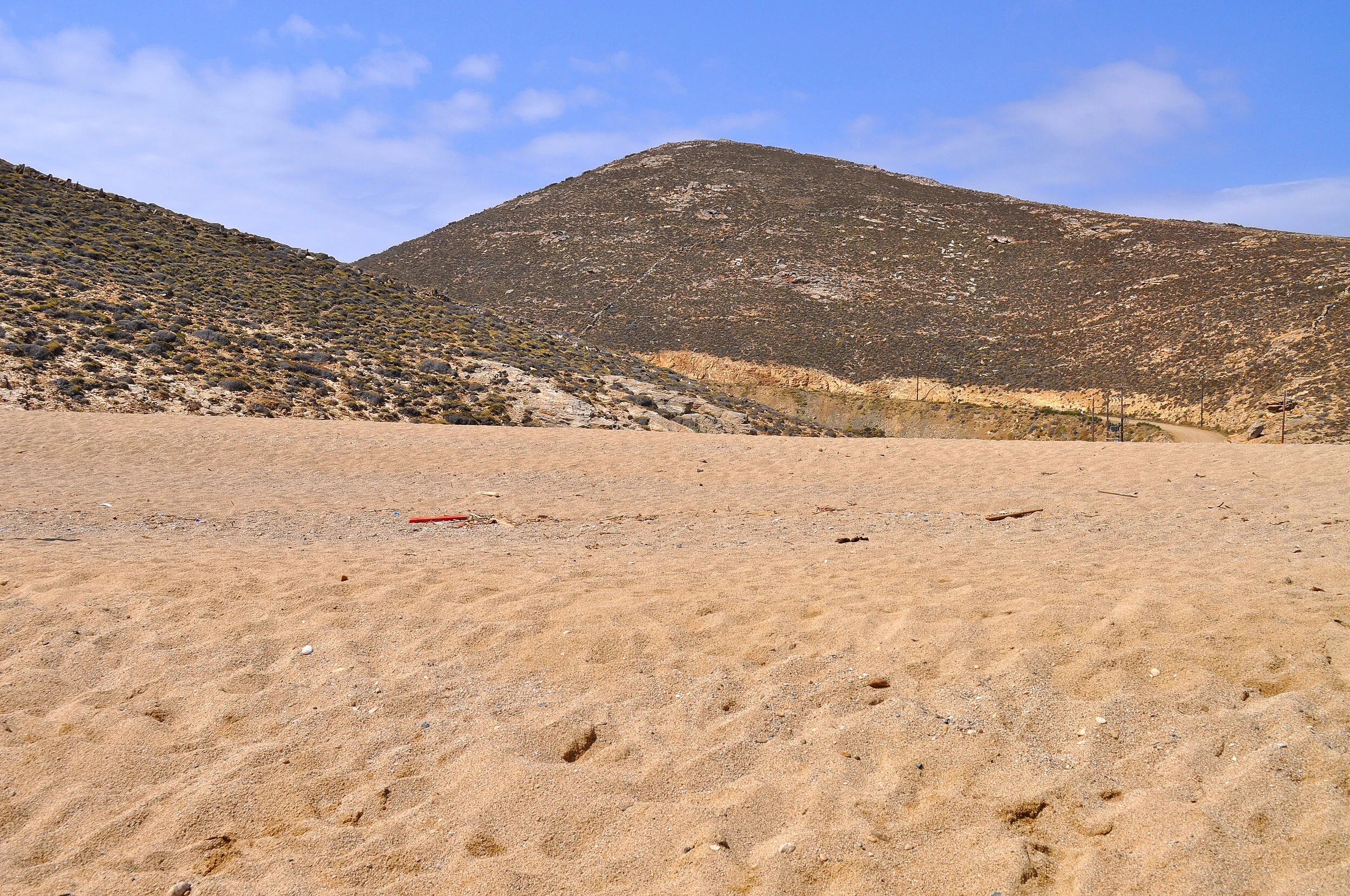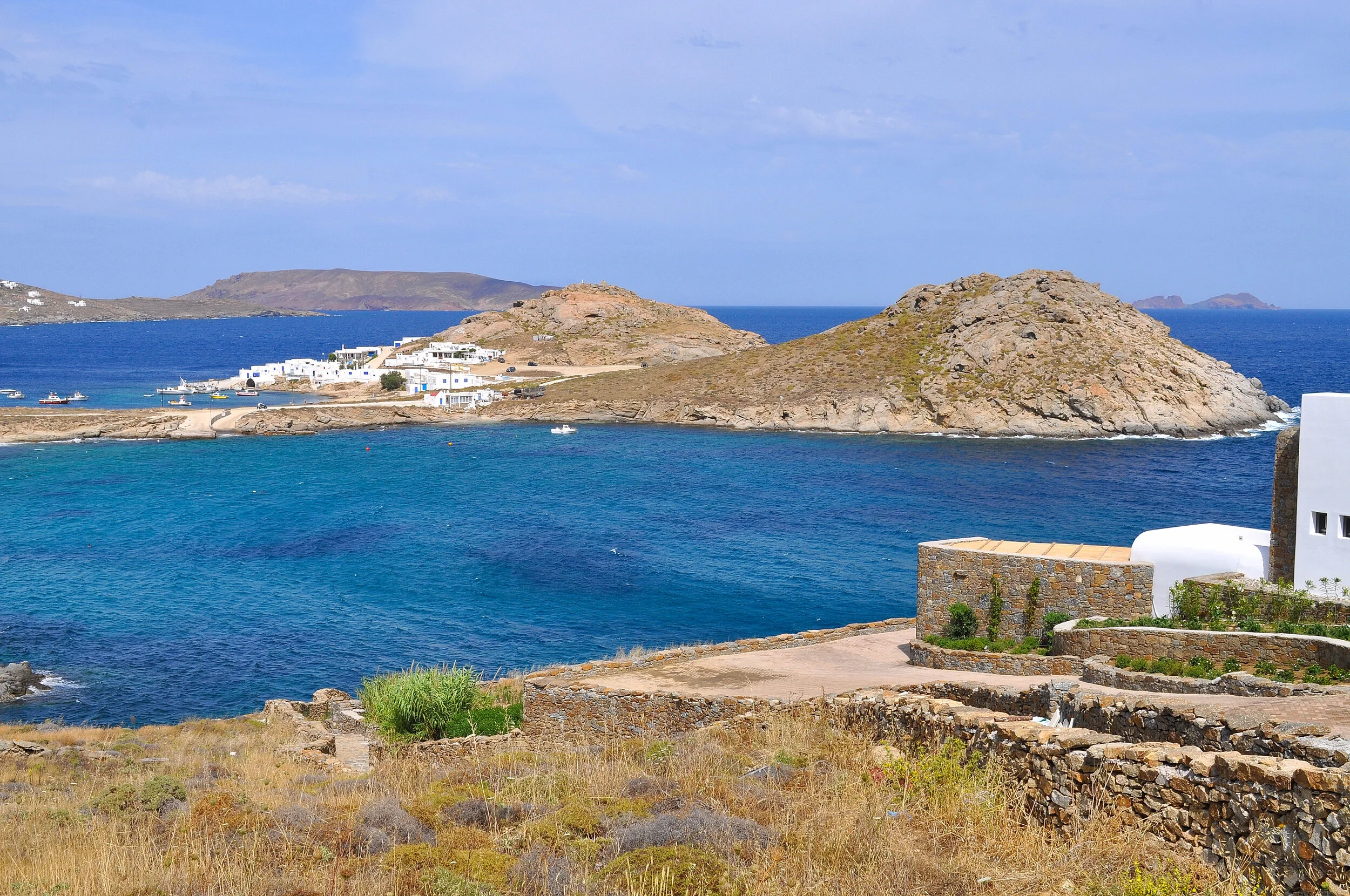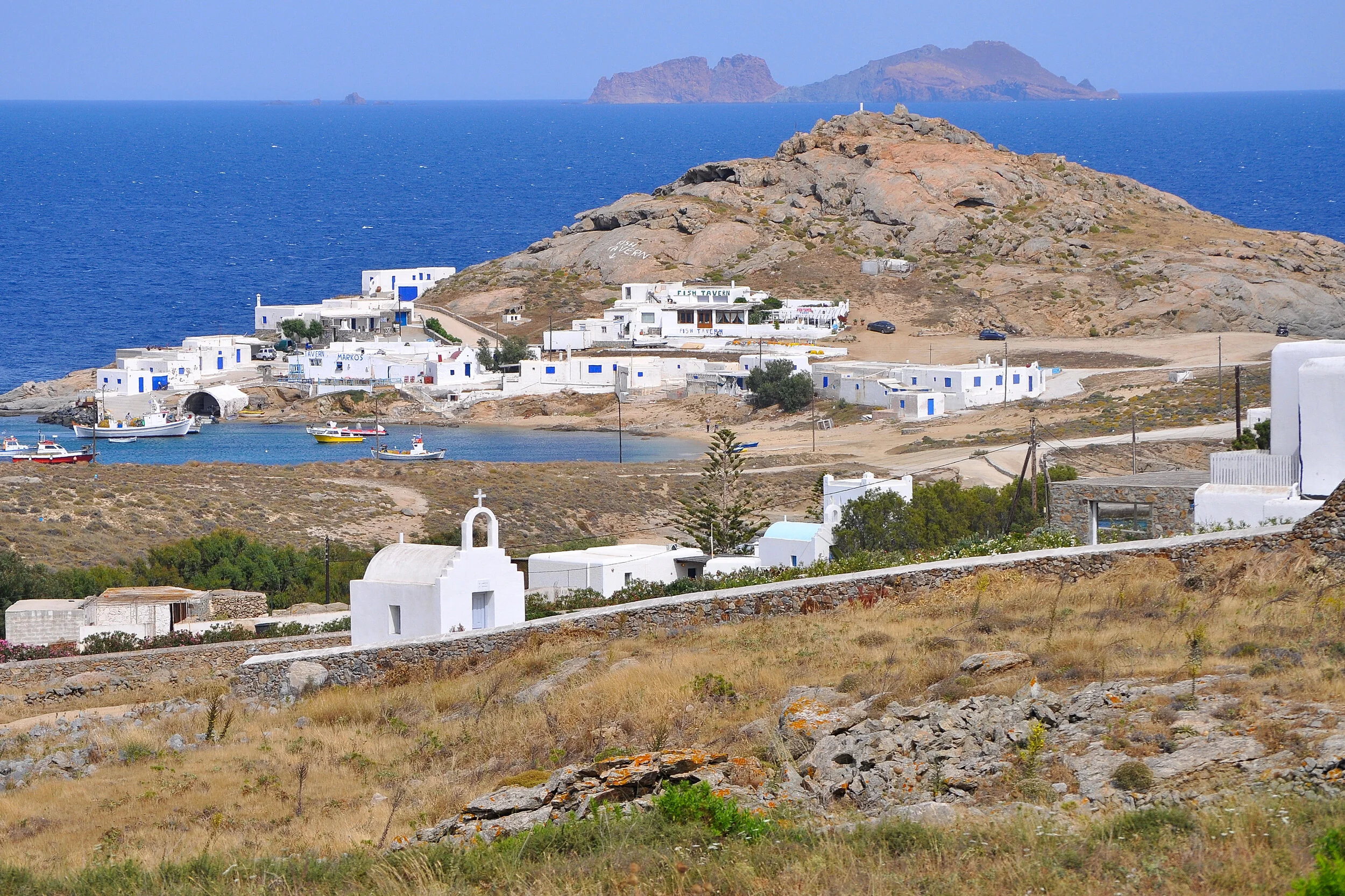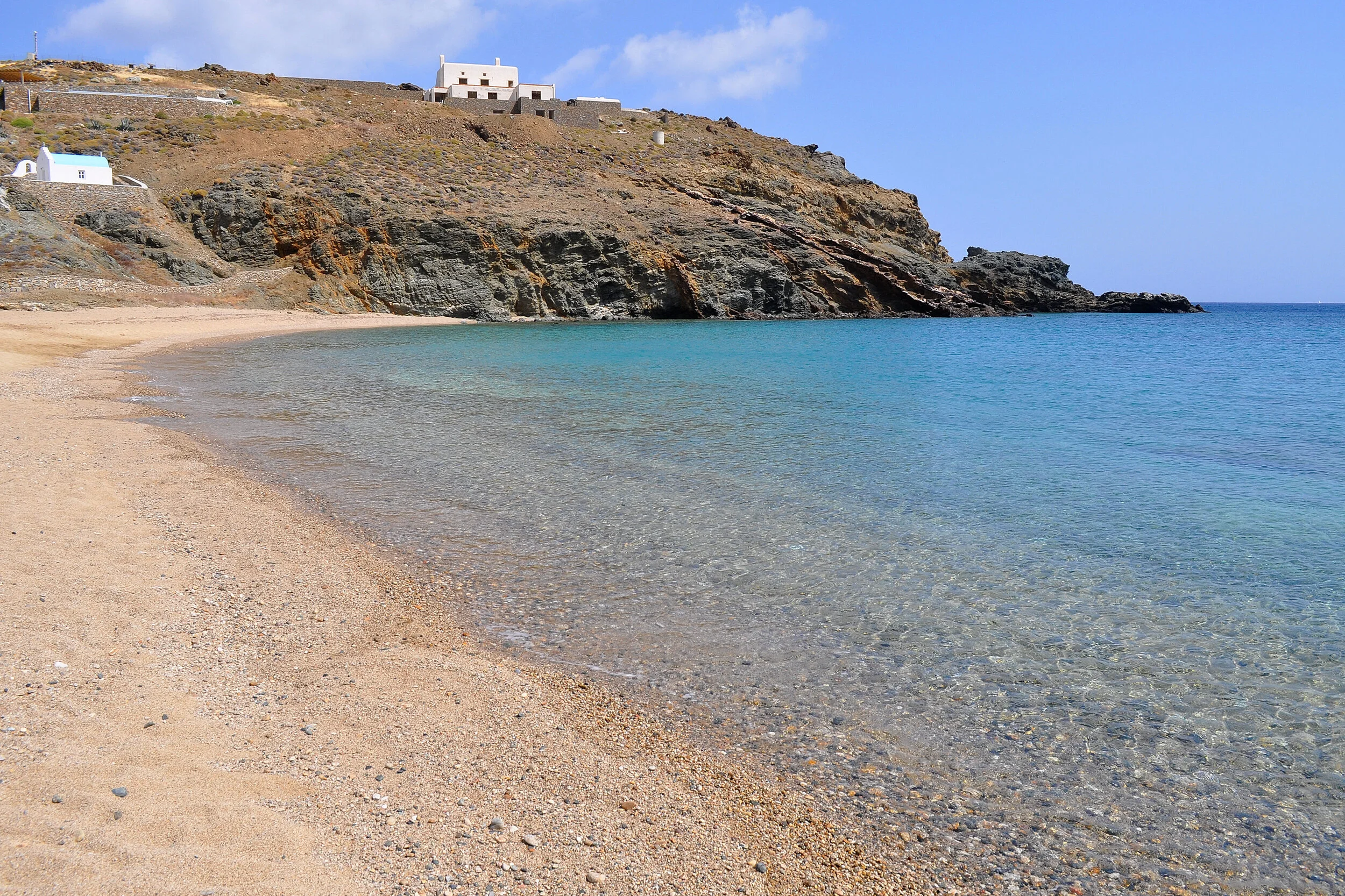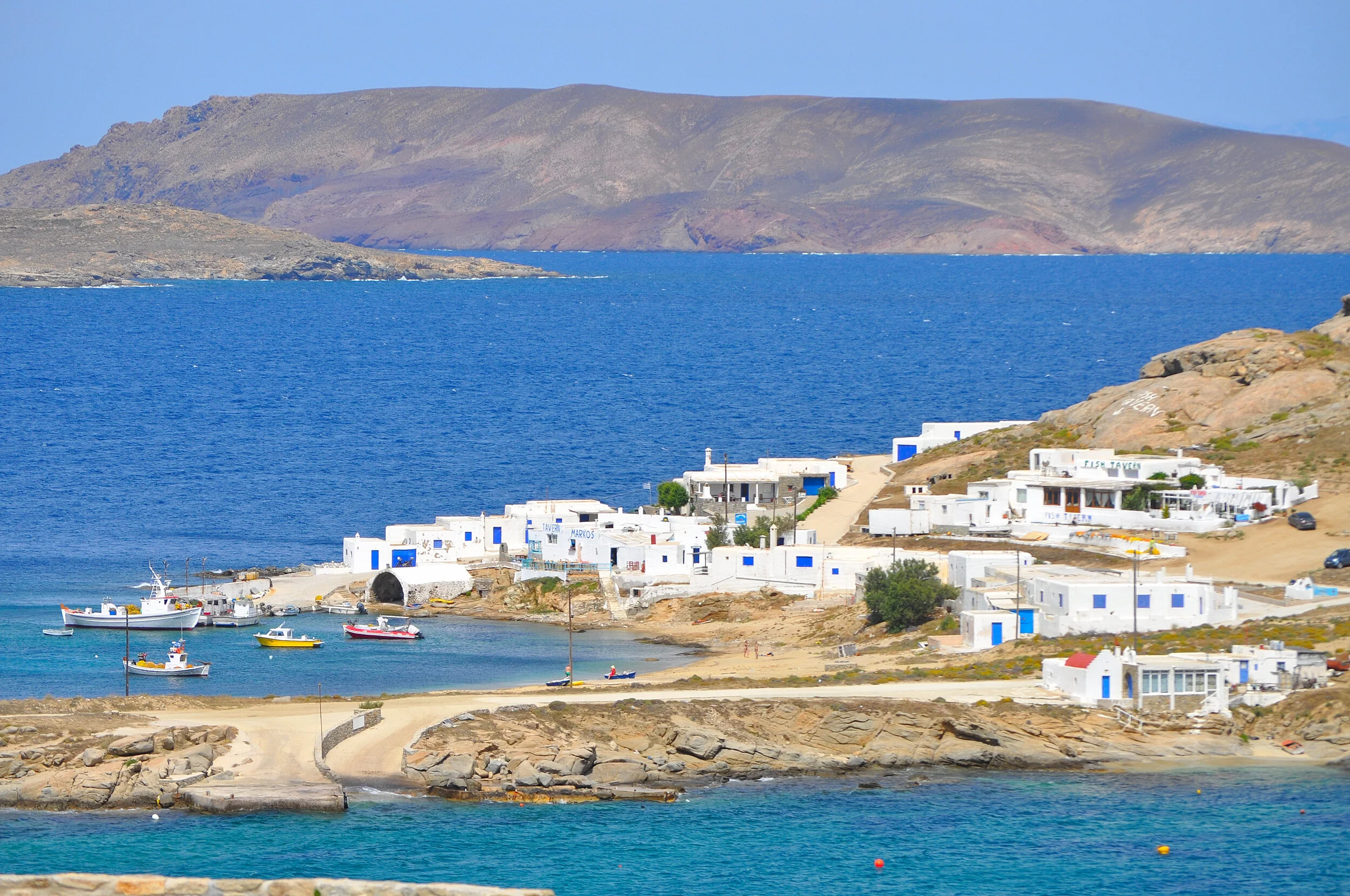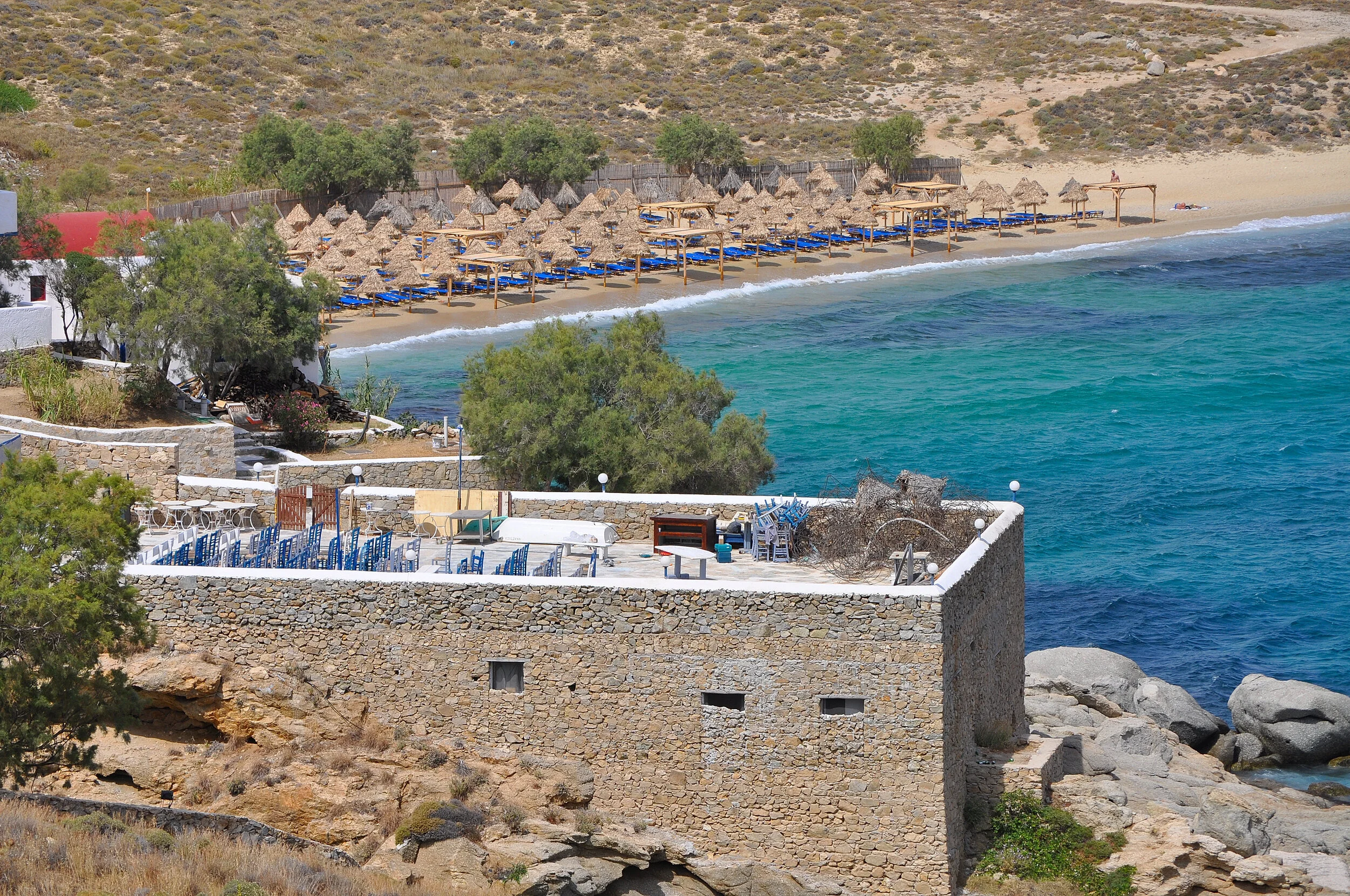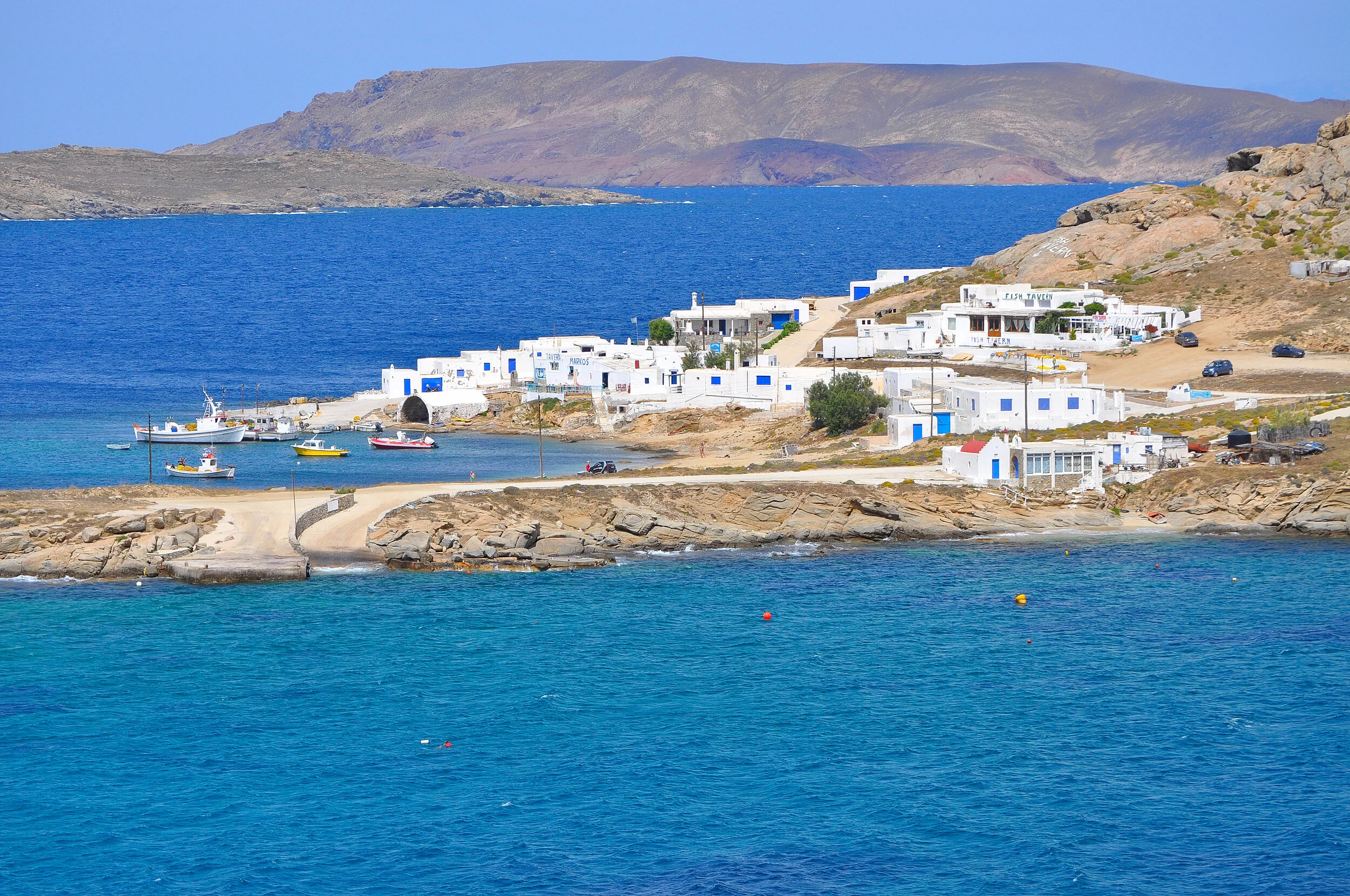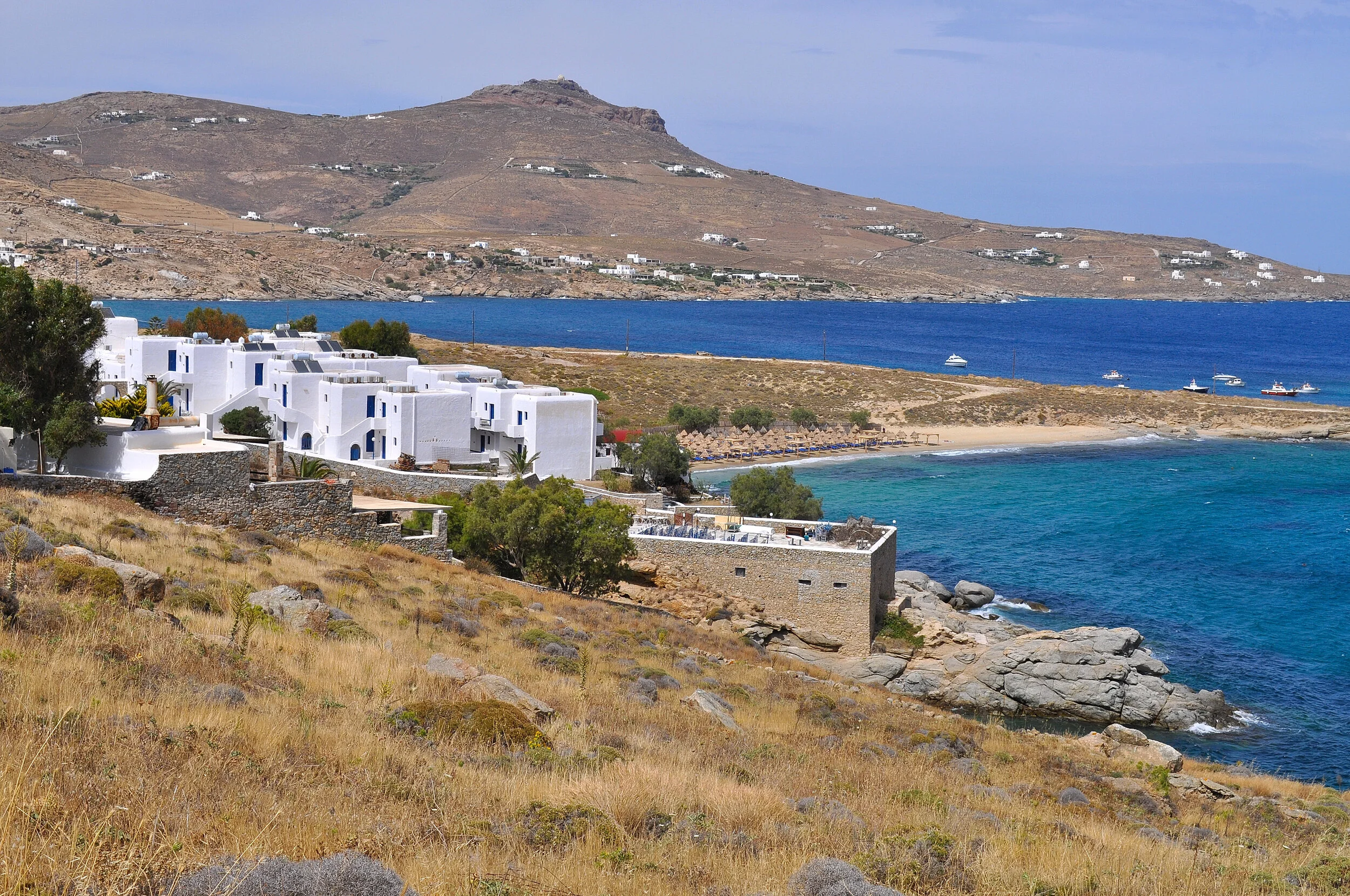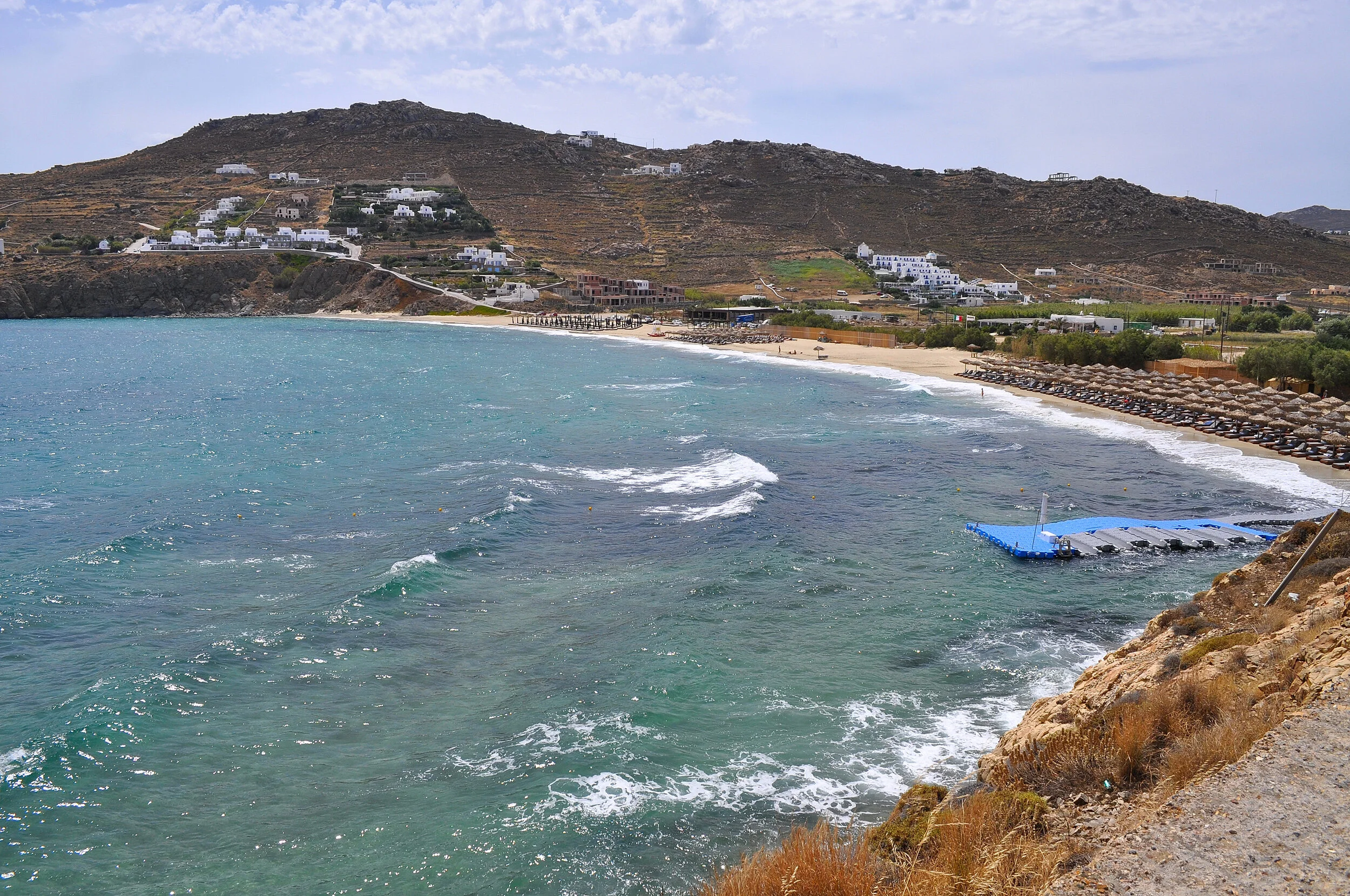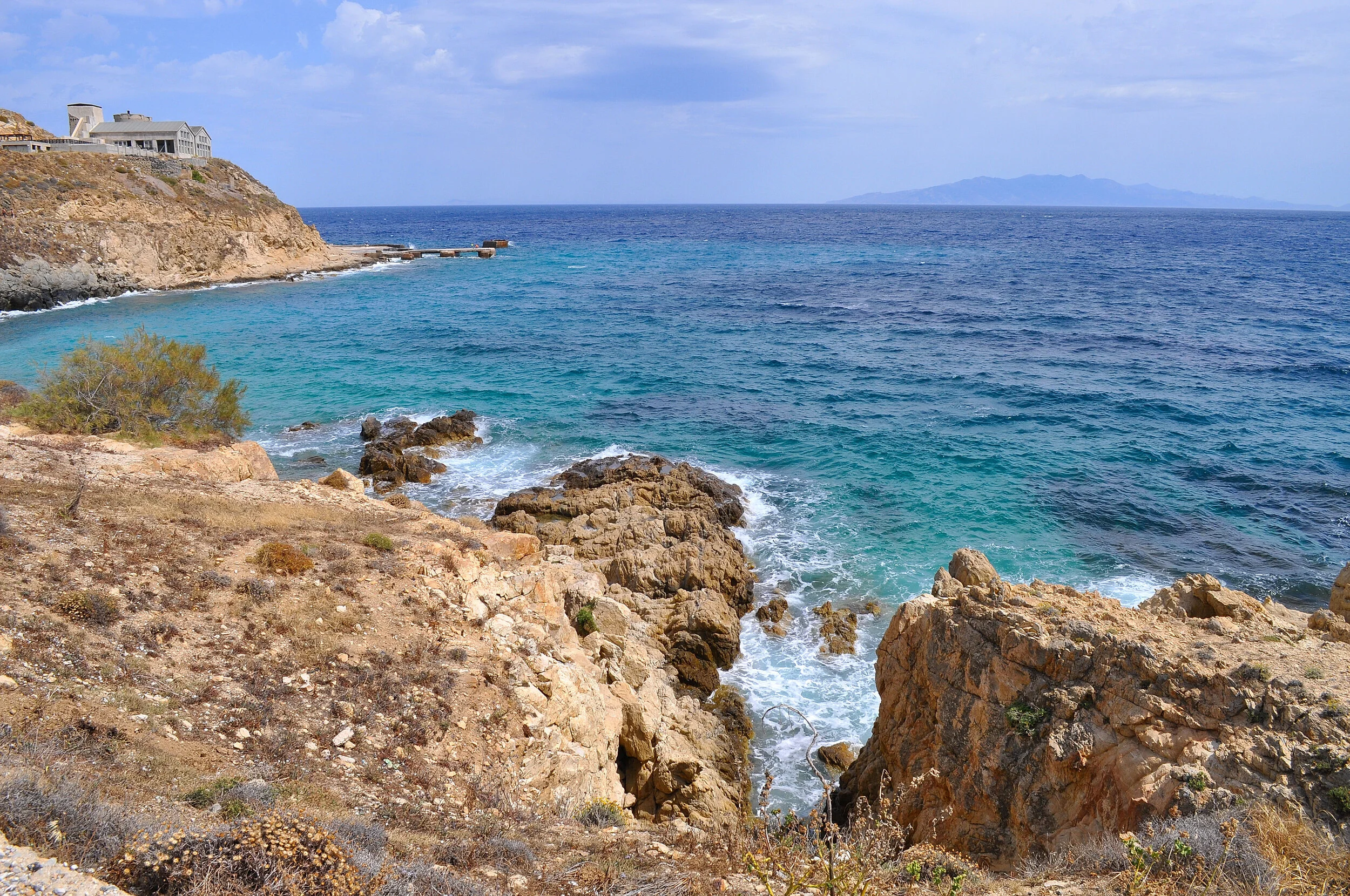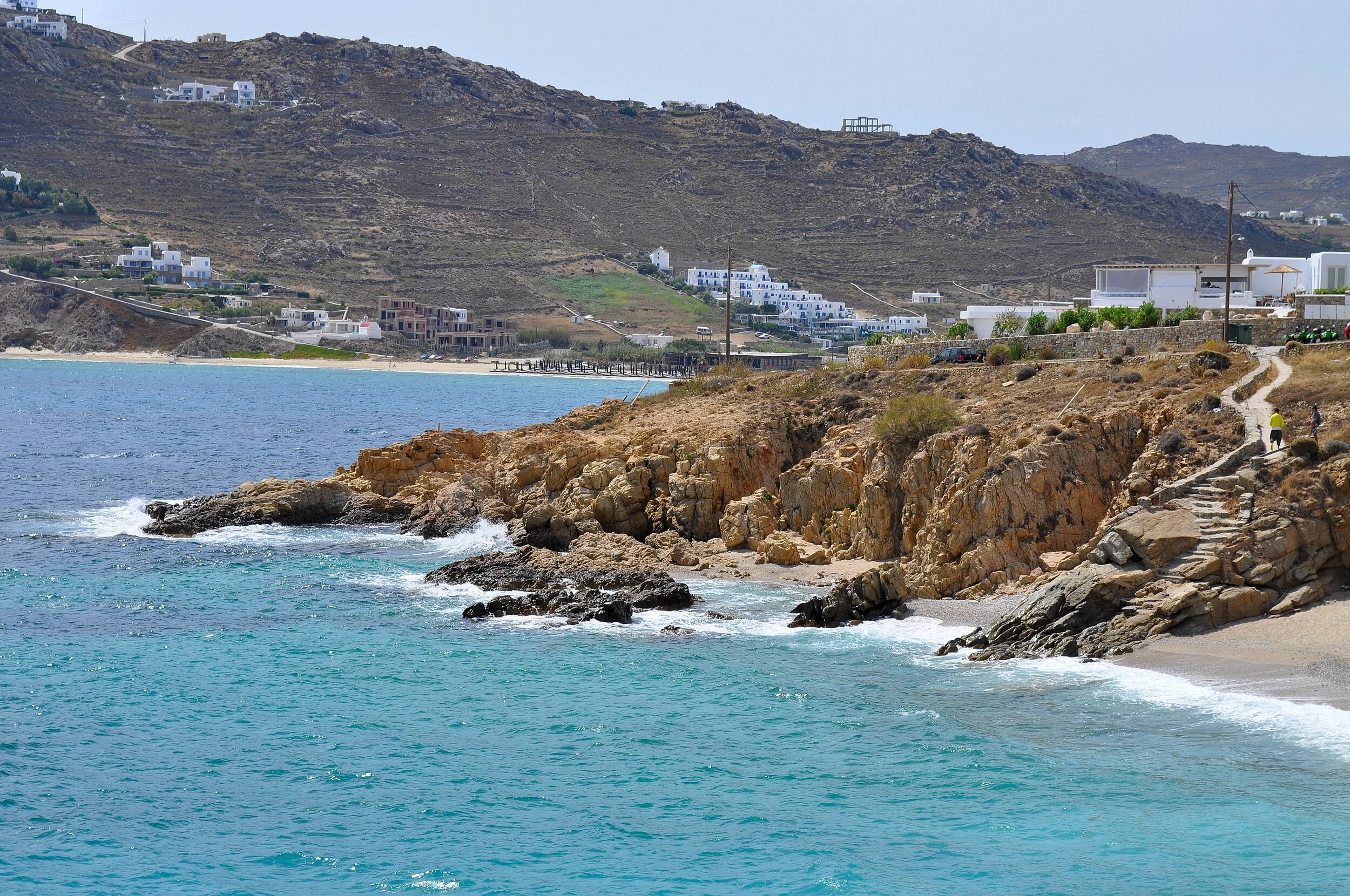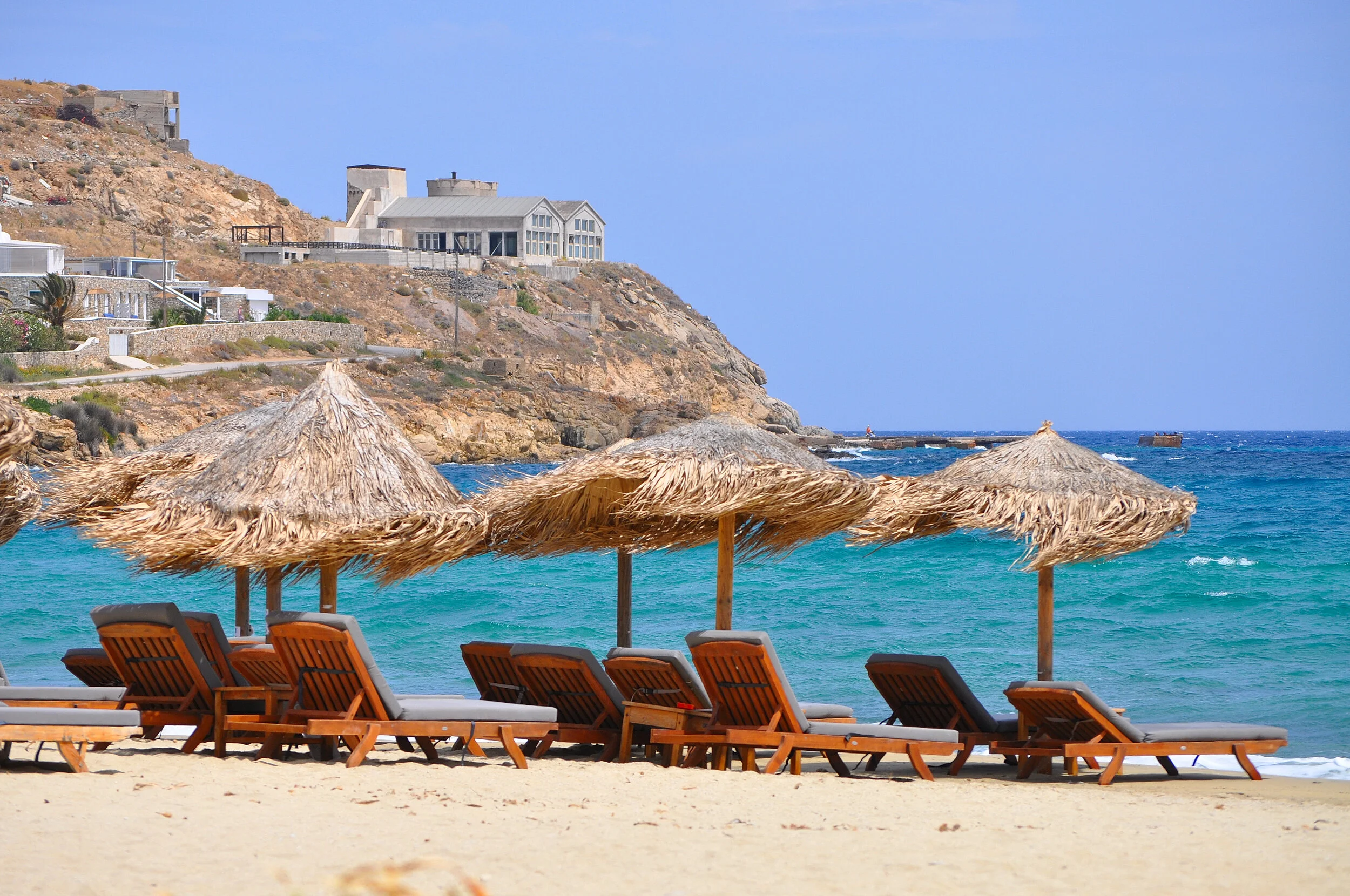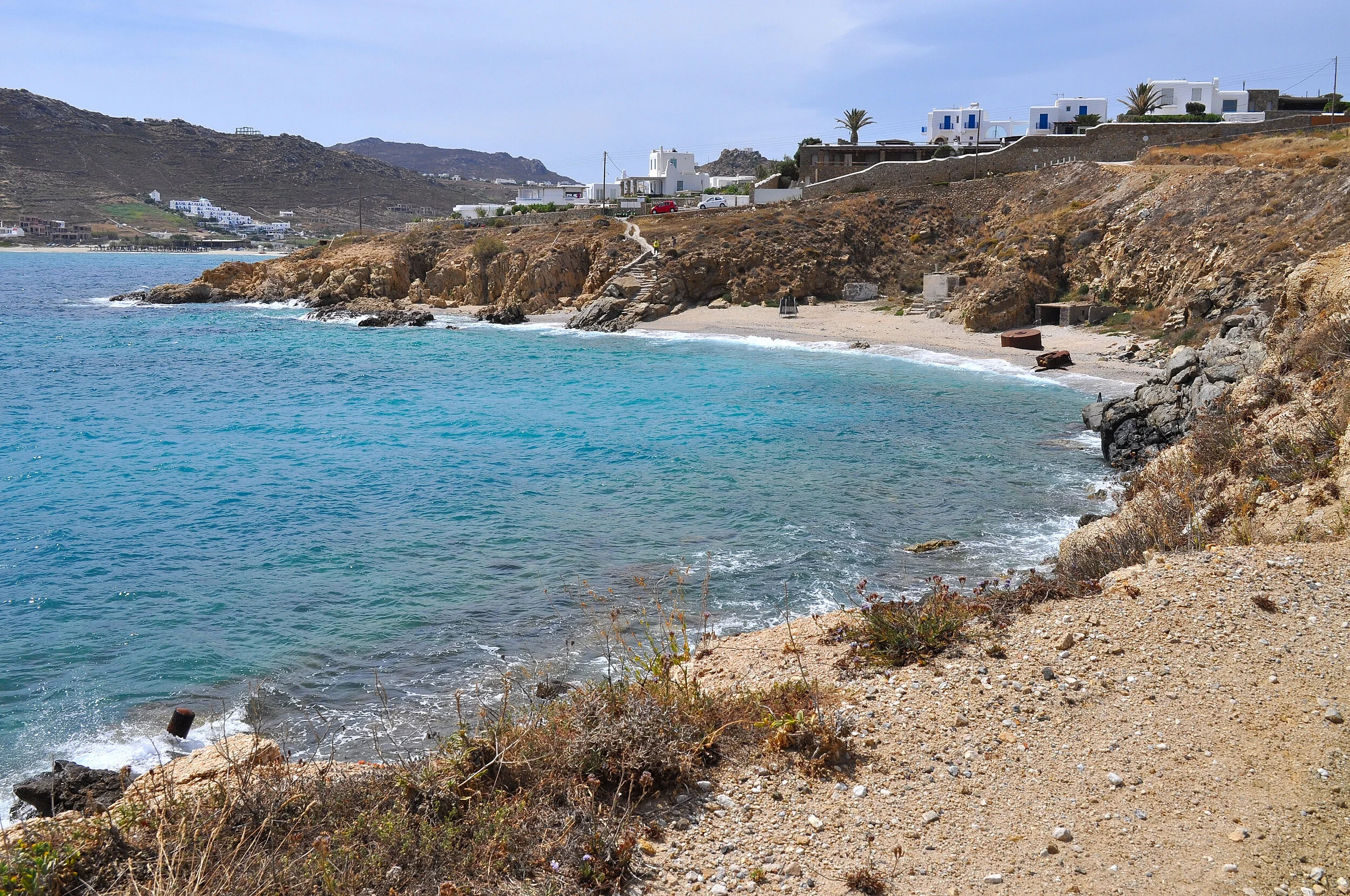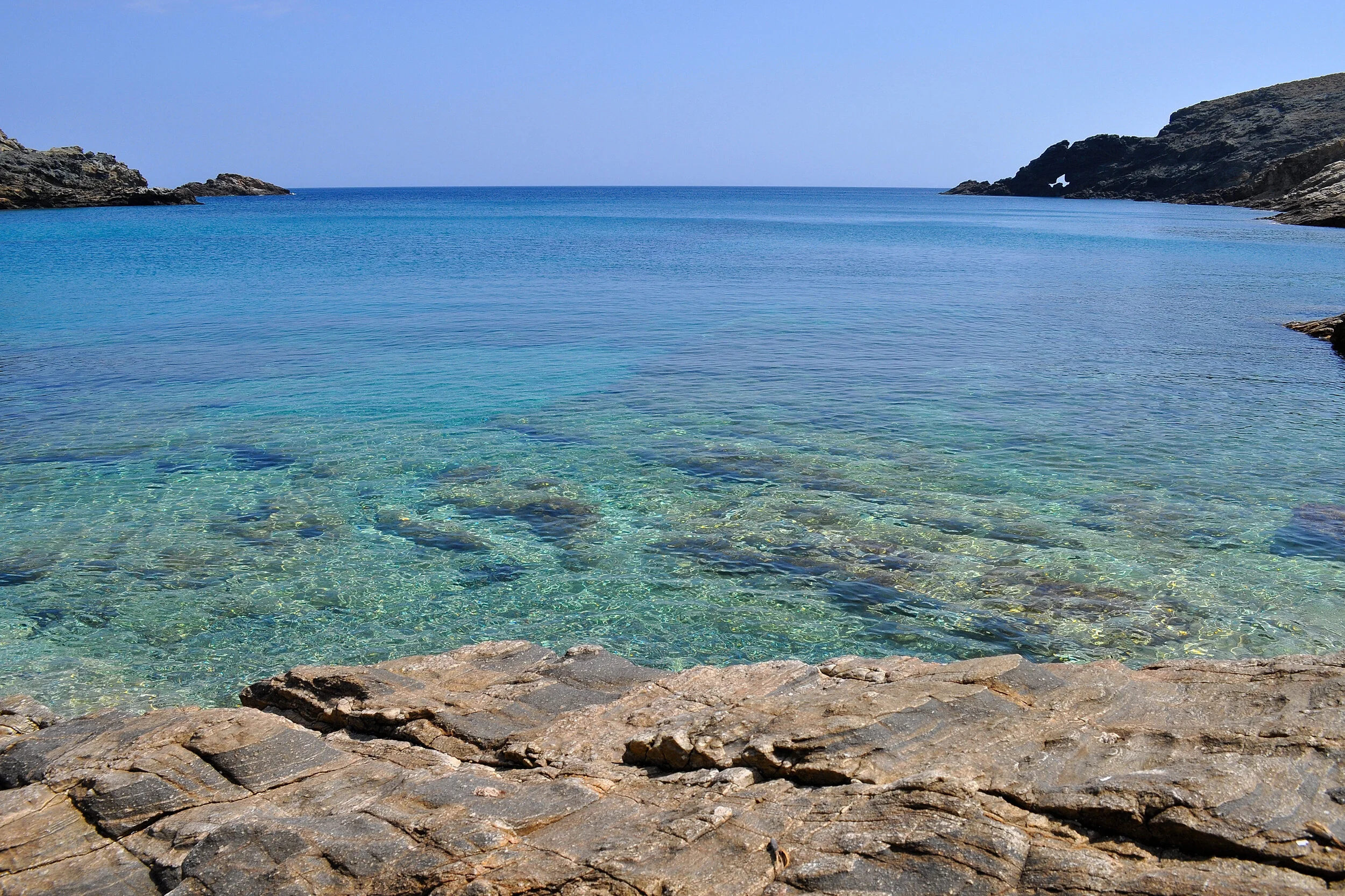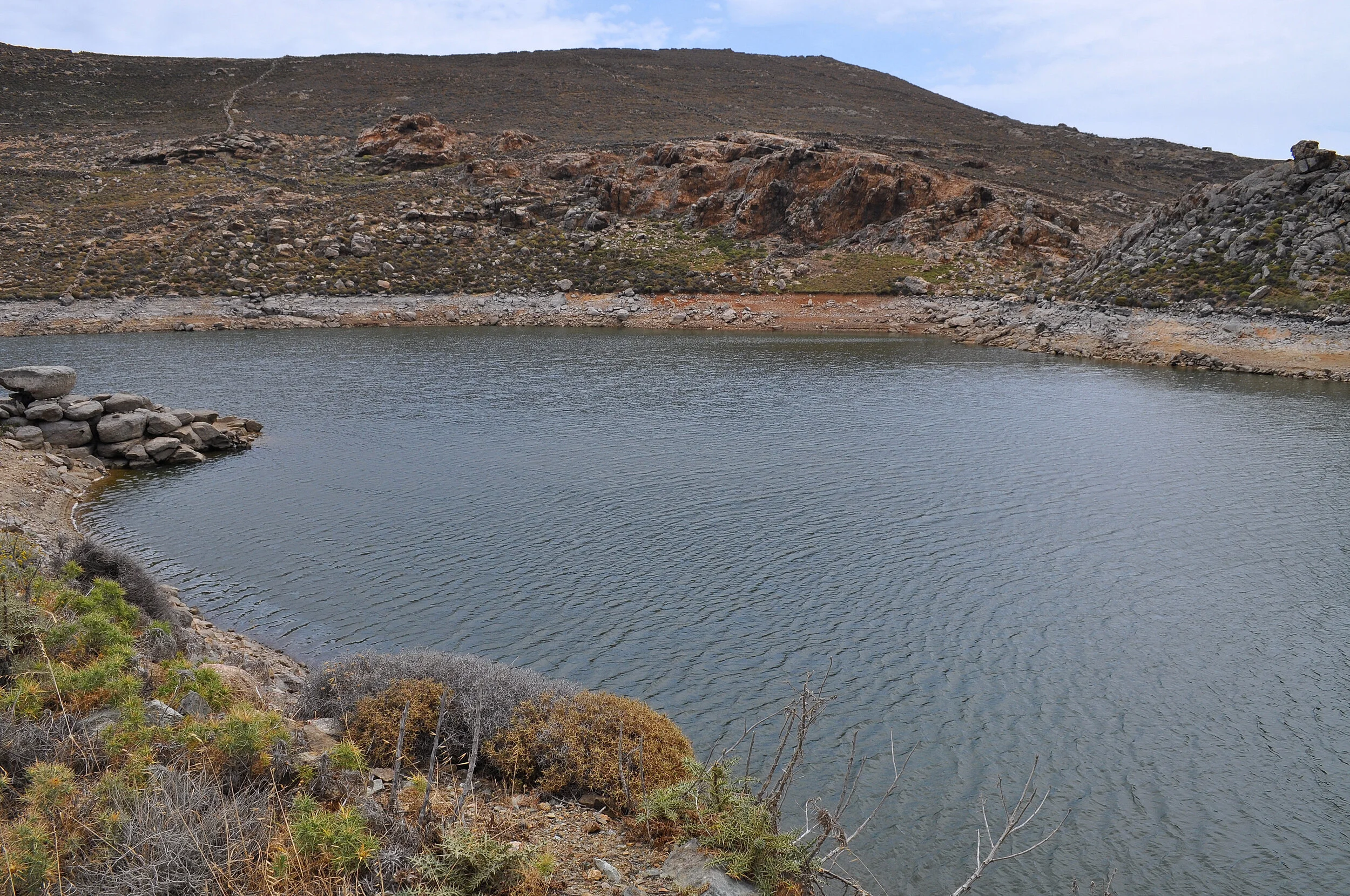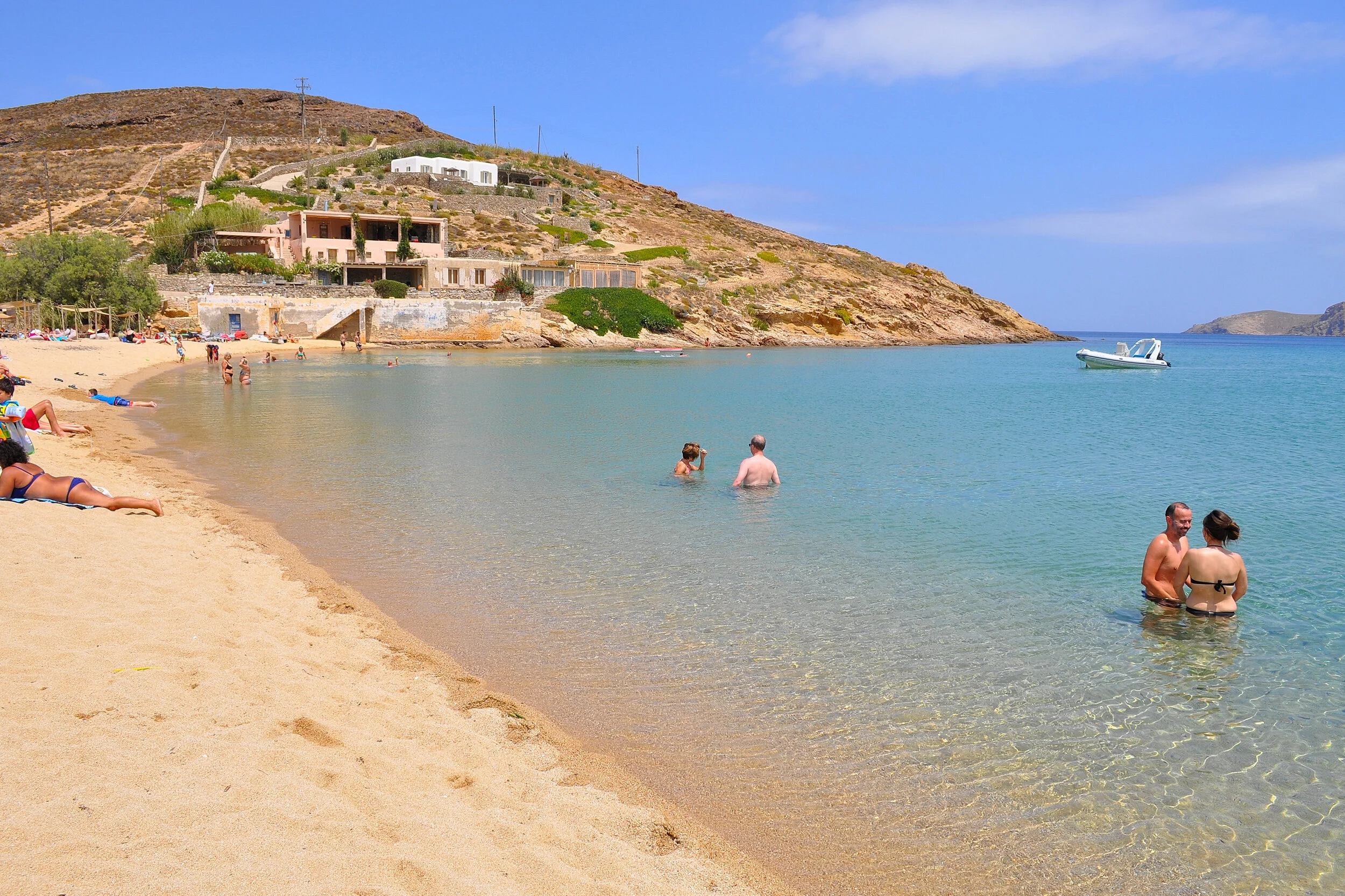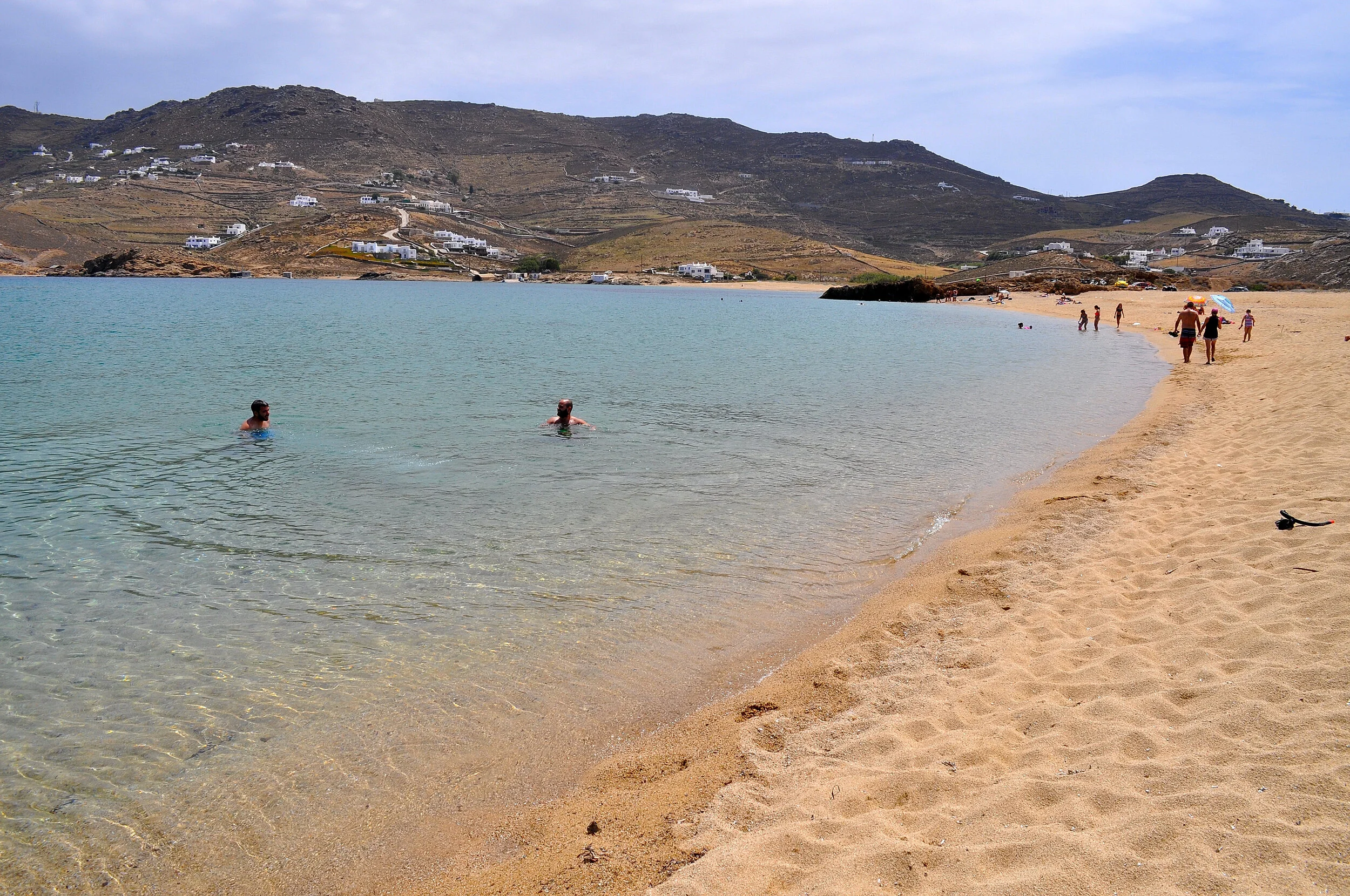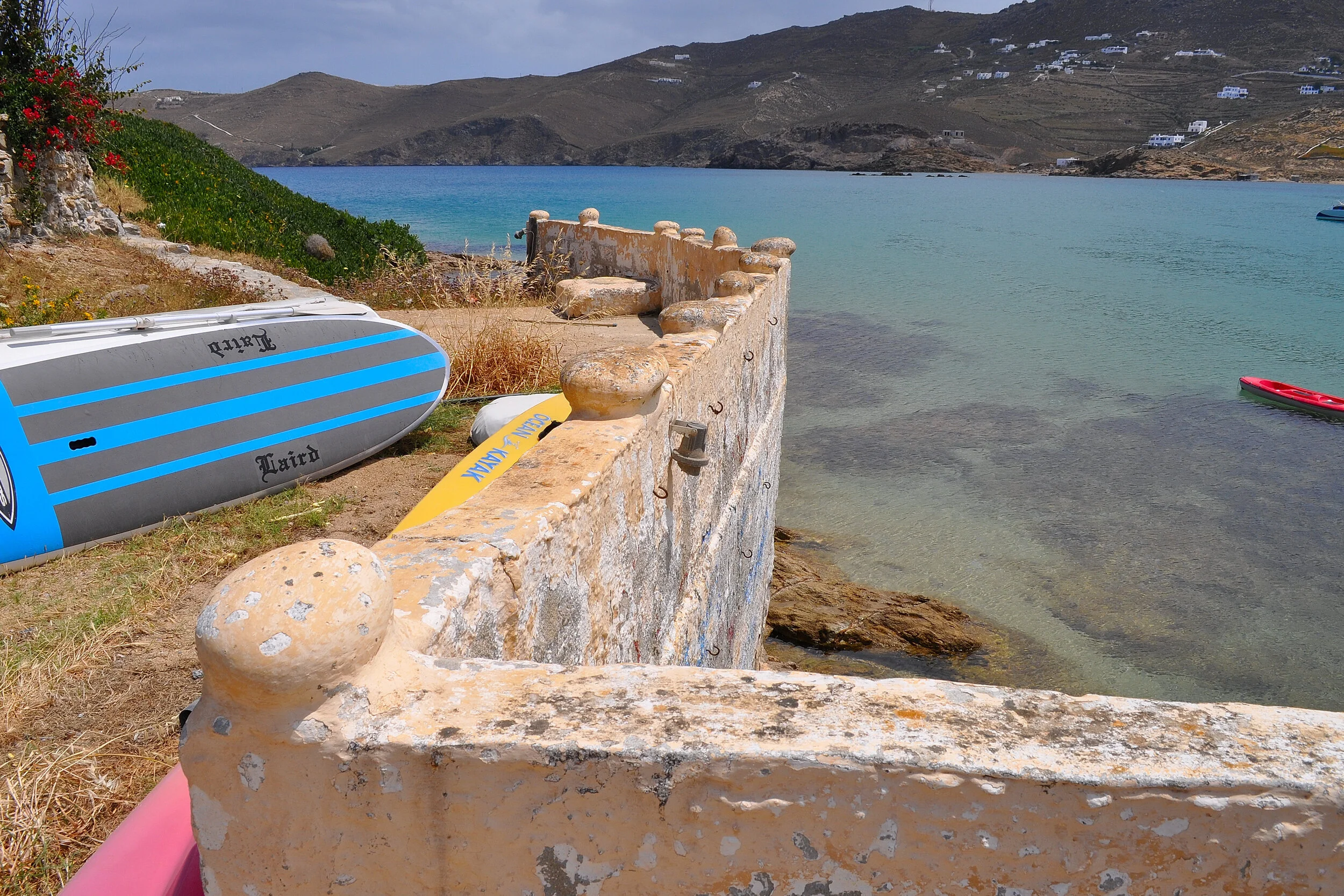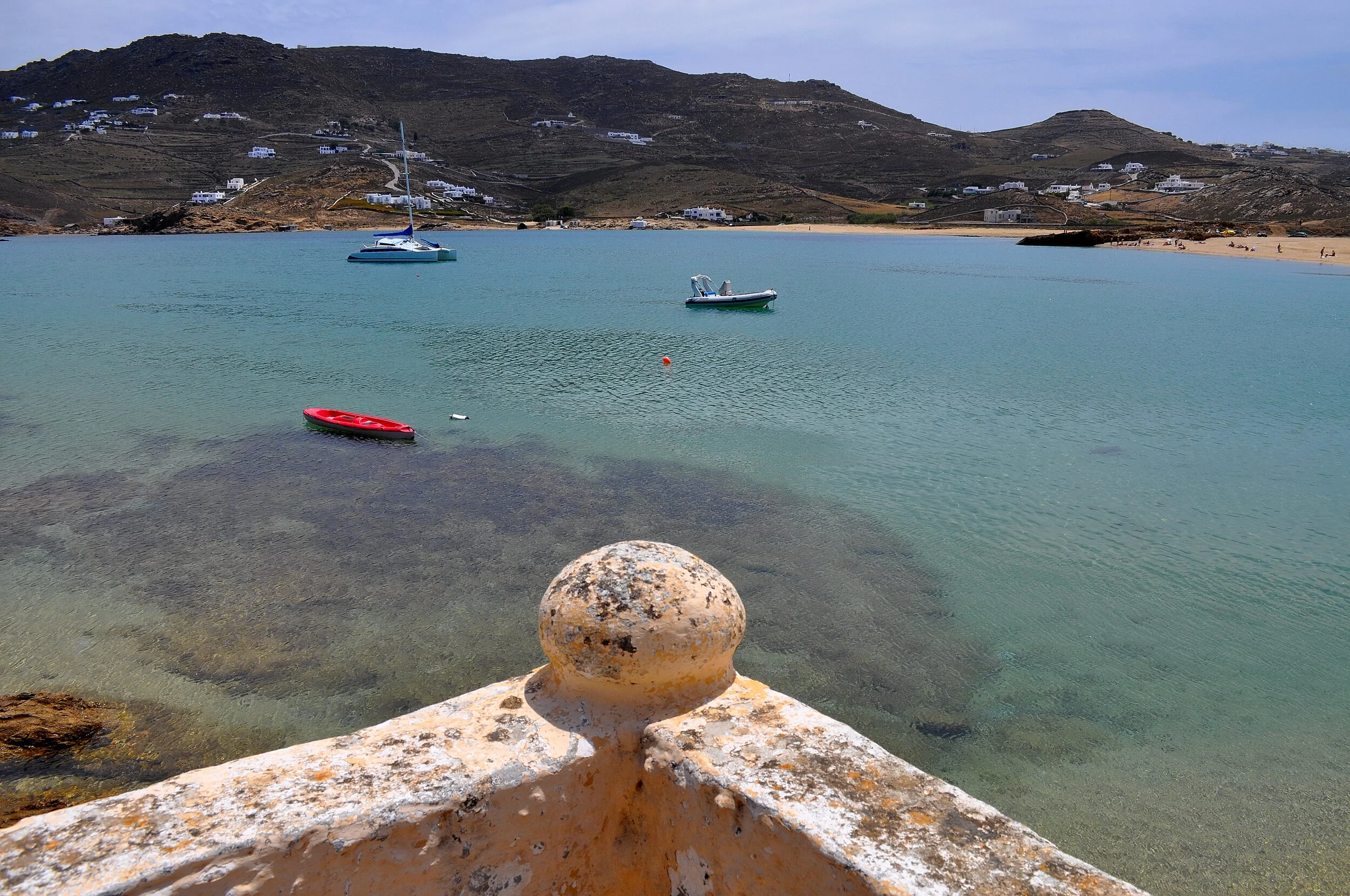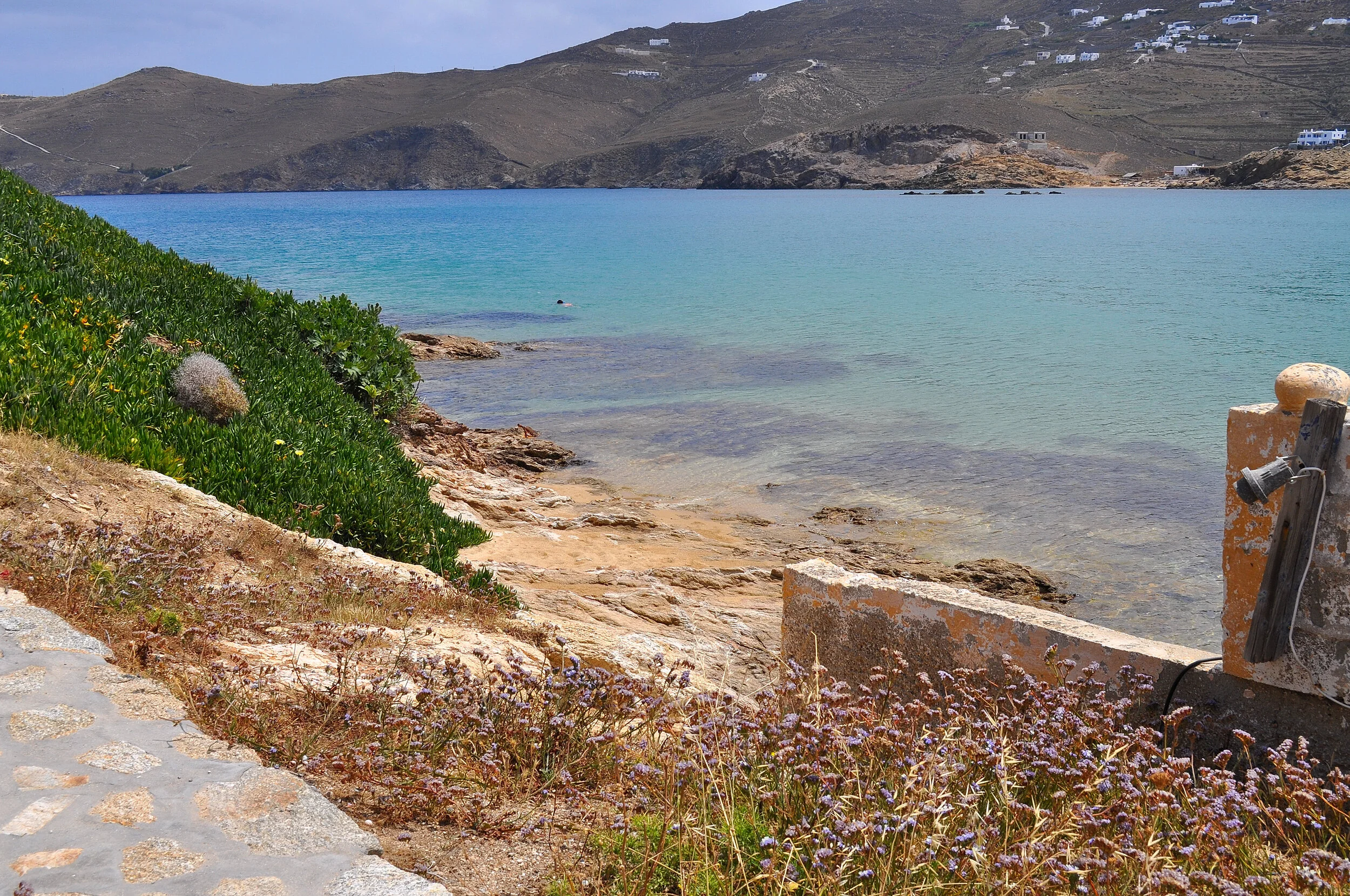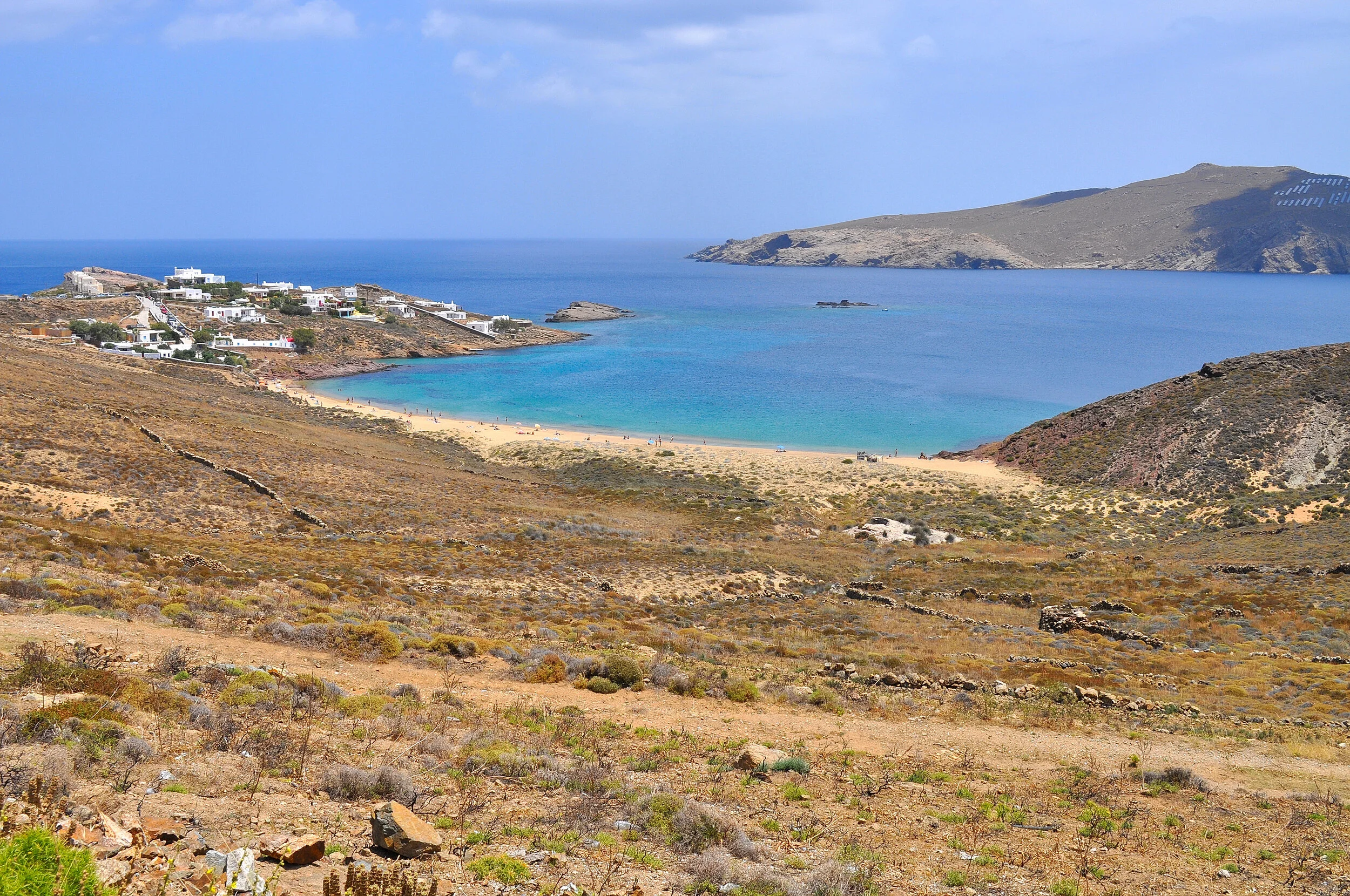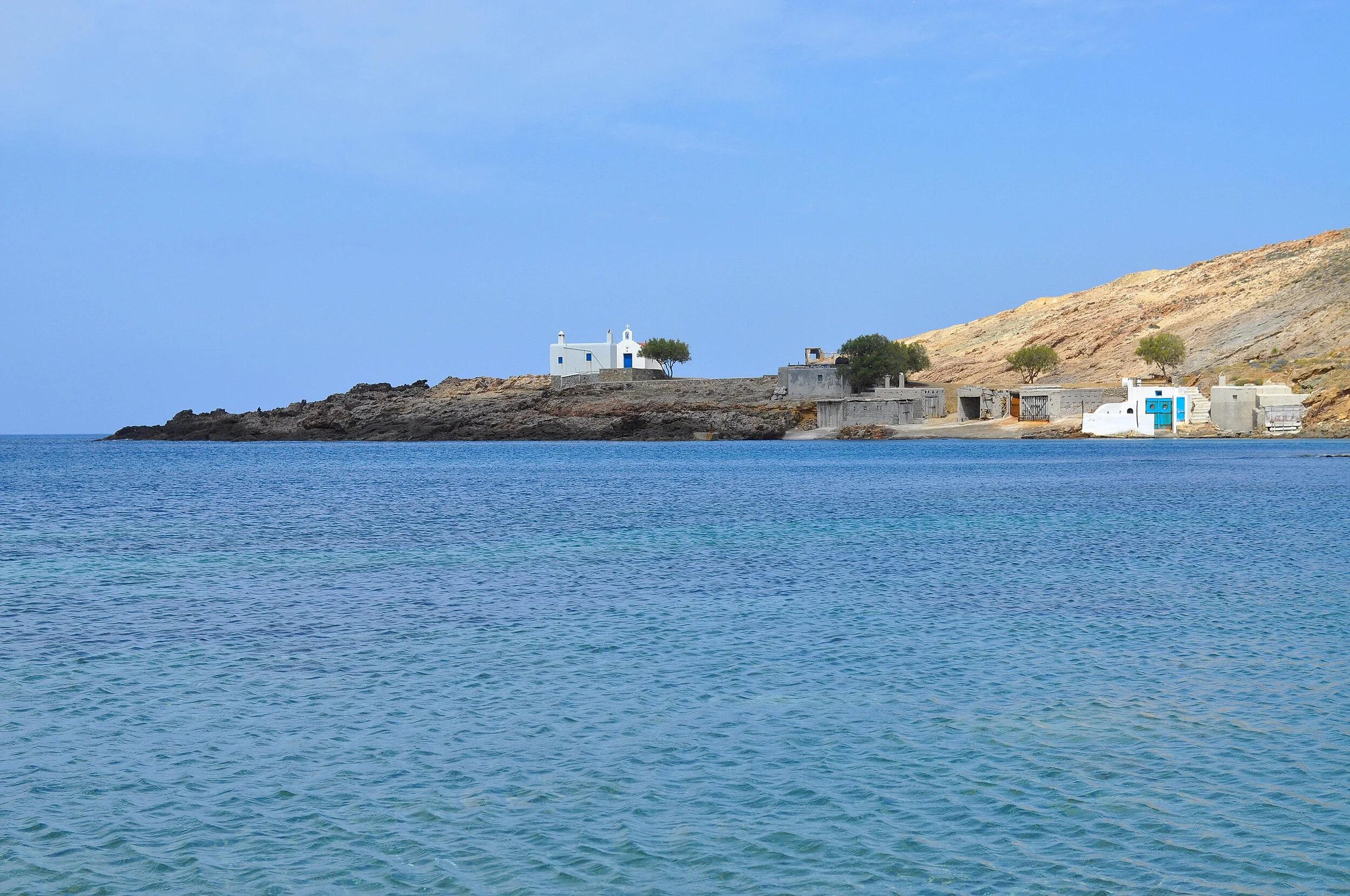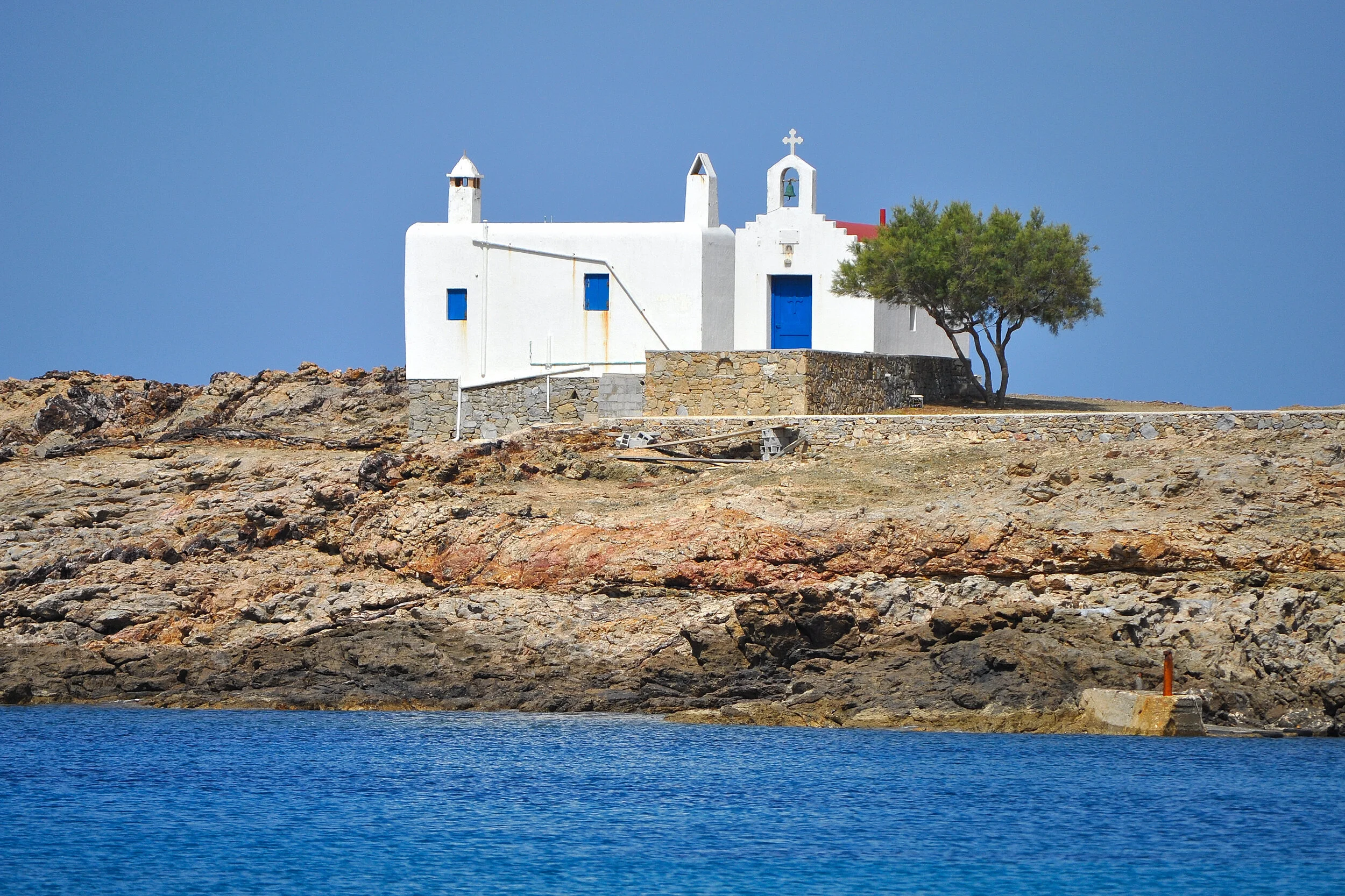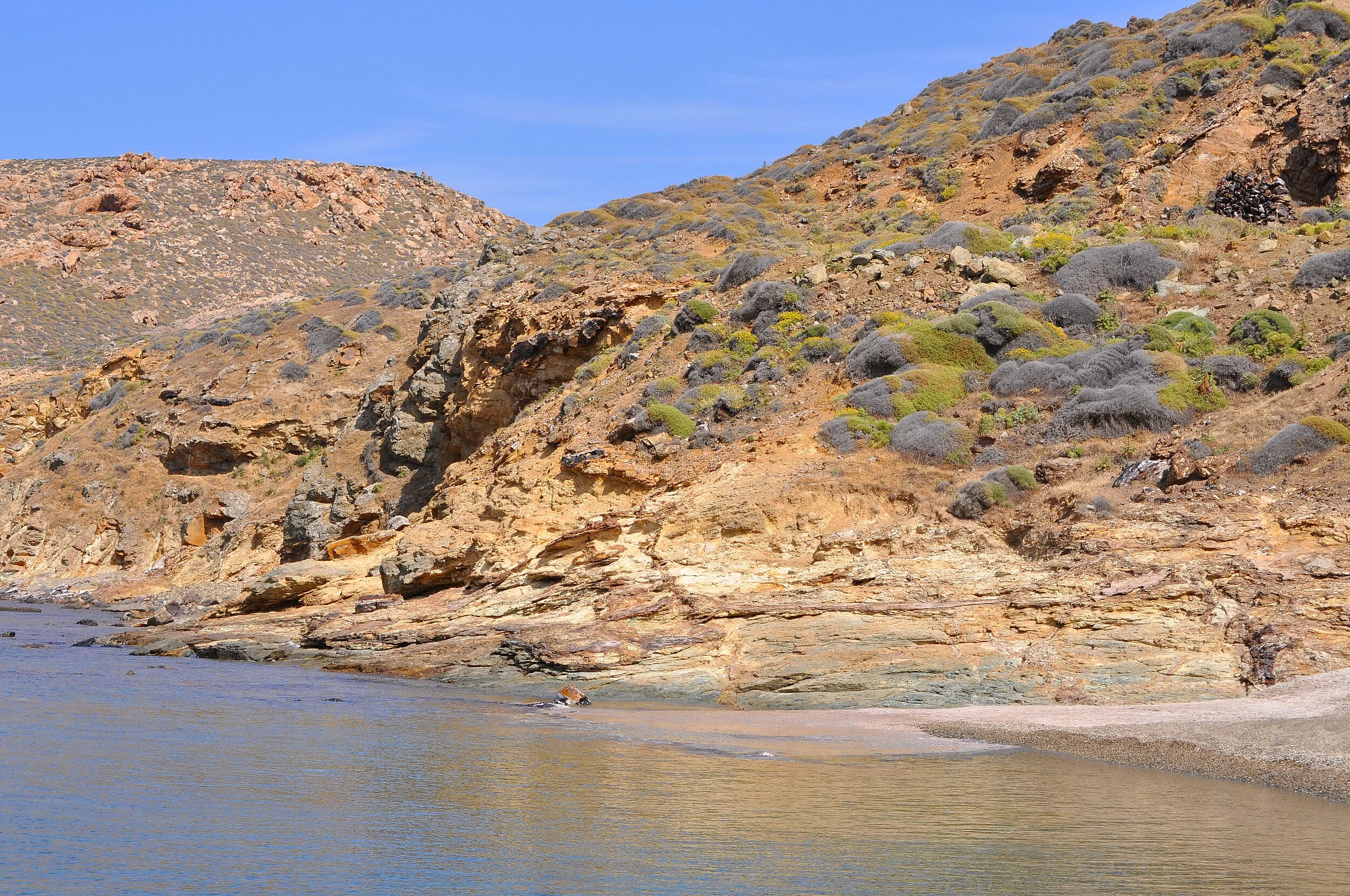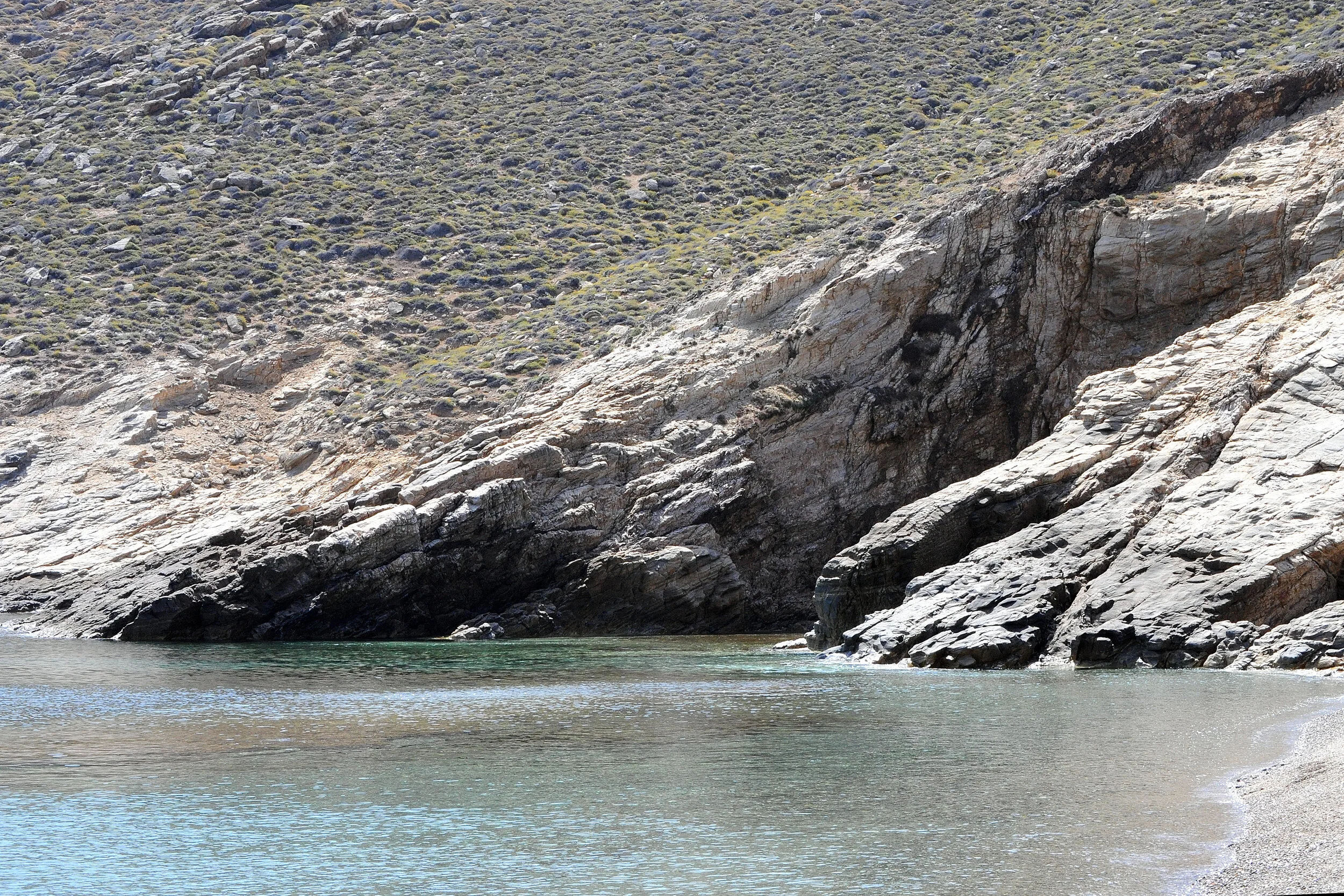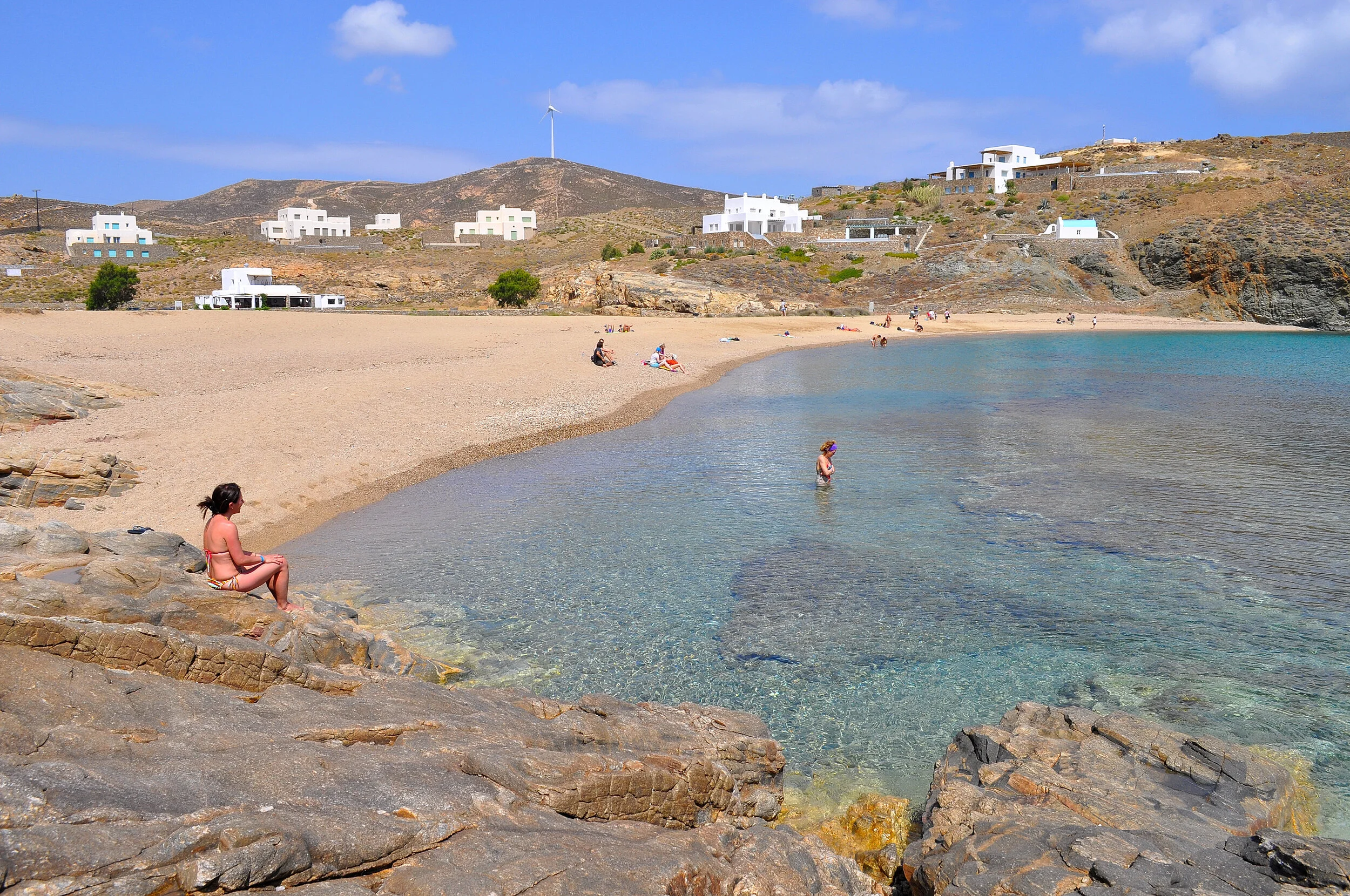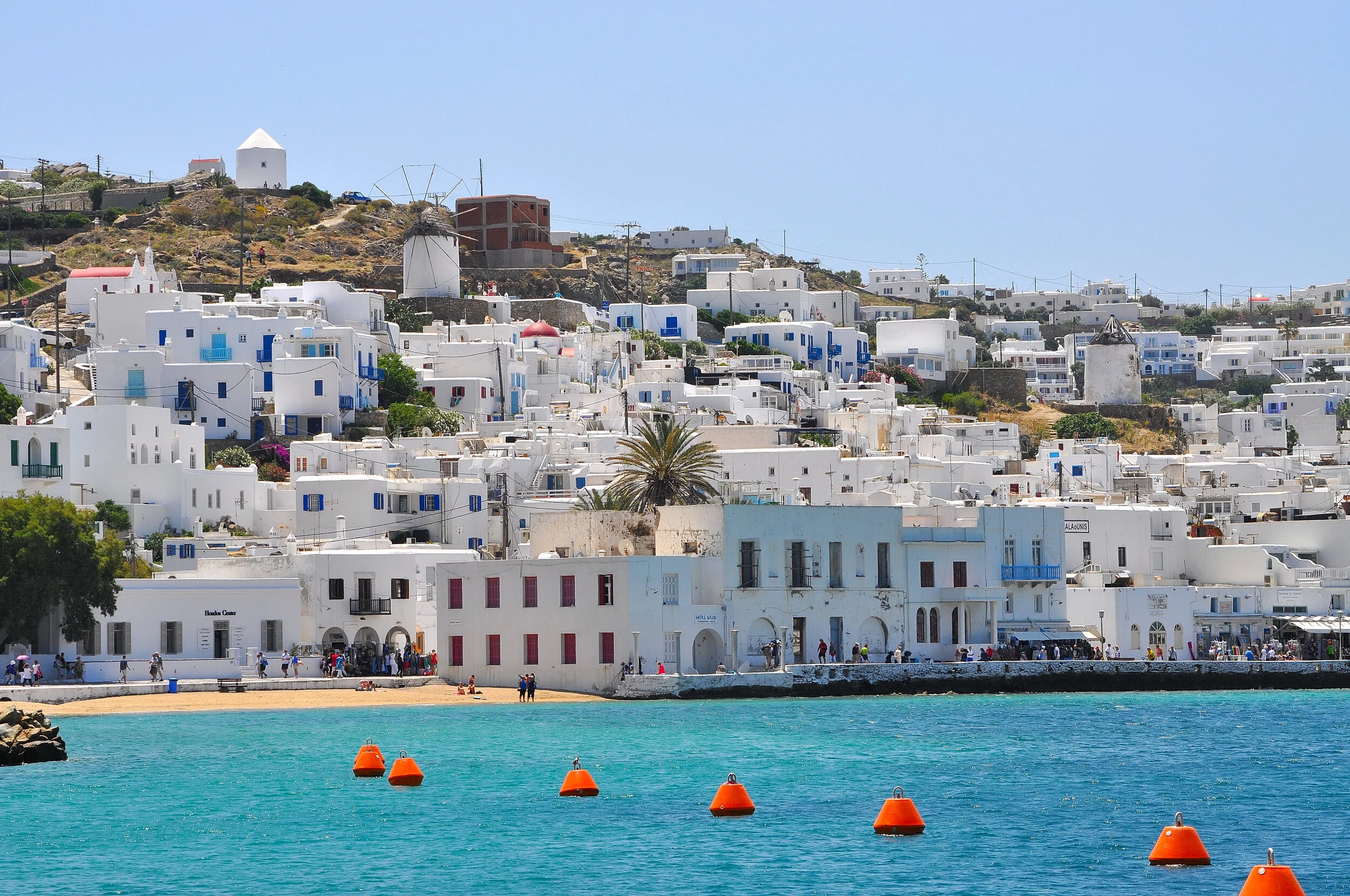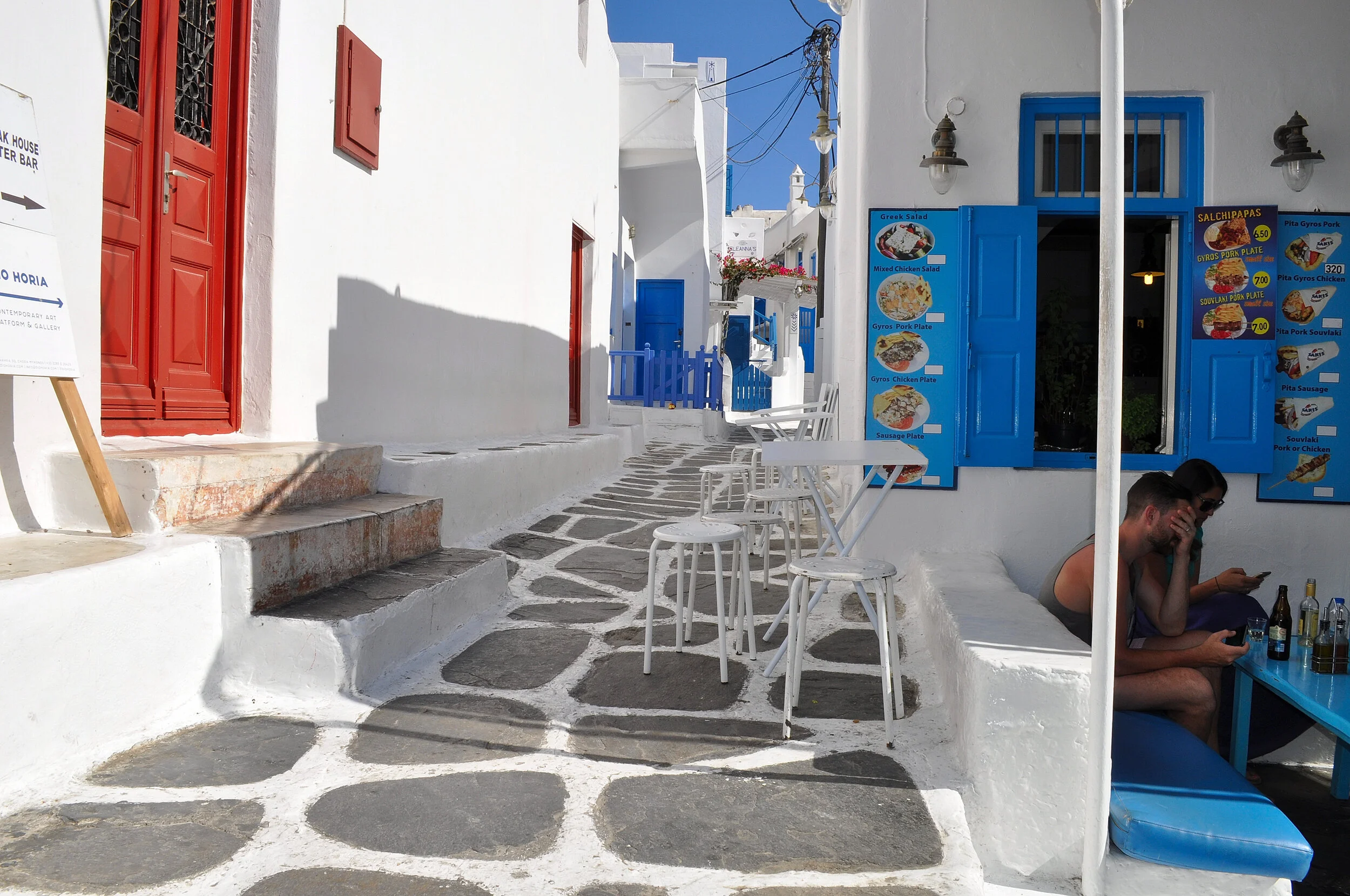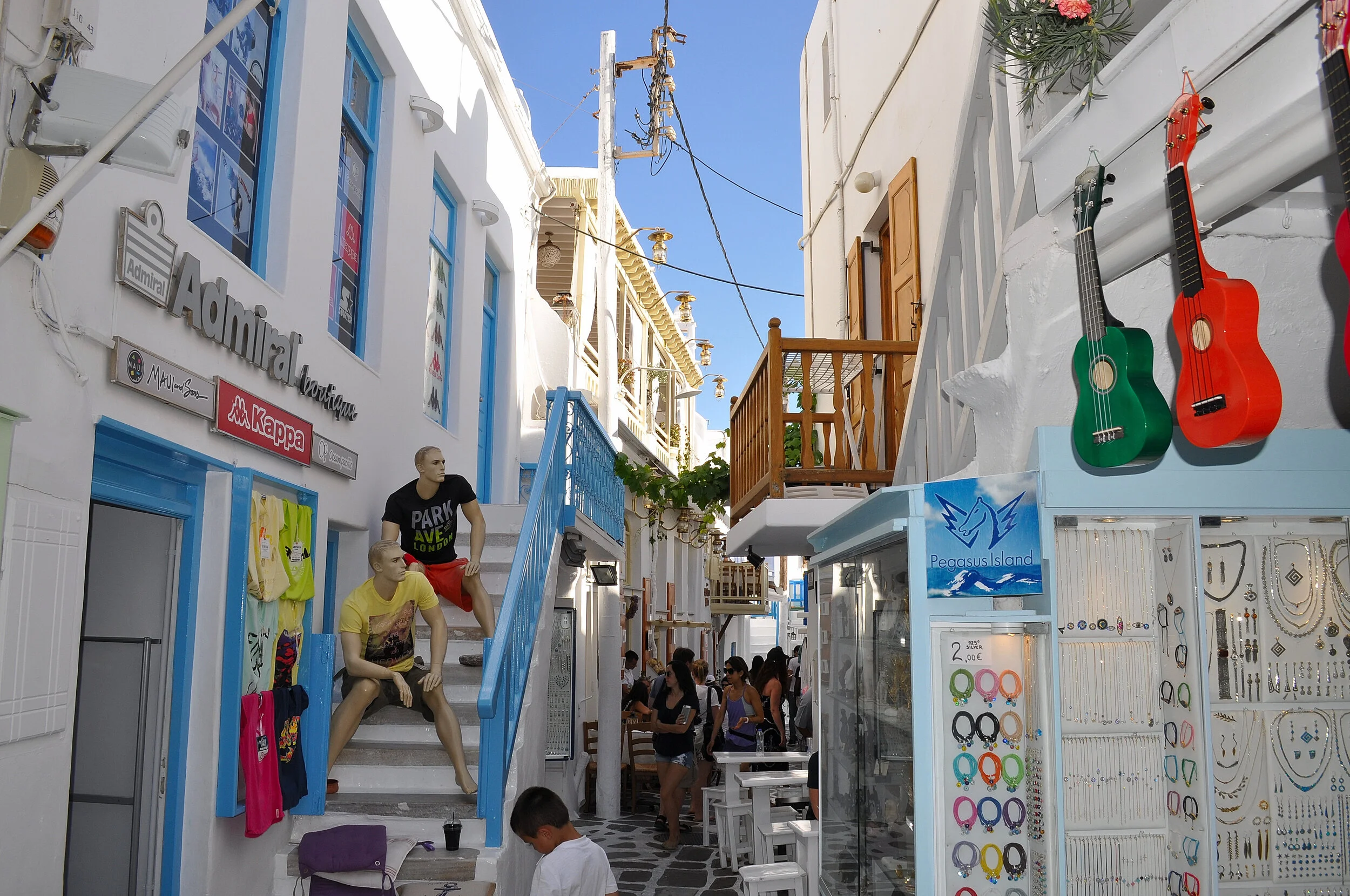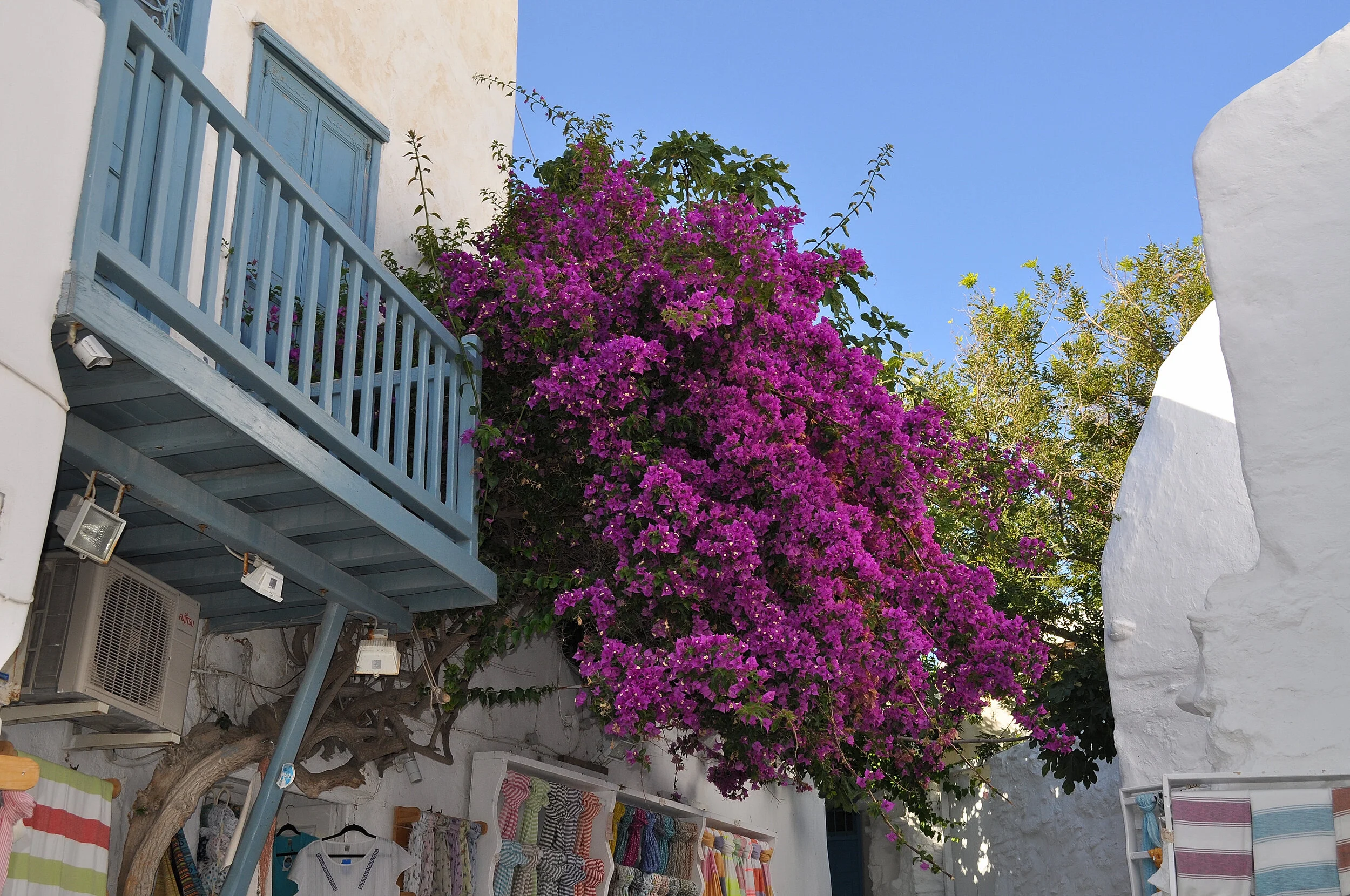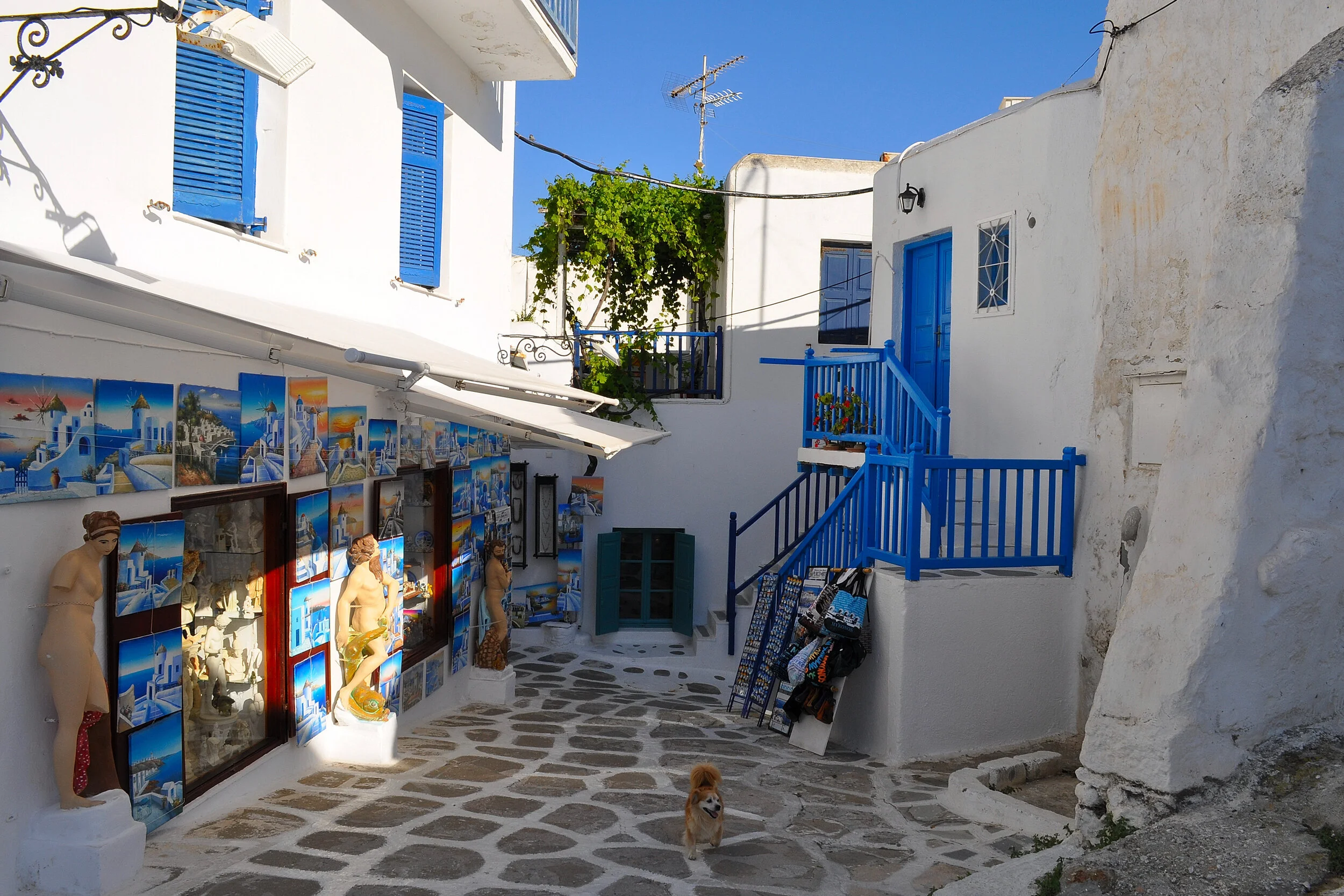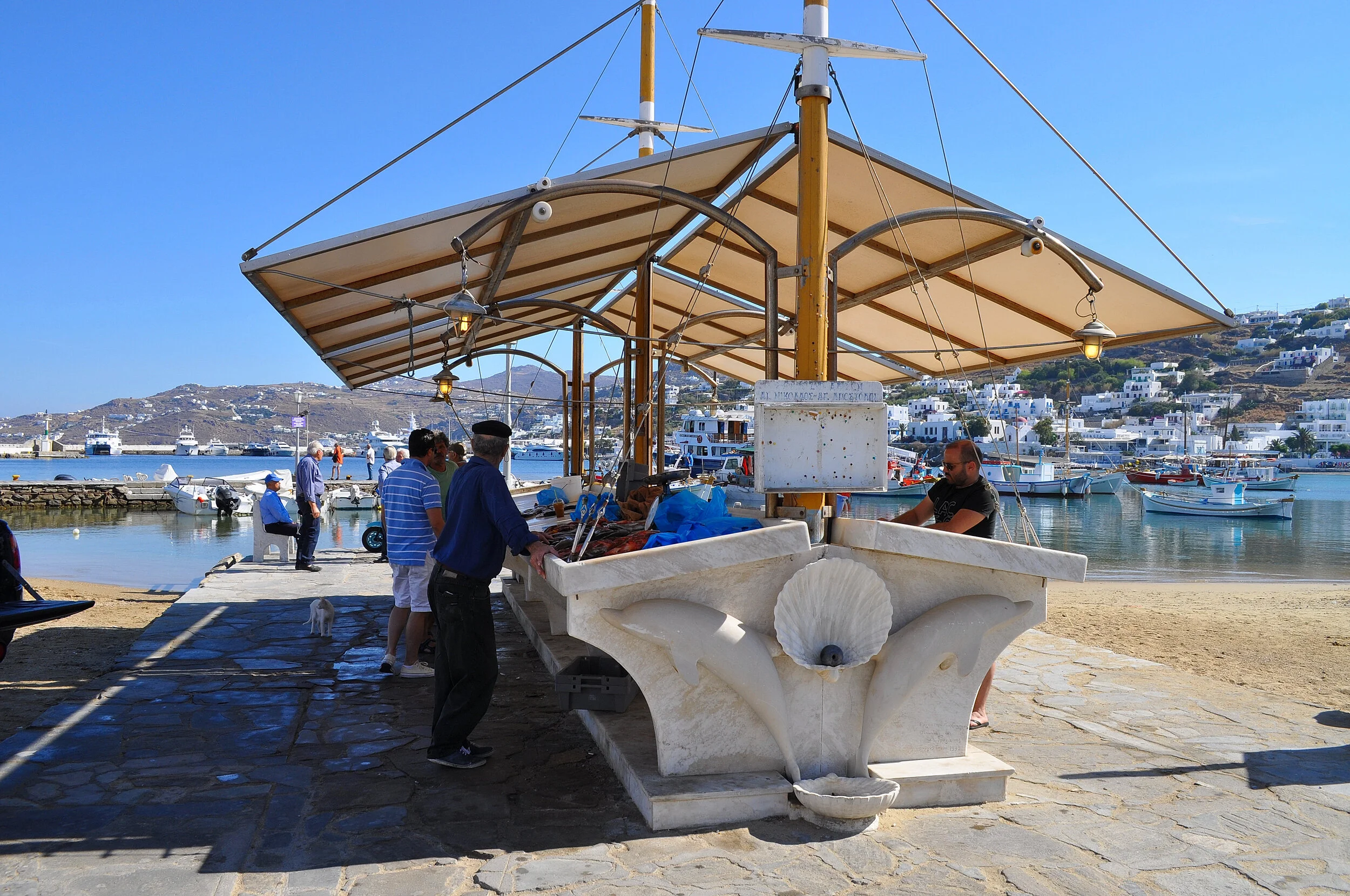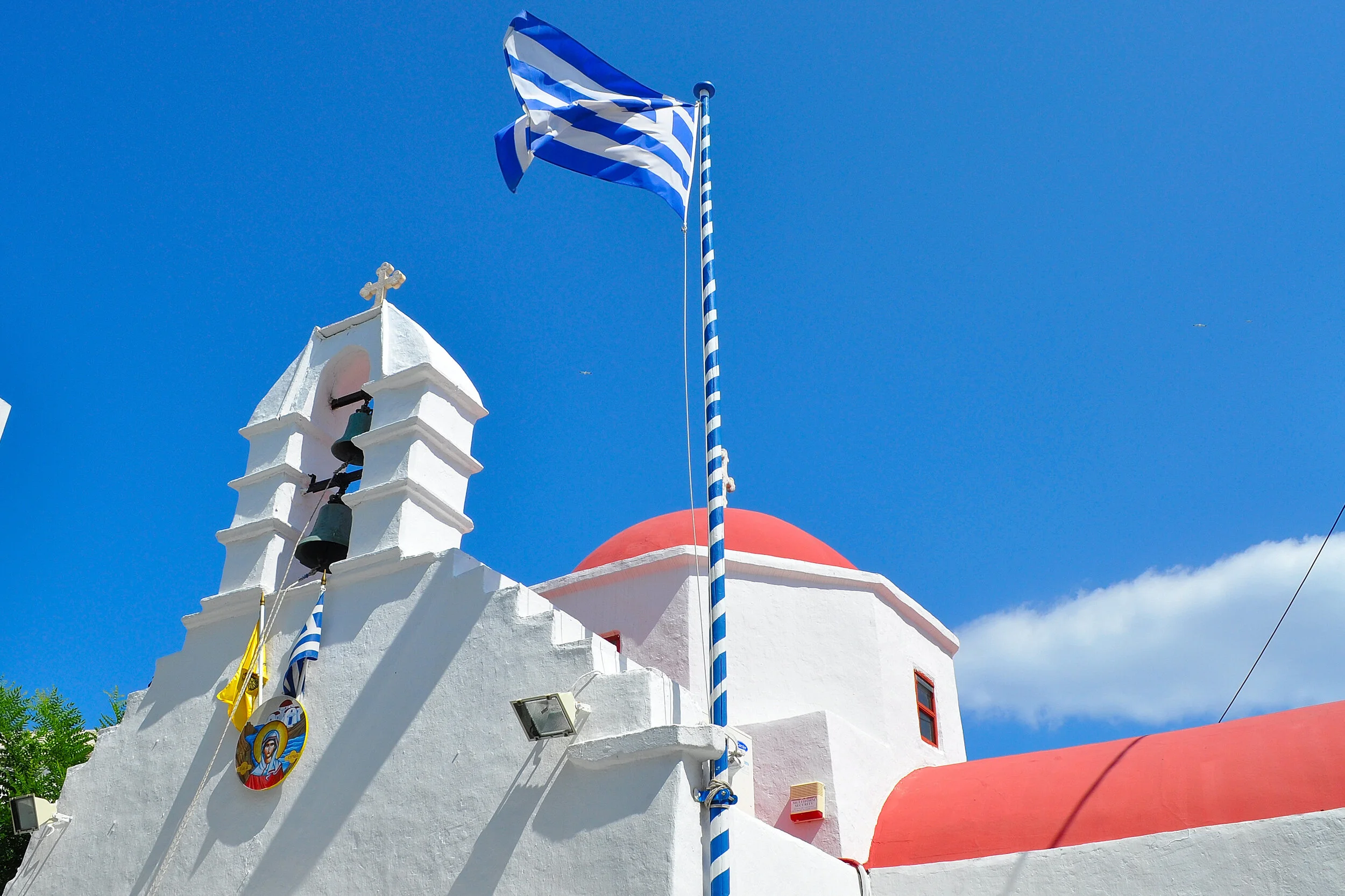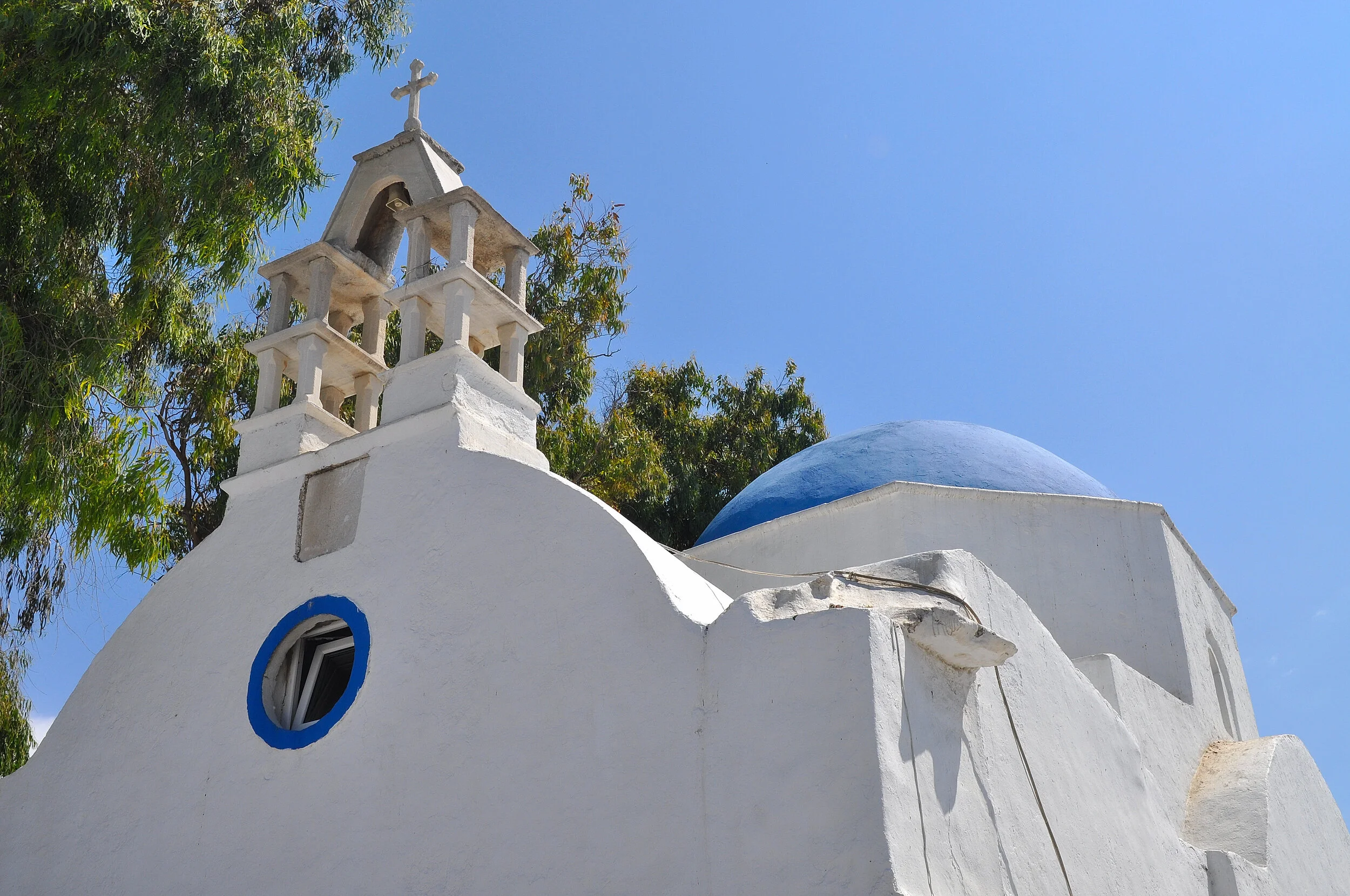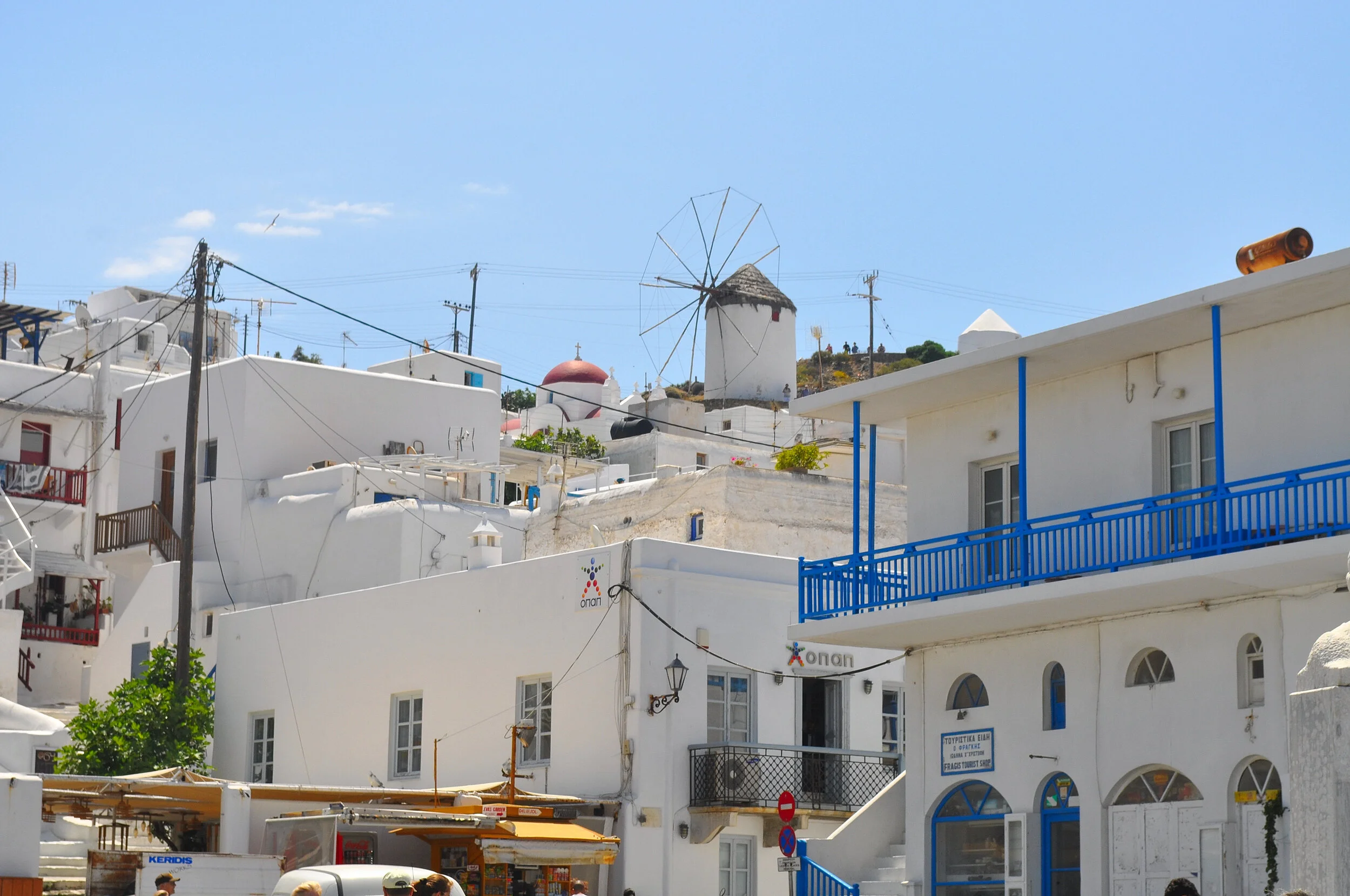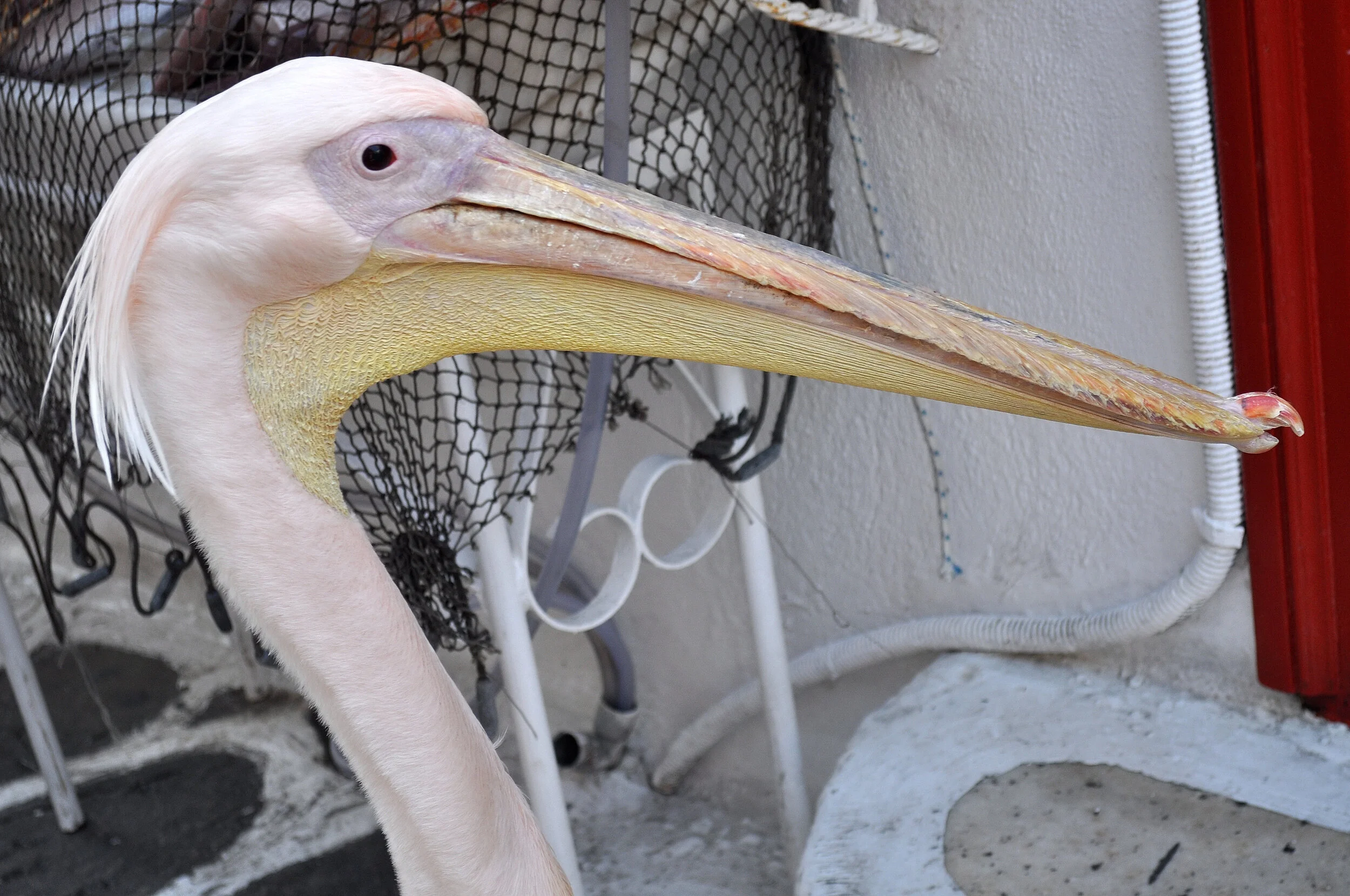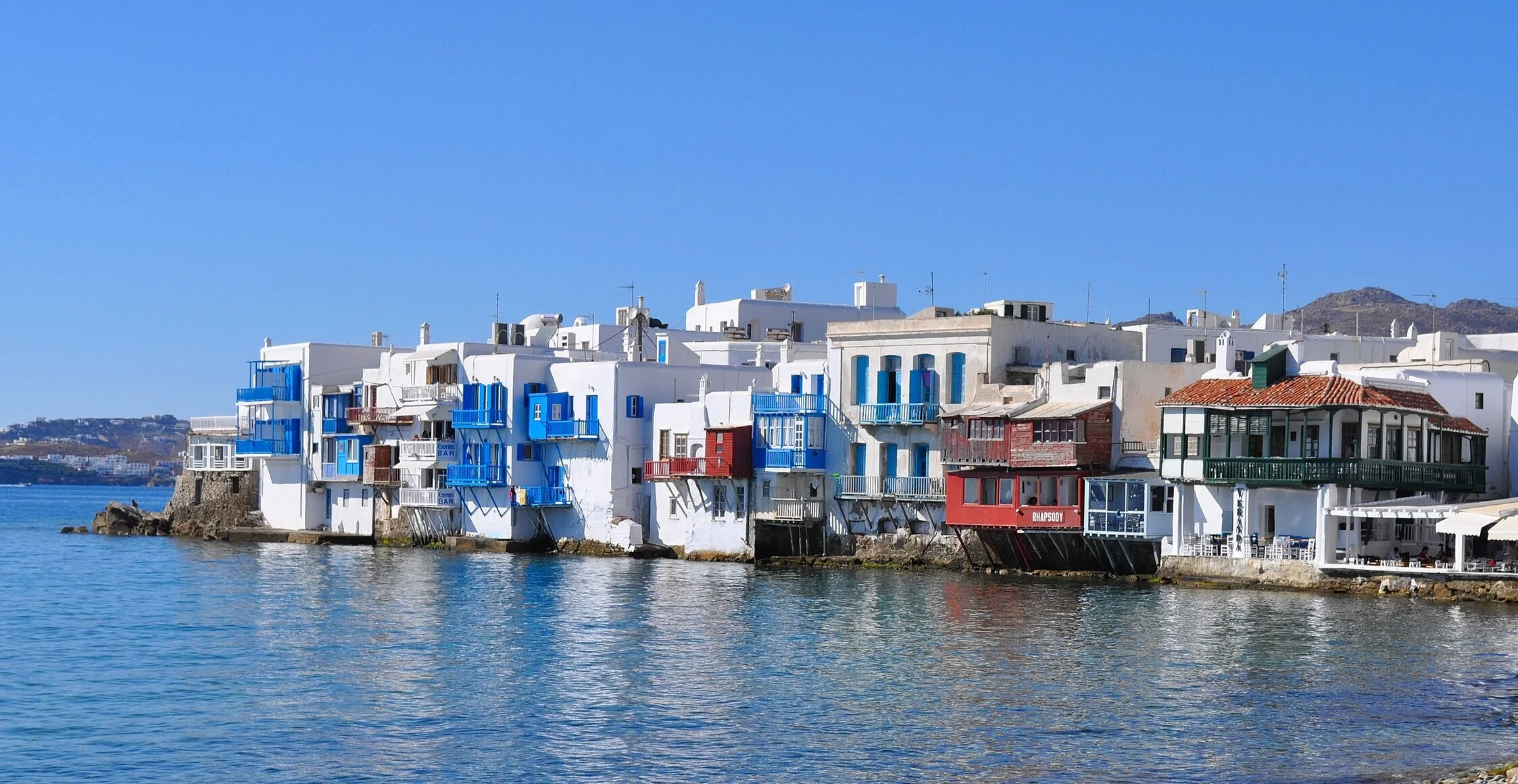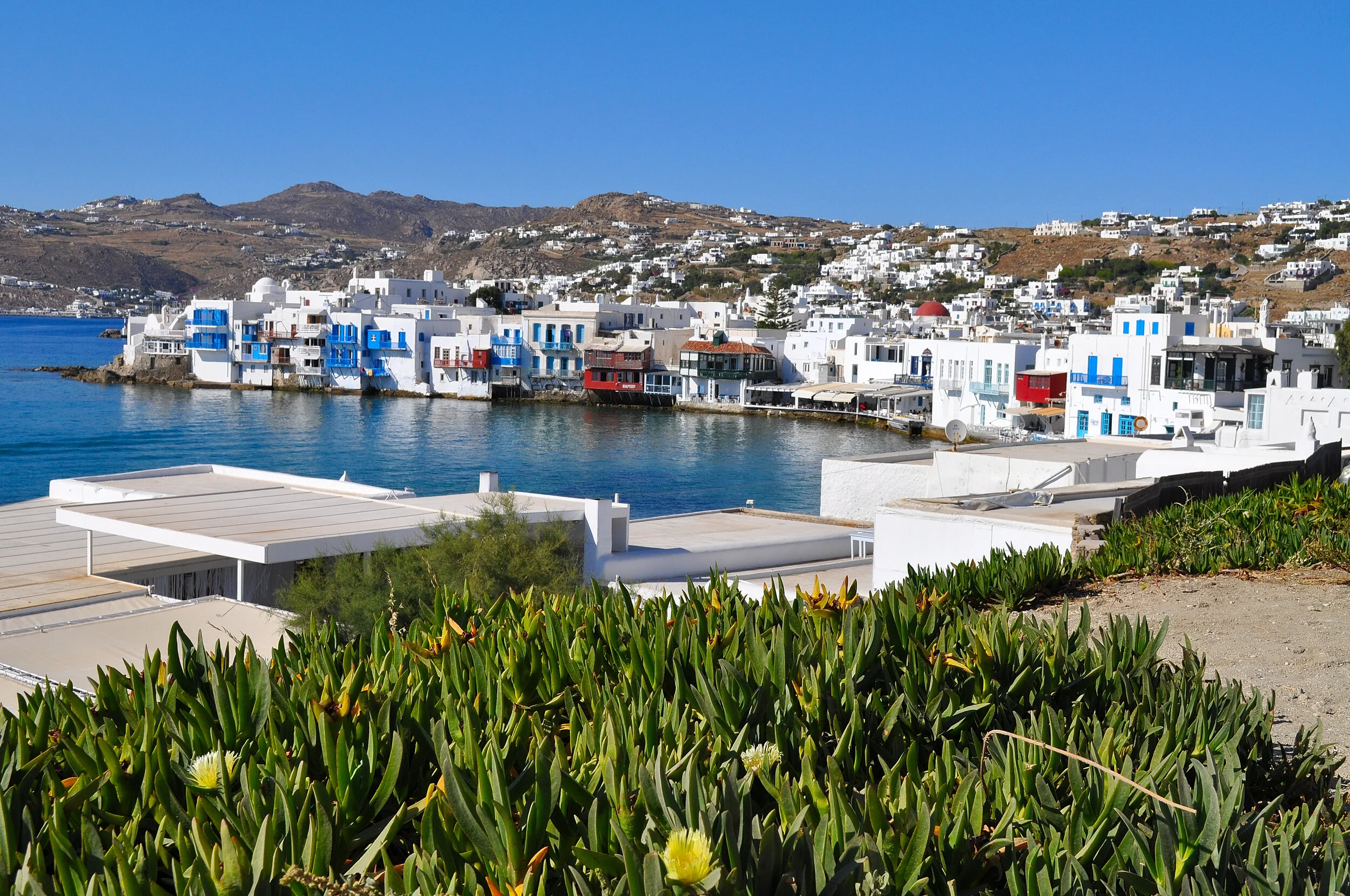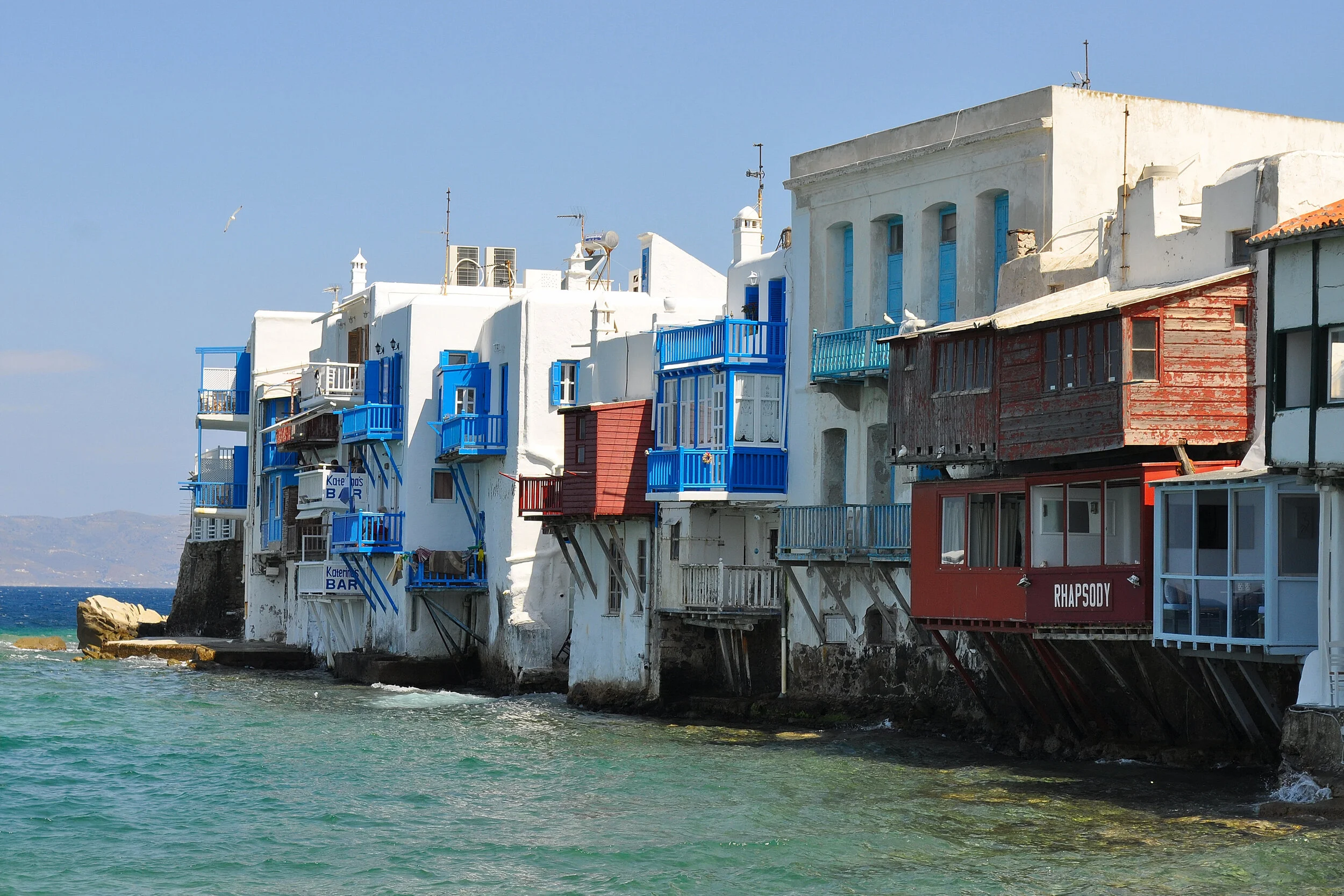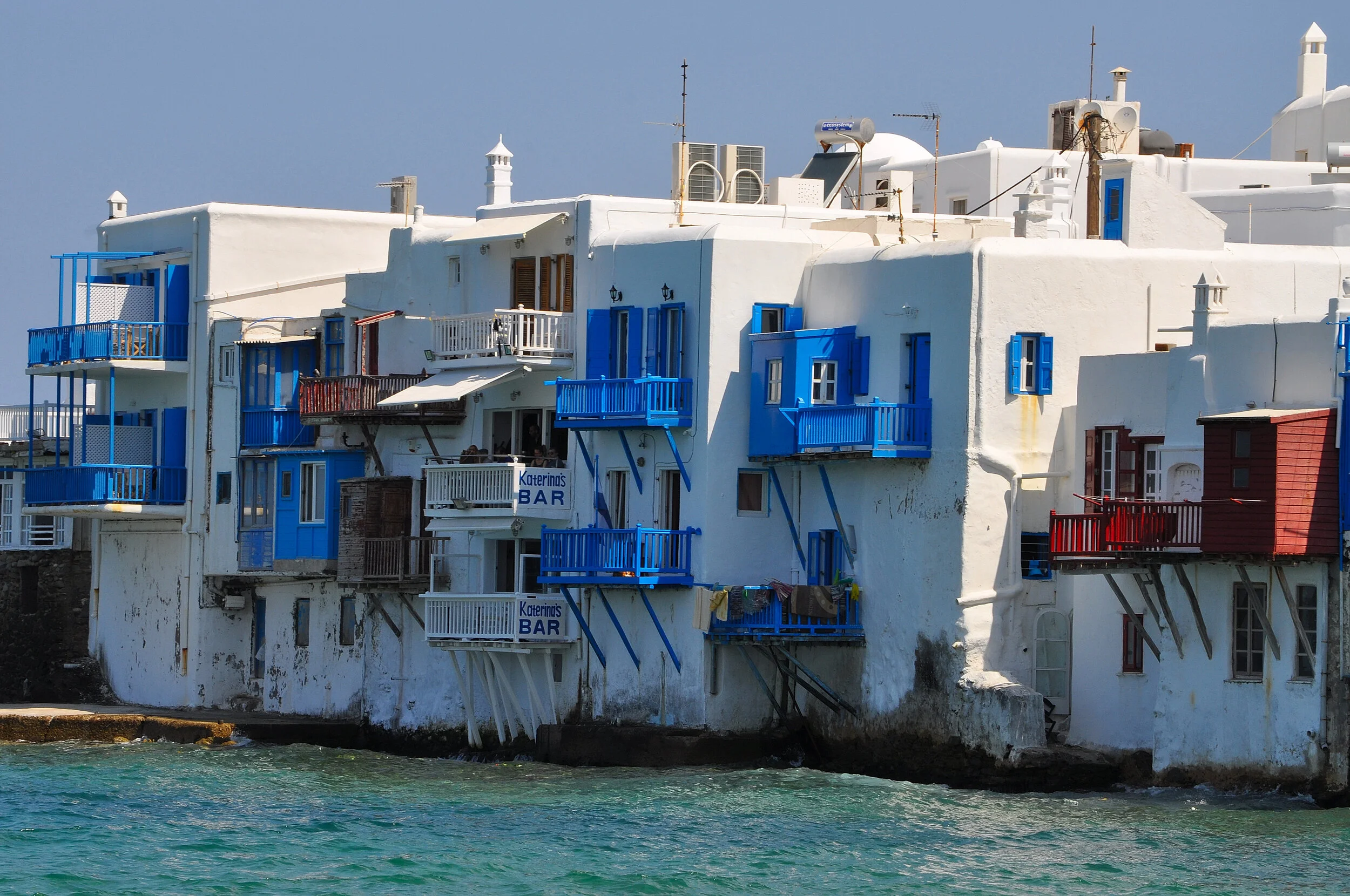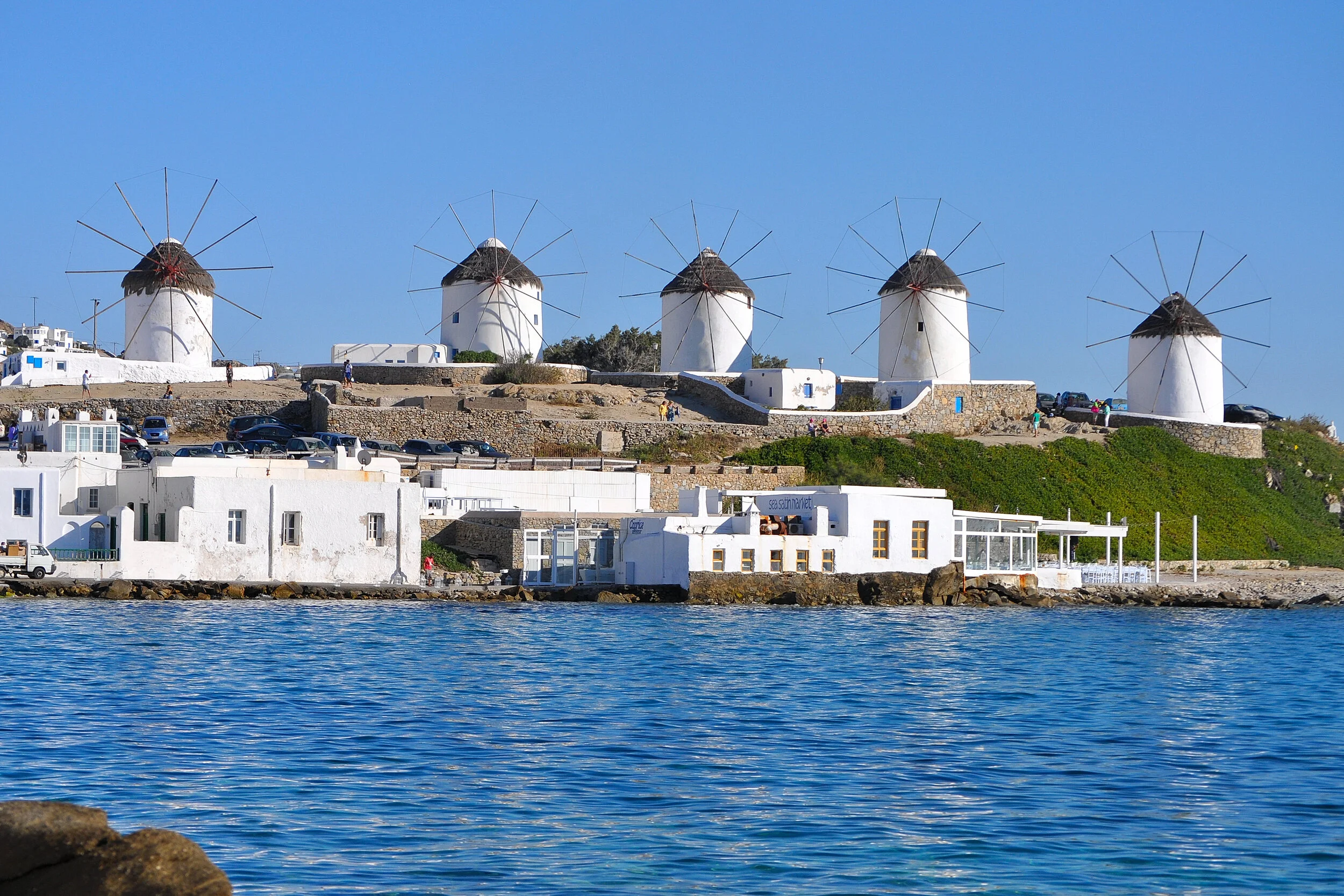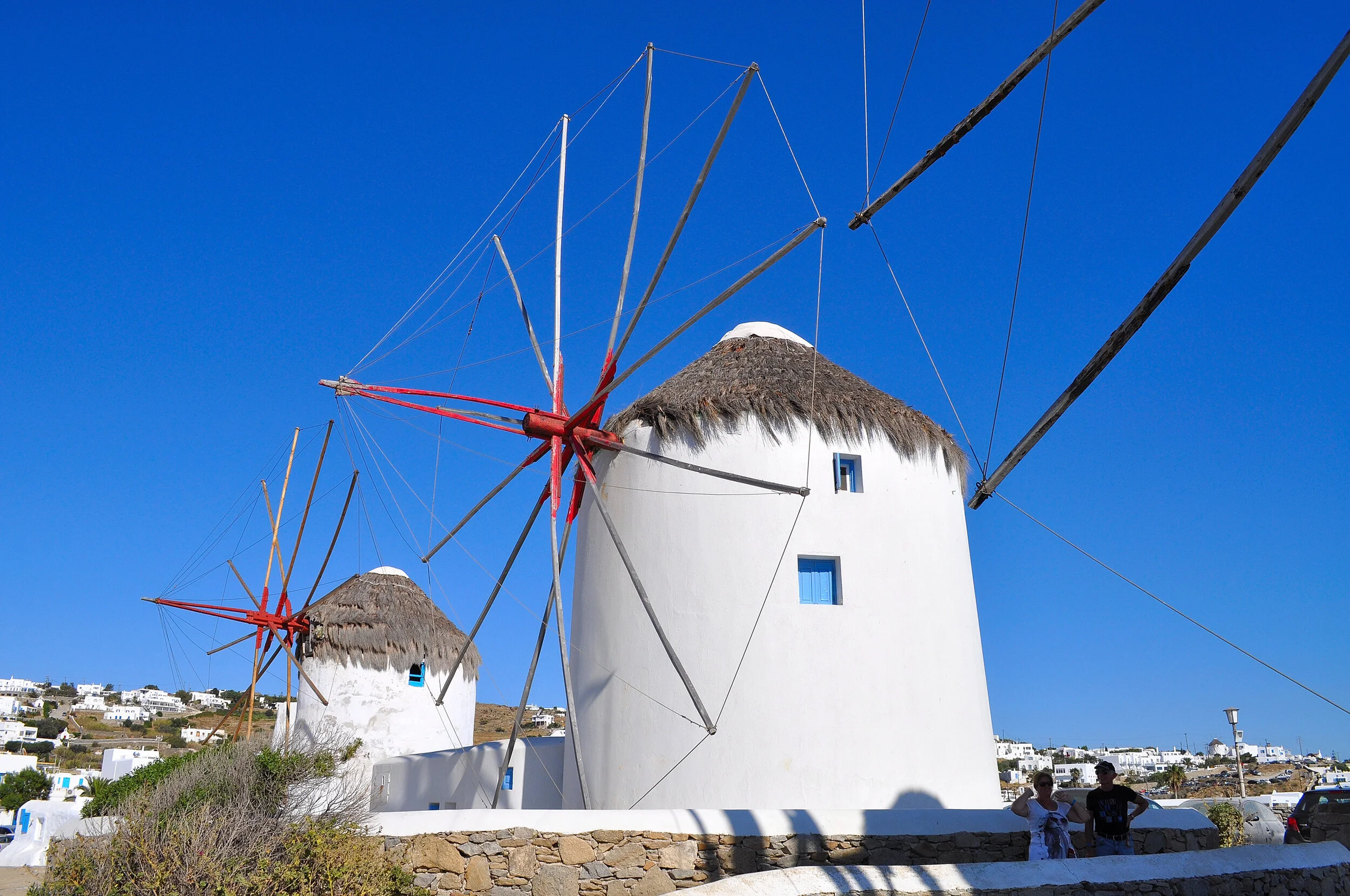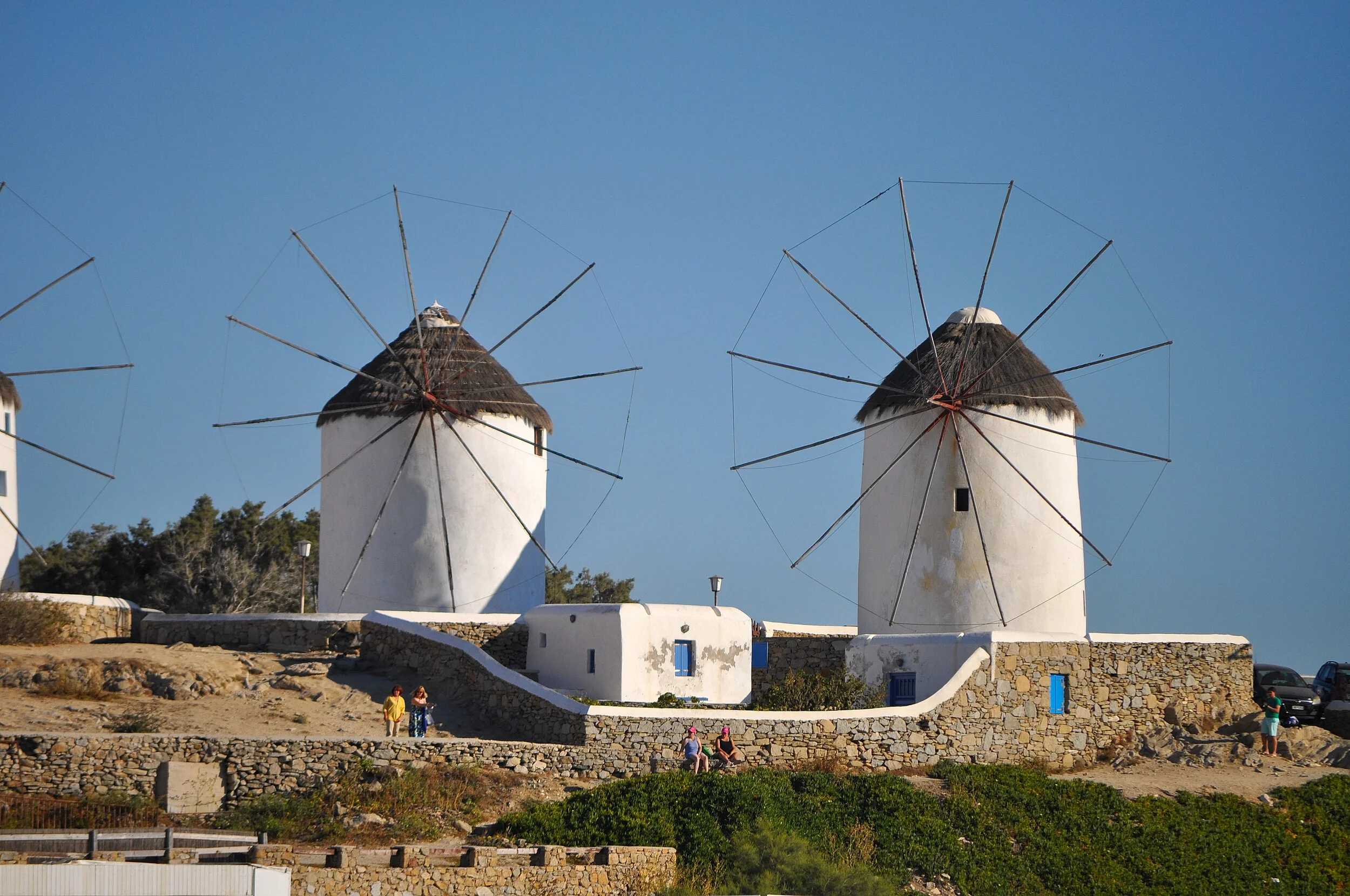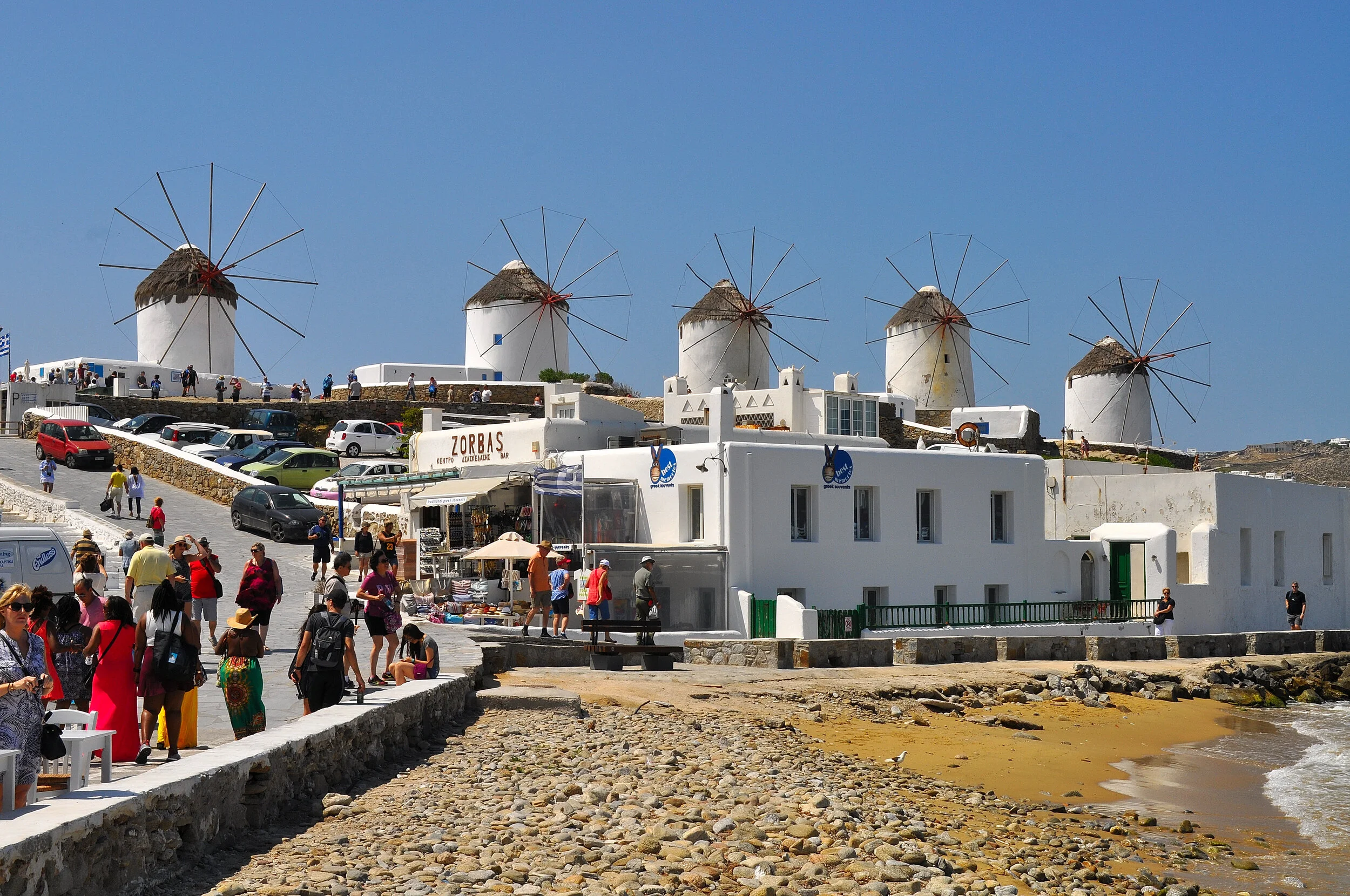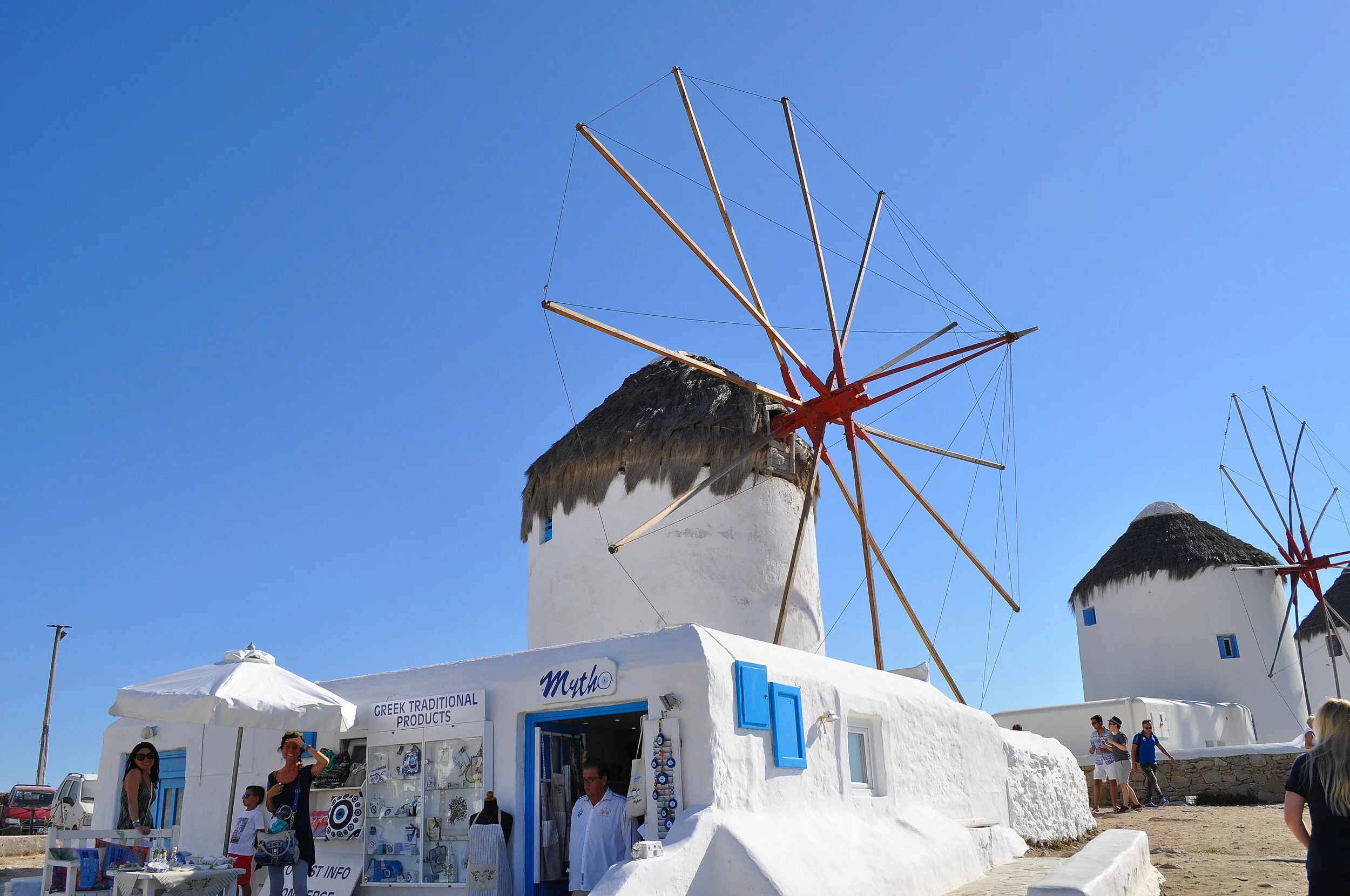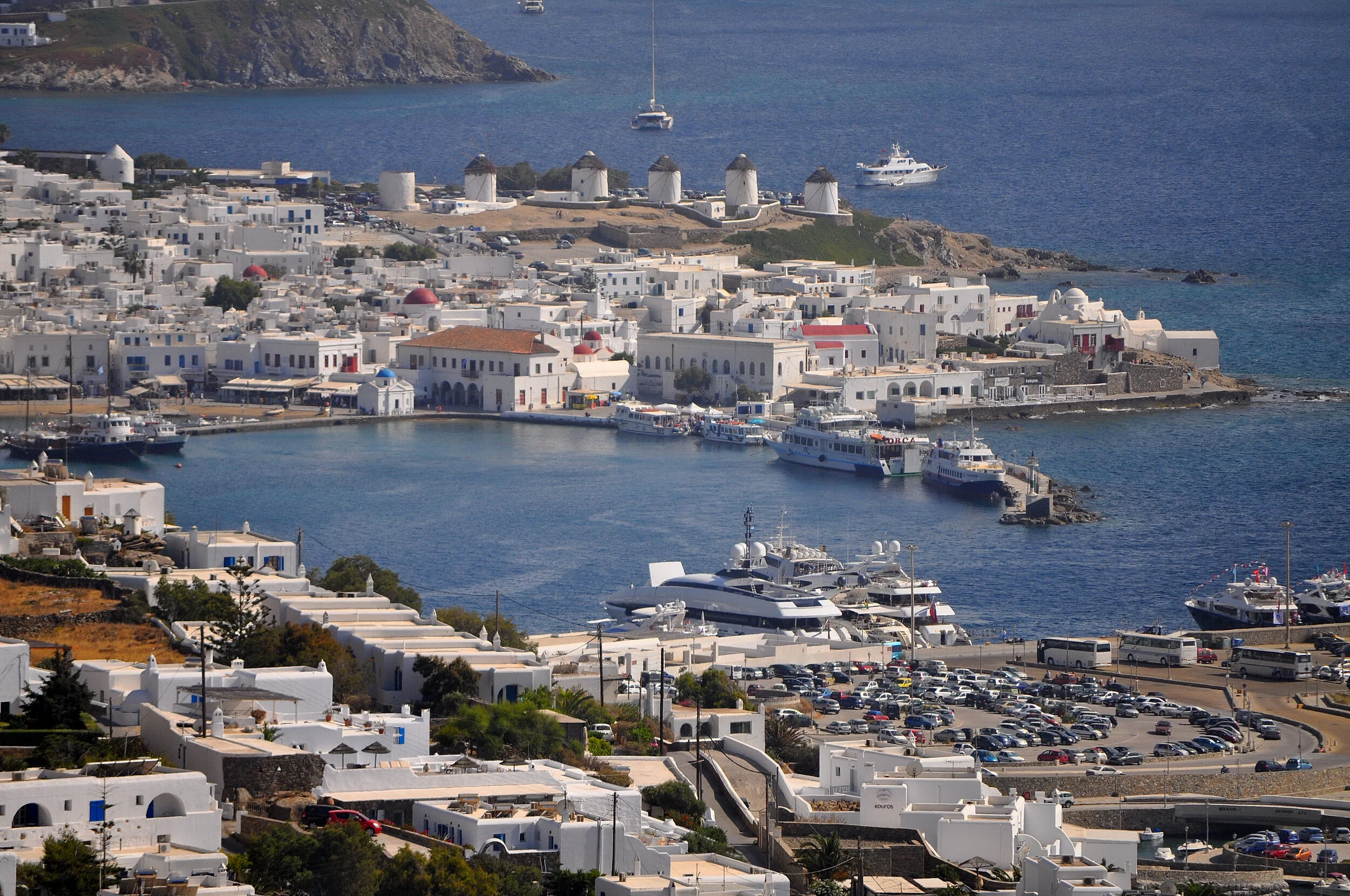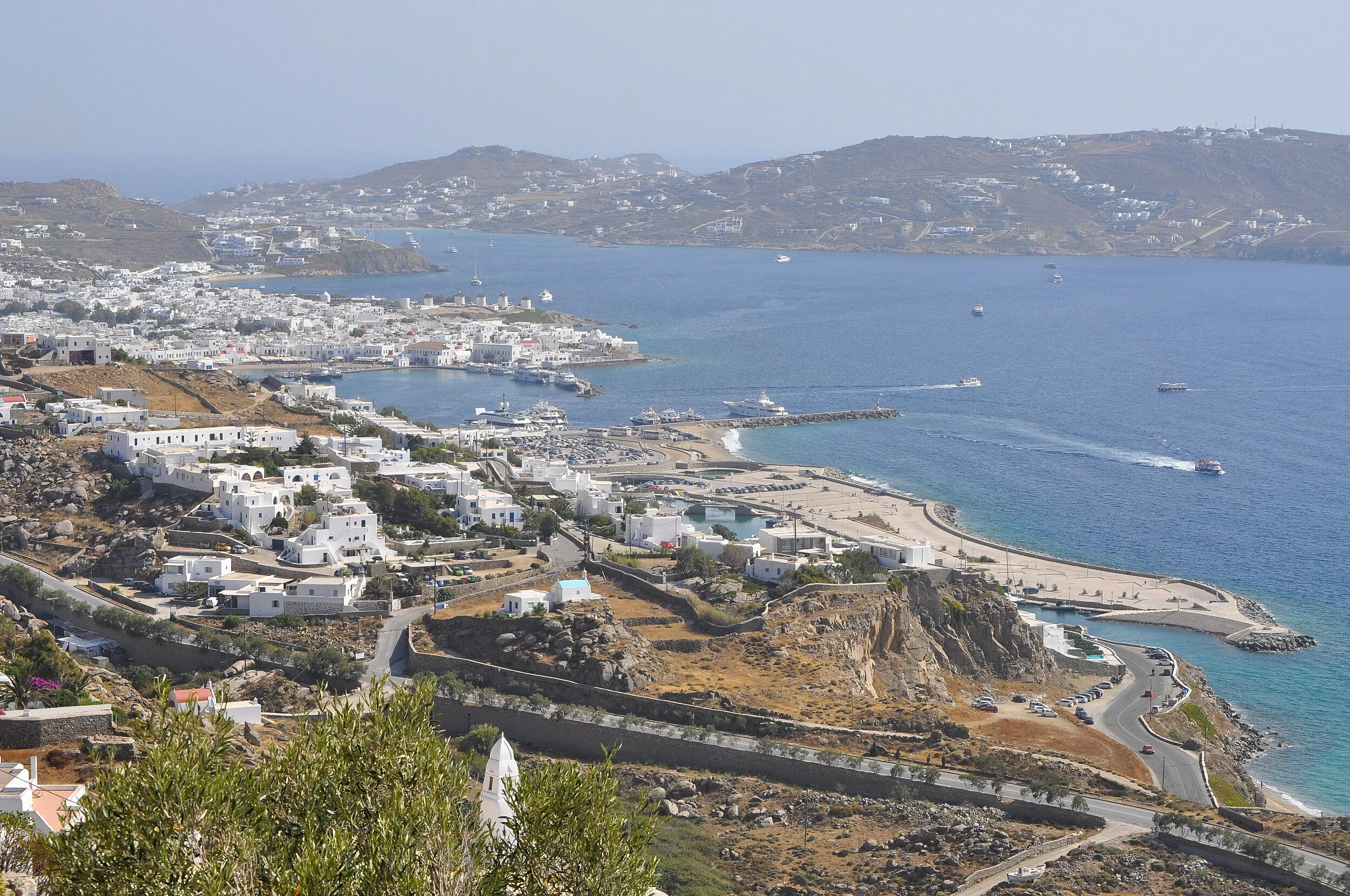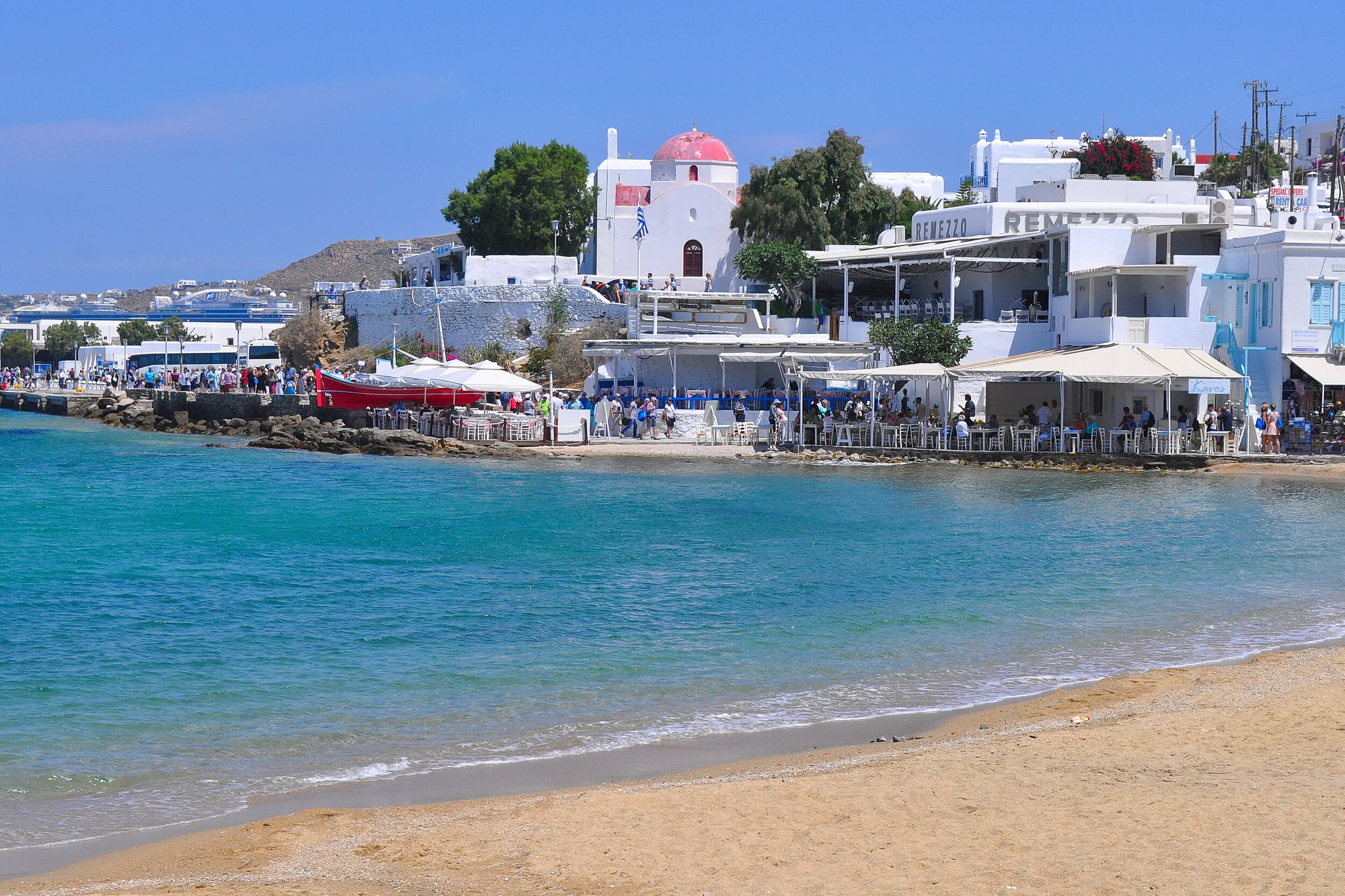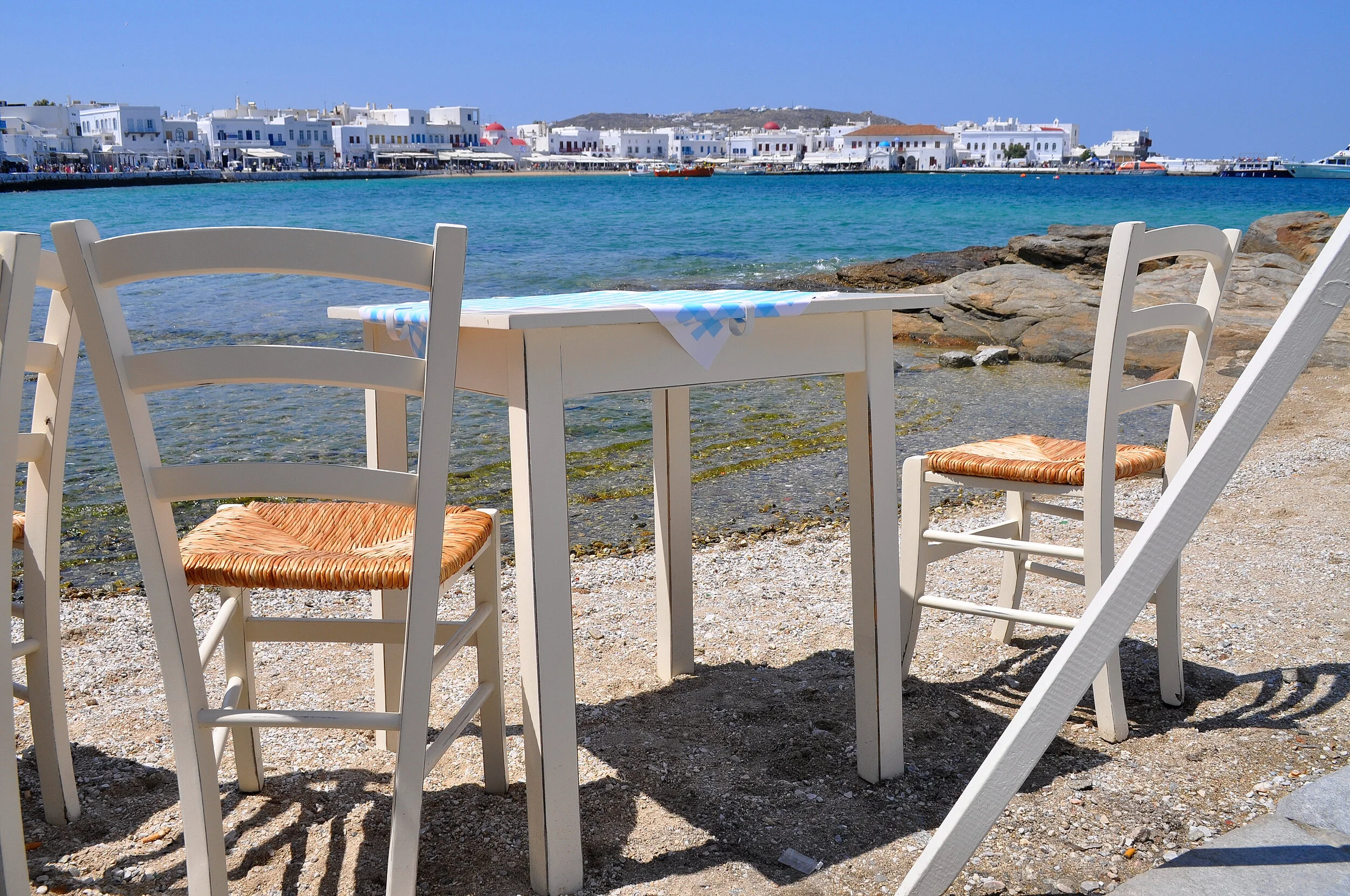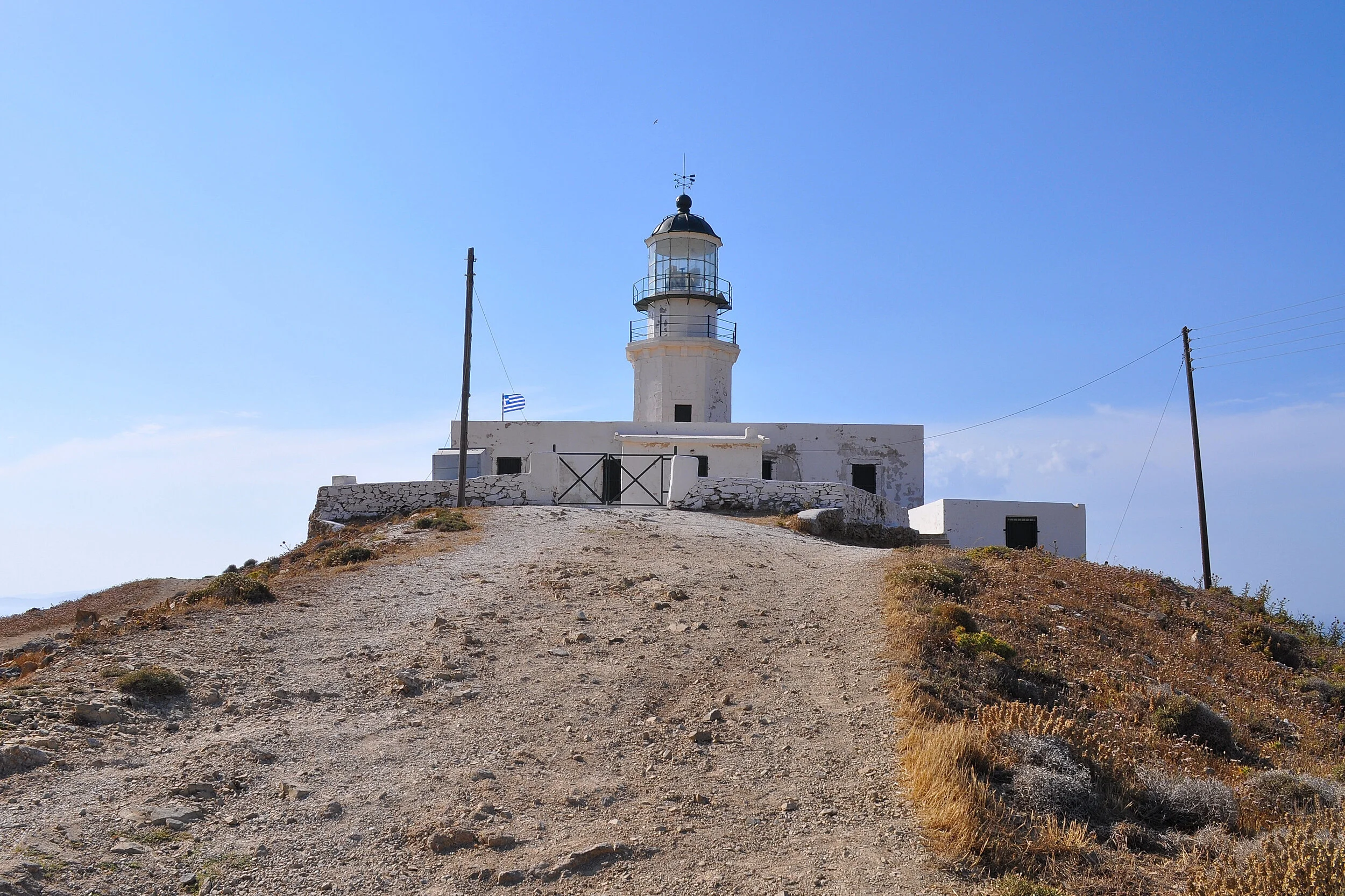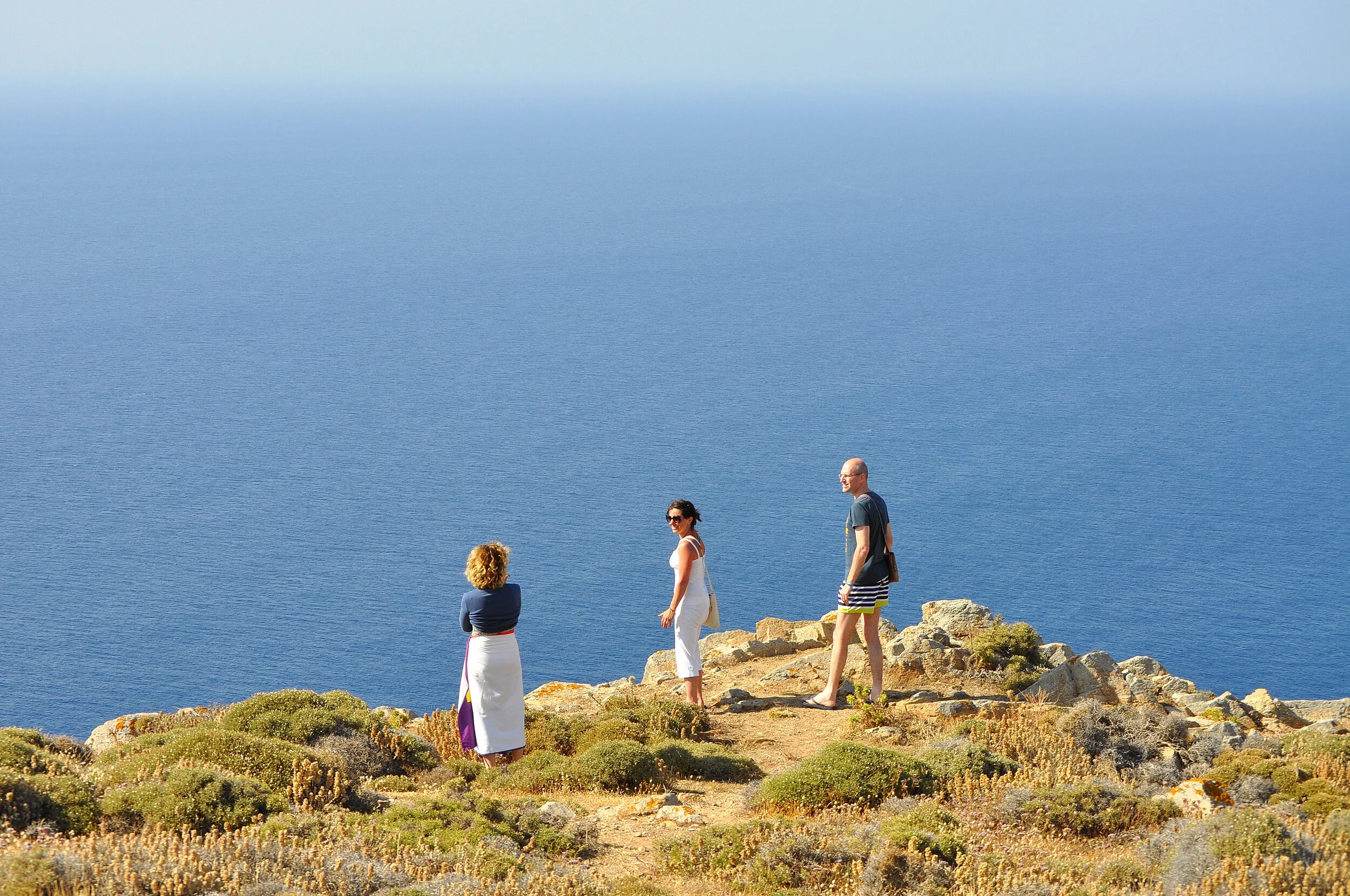Mykonos
Piero: Greece with its islands is like peanuts: impossible to resist! One leads to another...
Angela: I figured it out, you really left your heart there.
Piero: backpack ready then! Let’s go!
Angela: which one did you choose this time?
Piero: I’m going classic, one of the most famous destinations for mass tourism: Mykonos!
Angela: you surprise me this time, and not exactly in a good way: do you want to go back to being a young guy, enjoying the sea, the nightlife, and the social scene? Have you forgotten we’re traveling with wives and kids?
Piero: absolutely not! Who said I want to change our way of vacationing? Ours are and remain family holidays with children or teenagers in tow. It’s absolutely true that Mykonos is perhaps, along with Ibiza, the home of fun and nightlife but I assure you there’s plenty to see beyond a fantastic sea: just choose the right time of year! June or September, for example, are perfect for a nice holiday of sea, relaxation, and family fun here too; of course July and August, for our kind of vacations, are definitely to be avoided...
Angela: then let’s go!
Piero: like in Naxos, we decide to spend a whole week in Mykonos.
Angela: in this case the flight is direct but not very comfortable because of the charter schedules which are not particularly convenient. For us and the kids it’s an early wake-up, but never mind, it will be worth it again this time.
Piero: just under three hours of flight and we reach Mykonos.
Angela: It is located in the heart of the Aegean, close to Paros, Tinos, Syros, and Naxos. Mykonos does not have the history and legends that make some Greek islands even more fascinating. Above all, Mykonos has always lived in the shadow of Delos, the very nearby island where myth says Apollo was born; however, it must be said that this proximity has in the past contributed to the development and wealth of this island: certainly, the cultural and artistic comparison between the two does not hold...
Piero: the island takes its name from its first ruler, Mykonos himself, son or perhaps grandson of Apollo. In Greek mythology, the name Mykonos is linked to the Gigantomachy: here, in fact, the great battle ended in which, helped by Hercules, who thus faced one of his twelve labors, Zeus and the other Olympian gods overcame the Giants; according to the myth, the large rocks scattered across the island are the petrified corpses of the Giants. Over the centuries, Mykonos remained under the dominion of Delos and not many events concerning it are known. Only through some excavations is the presence of the Carians known, who were then overshadowed by the power of the Phoenicians and Egyptians, before the dominion of Crete and the Ionians. The arrival of the Romans stopped the growth that occurred with the Greeks, and the subsequent destruction of Delos certainly greatly damaged Mykonos, which entered a dark period lasting until the Middle Ages, when famines, diseases, and enemy attacks were widespread. After the Byzantine domination during the Early Middle Ages, like all the Cyclades, Mykonos fell under Venetian rule. Mykonos was then occupied by the Turks, becoming part of the Ottoman Empire and remaining so until the nineteenth century: important episodes of the Greek struggles for independence are linked to Mykonos. After the disasters of the two World Wars, Mykonos became the magnificent paradise of the Cyclades, loved by its inhabitants and tourists. Its beauty and tourism are linked to the most recent history of Mykonos.
Angela: for our vacation this time, we chose a classic resort, the Veraclub Penelope. It is a small village, in perfect Greek style, resting on a promontory overlooking the bay; it has about fifty rooms in total and faces the splendid Kalò Livadi beach, which is immediately reachable on foot. The village has everything you need and is in a convenient position for getting around, being only about ten kilometers from the city of Mykonos. Thanks to Massimo for the valuable suggestion (one of many, by the way…)!
Piero: truly ideal for those traveling with family and children. above all, we were lucky to be welcomed by a fantastic animation team, truly out of the ordinary!
Angela: as soon as we arrived, tired from the trip, we immediately indulged our desire for the sea!
Piero: as mentioned, Kalò Livadi beach is really just a stone’s throw away: it’s a beautiful and large sandy beach with splendid sea. we are in the southern part of the island, which hosts the greatest number of interesting beaches in Mykonos.
Angela: this is the least windy and most sheltered area; some of these beaches are among the most famous and crowded and perhaps less interesting for us.
Piero: i imagine you’re thinking of Paradise Beach and Super Paradise Beach. these two beaches are probably the island’s most famous attraction, especially for the younger crowd coming here from all over Europe; the reason is simple: beautiful people (sometimes even strange…), 24/7 music thanks to the trendiest clubs on the island that overlook the beach; and then constant beach parties, wild fun, and beach bars blasting music at full volume right on the sand!
Angela: clearly, these can’t be the beaches for us: crowded, unsuitable for children, noisy, and with very little space to move around; and it was only a weekday afternoon in June, imagine in August! it’s worth marking them and moving on.
Piero: to avoid making you angry, i won’t take you to Psarou, which is certainly the chicest beach; also always crowded, here too a continuous party, but frequented by VIPs and celebrities, surrounded as it is by luxury bars and restaurants: beautiful with its white sand but basically a catwalk of social life.
Angela: let’s forget it! still in the south, there are also the beaches of Elia and Agrari: very close, so you can walk from one to the other, both very beautiful with the second a bit wilder than the first. they’re not very suitable for us because recently they have become the main destinations for nudists and naturists.
Piero: however, there are quite a few quiet beaches still in the south, suitable for relaxation and children. we already mentioned Kalò Livadi; there is Ornos, with its fine sand, calm and clean waters, and numerous services available: it is located inside a gulf and the waters become immediately deep. Agia Anna is a very small beach named after the little chapel overlooking it: it is made of sand and pebbles and is immersed in a beautiful, very quiet landscape far from mass tourism; on both sides of the beach there are rocky areas where you can enjoy a splendid view of the sea and the surrounding hills. Not far away is Kalafatis, one of the most beautiful beaches of Mykonos: golden sand and wonderful water! perhaps sometimes a bit windy but worth visiting even just to eat in one of the many restaurants in the area offering extraordinary fish. From Kalafatis, you can board to reach Dragonisi, a small islet off the eastern coast of Mykonos famous for its caves. Another beautiful beach is Lia, ideal for relaxation; it is a small quiet bay (perhaps the quietest of all the beaches in the south) not far from Kalafatis; again sand and pebbles with rocky formations on the sides of the beach. If Kalafatis is ideal for windsurfing, Lia is perfect for diving and snorkeling.
Angela: to summarize: for families with children, the beaches to visit in the southern area of Mykonos are Kalò Livadi, Ornos, Agia Anna, Kalafatis, and Lia. Not exactly suitable for us are Paradise and Super Paradise, as well as Psarou, Elia, and Agrari. What can you tell me about the other beaches on the island?
Piero: to the north there is Agios Sostis, a small, unspoiled cove of Mykonos, perhaps one of the few remaining. It is very quiet, not easy to reach, and sheltered from the winds; above all, it is very popular with nudists and therefore not suitable for us. Panormos also remains quite wild: it is a long, narrow beach with fine white sand and shallow, sandy seabed waters. The rocks around the beach entrance form shallow seawater pools, ideal for relaxation. This beach is also frequented by nudists. Very beautiful for snorkeling is Mersini beach, thanks to the sandy and rocky seabed; it is very windy and loved by surfers, not very easy to reach (the road is really bumpy…) and there is absolutely nothing around. Nearby is Fokos, quiet and secluded: a beautiful, still wild, and little-known beach but the road to reach it is terrible. Perhaps more suitable for us is Ftelia beach, located at the end of the large bay in the center of the northern coast of Mykonos island; it is very popular with surfers when the Meltemi blows, a beautiful large beach with fine sand, not crowded, and very quiet despite being easily accessible. Finally, to the west there is Houlakia, very beautiful, wild, and picturesque; however, I would say it is not ideal because it is often very windy and especially because it is not sandy. However, it is a spectacle at sunset with the sun dipping into the sea behind the island of Delos. It is worth visiting the Fanari lighthouse and the archaeological site of Vorna. The most famous beach on the western coast is Agios Ioannis, right opposite Delos. This one is truly ideal for children: it is very calm and relaxing, and the beach slopes gently into crystal-clear, shallow, and rather calm waters.
Angela: so, if we move away from our southern area, we definitely choose Agios Ioannis beach. All the others are beautiful to see, but there’s a risk the kids won’t appreciate them.
Piero: Mykonos is obviously known for the sea, the beaches, and the nightlife. It doesn’t have the cultural richness and beauty of the other islands, but there are certainly some important things to see.
Angela: It’s definitely worth visiting the town of Mykonos, the island’s capital, also commonly known as Chora, and Ano Mera, one of the traditional and characteristic villages.
Piero: the town has the classic Greek style: white houses with blue doors and windows stacked one on top of another and narrow alleys that seem like a labyrinth, all decorated here and there with the colors of blooming bougainvillea.
Angela: maybe this poetic picture is occasionally interrupted by some music bar that especially in the evening blasts music at full volume, but it’s worth taking a nice walk along Matoyianni, the main street that starts from the port and then winds through other alleys; of course, boutiques and souvenir shops are not missing alongside prestigious jewelry stores or exclusive art galleries. Mykonos is this: Greek atmosphere elevated to the highest level of nightlife!
Piero: walking through the town, it’s not uncommon to encounter free pelicans: this animal is actually the symbol of Mykonos. It all started with the curious story of Petros, the pelican who, having arrived on the island in 1954—no one knows exactly how—lived for over thirty years along the town’s seafront, earning the love of tourists and locals alike. At his death, the grief was such that it was decided to welcome other pelicans to the island, and since then several can be seen along the streets of Mykonos.
Angela: the most characteristic neighborhood of Mykonos is Little Venice. actually, this neighborhood is called Alefkántra, but few people know that… it’s just a row of elegant houses built directly on the sea; especially at sunset, the atmosphere becomes magical and romantic, when the sunlight highlights the pastel shades of these little houses to the point of suggesting a comparison with the city of romance par excellence.
Piero: if little Venice is one of the typical postcards of Mykonos, a shot of the typical windmills cannot be missing, another symbol of chora. these are a series of mills built around the 15th century and used until the 20th century for flour production: Of the original sixteen, today only seven remain perfectly restored. They are easily reached from the town center via a short climb. The windmills represented one of the most important sources of livelihood for this island which, before the advent of tourism, was very poor.
Angela: another unmissable stop while wandering through the town of Mykonos is the beautiful church of Panagia Paraportiani, dedicated to the Virgin Mary, in the classic style of the Cycladic constructions.
Piero: it’s definitely worth venturing into the narrow streets just outside the town to climb up towards the hills overlooking the town and enjoy the beautiful panorama of Chora seen from above.
Angela: let’s end our visit by enjoying an ouzo at the old port of Mykonos, the place where the locals gather to sip the typical Greek anise-flavored drink.
Piero: besides Chora, it’s definitely worth visiting, as mentioned, the small village of Ano Mera. Much less sophisticated than the town from which it is less than ten kilometers away, it is a small village of herders and farmers whose main attraction is the monastery of Panagia Tourliani dating back to the 15th century and built by two monks who came from Paros. It is located right near the town’s central square and is worth visiting inside as well. Clearly, the village also has the typical white houses and souvenir shops: a lunch or dinner in one of the typical tavernas is a must. Here you can breathe the traditional spirit of the Greek environment and culture more than anywhere else.
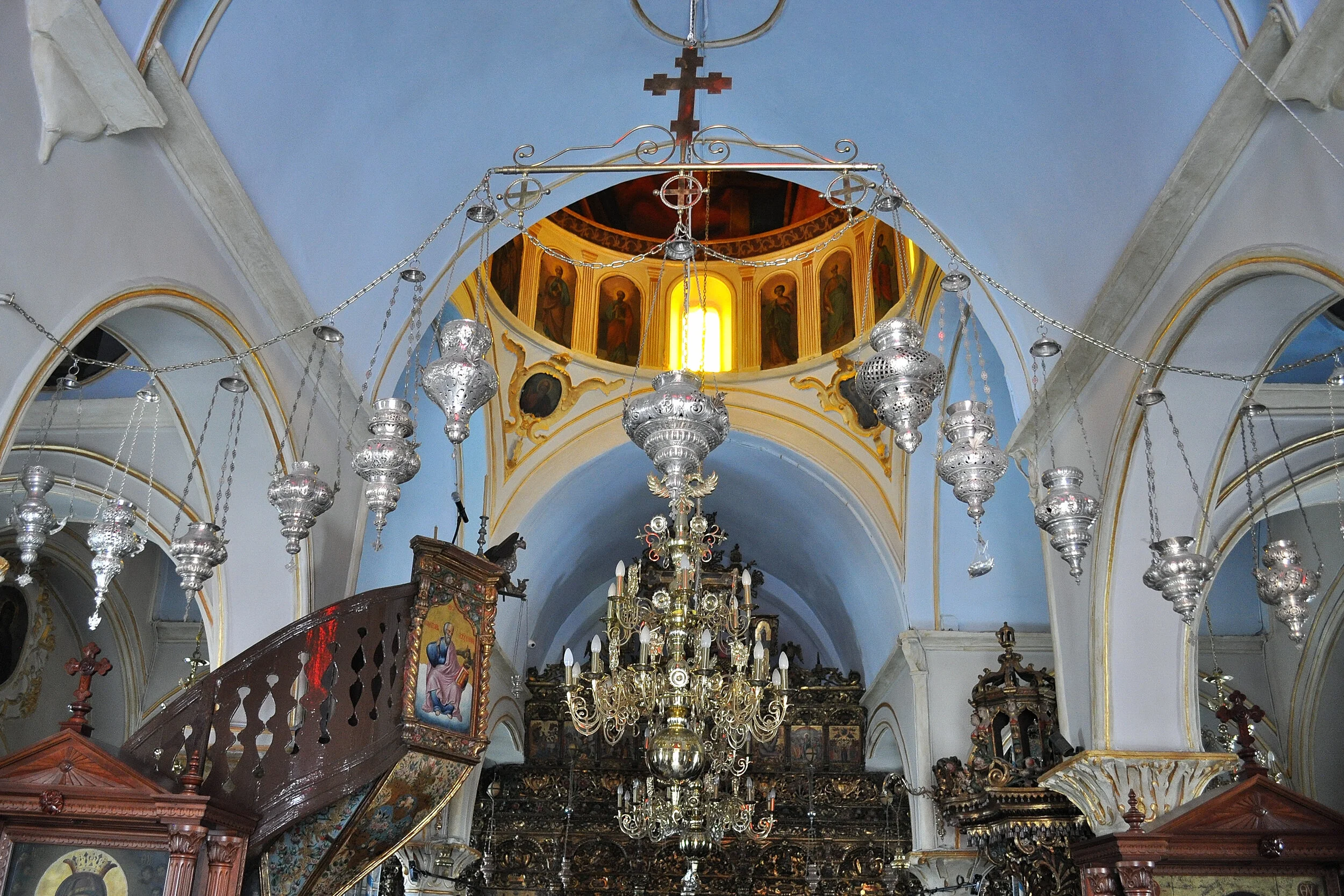
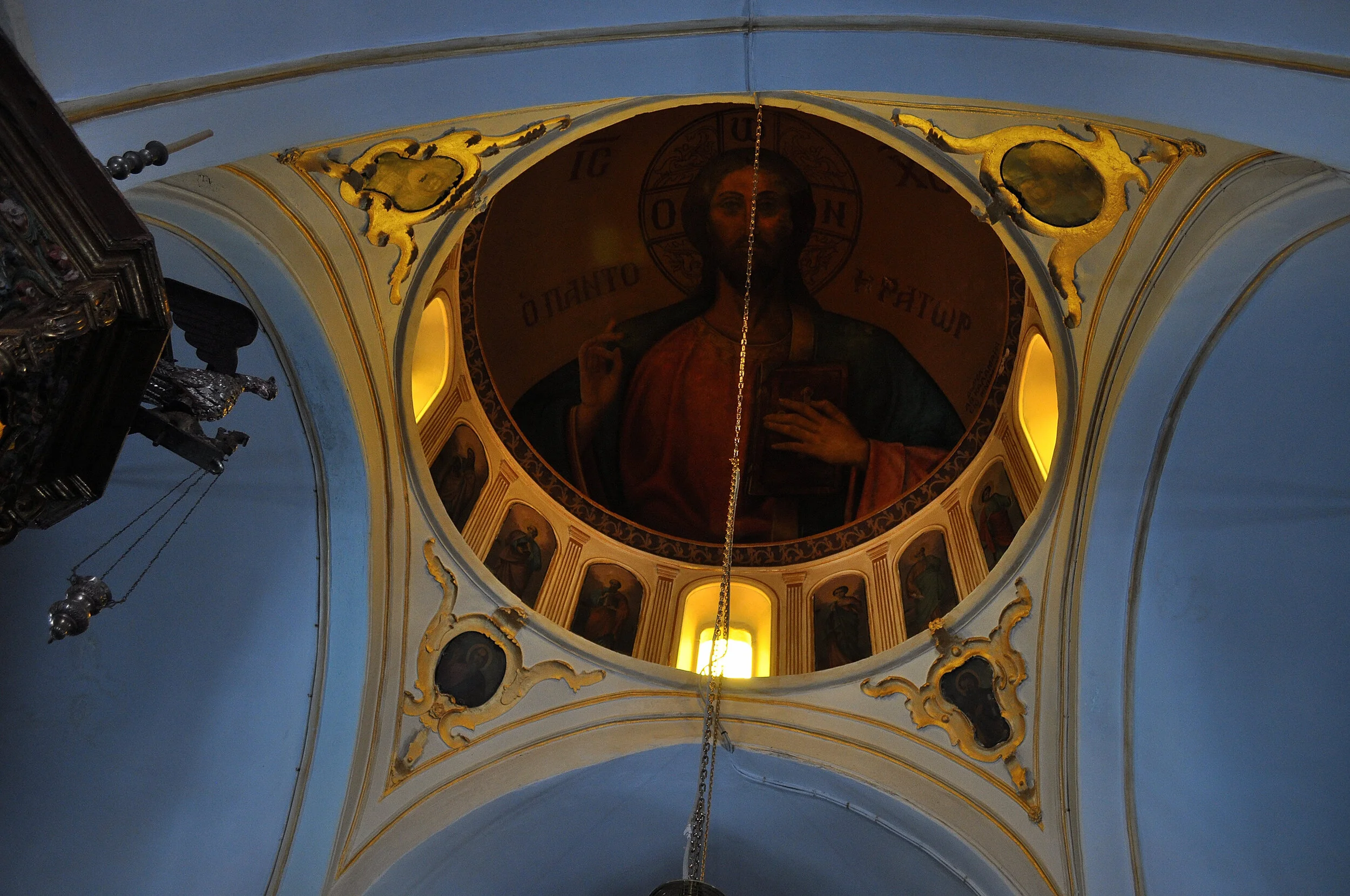
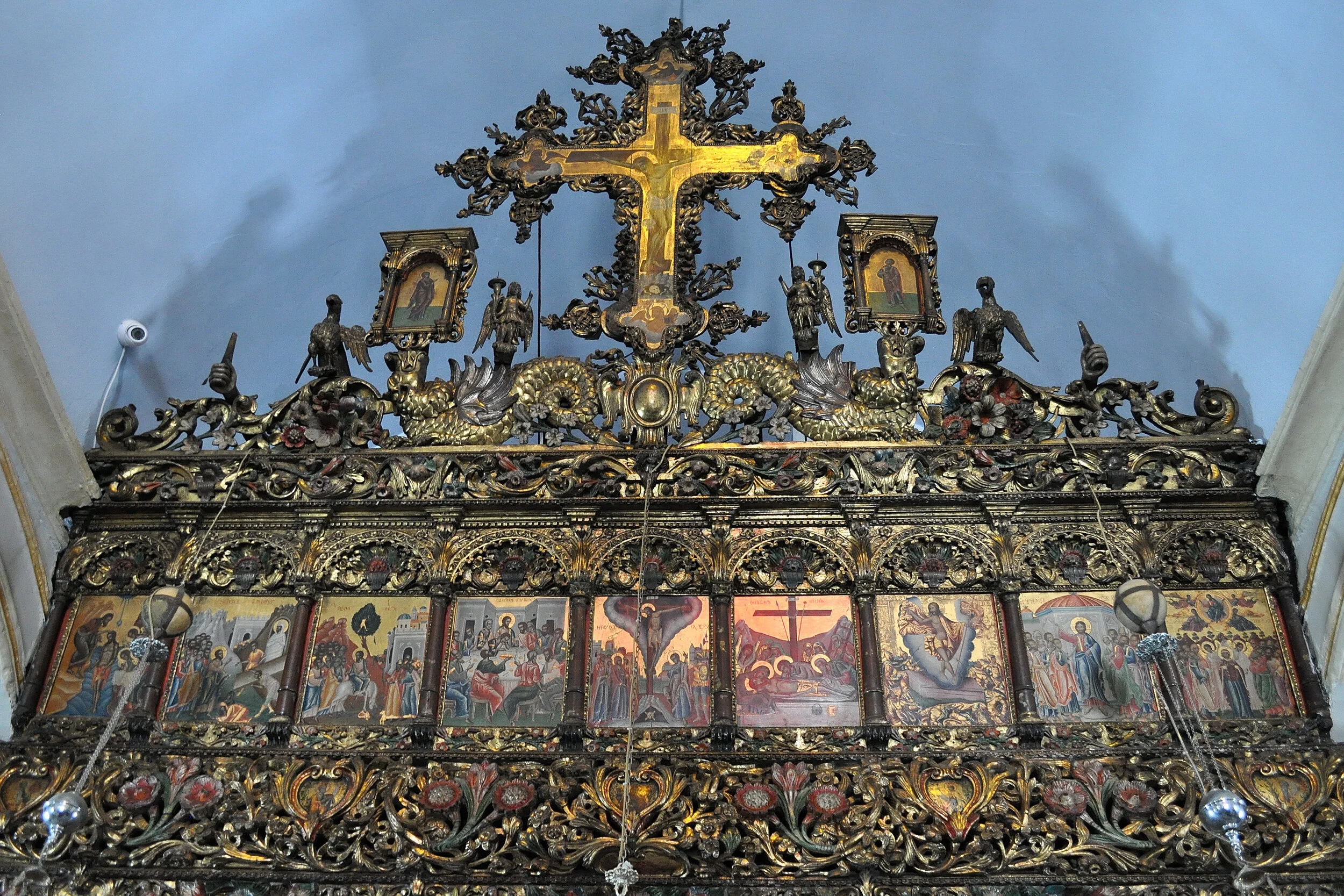
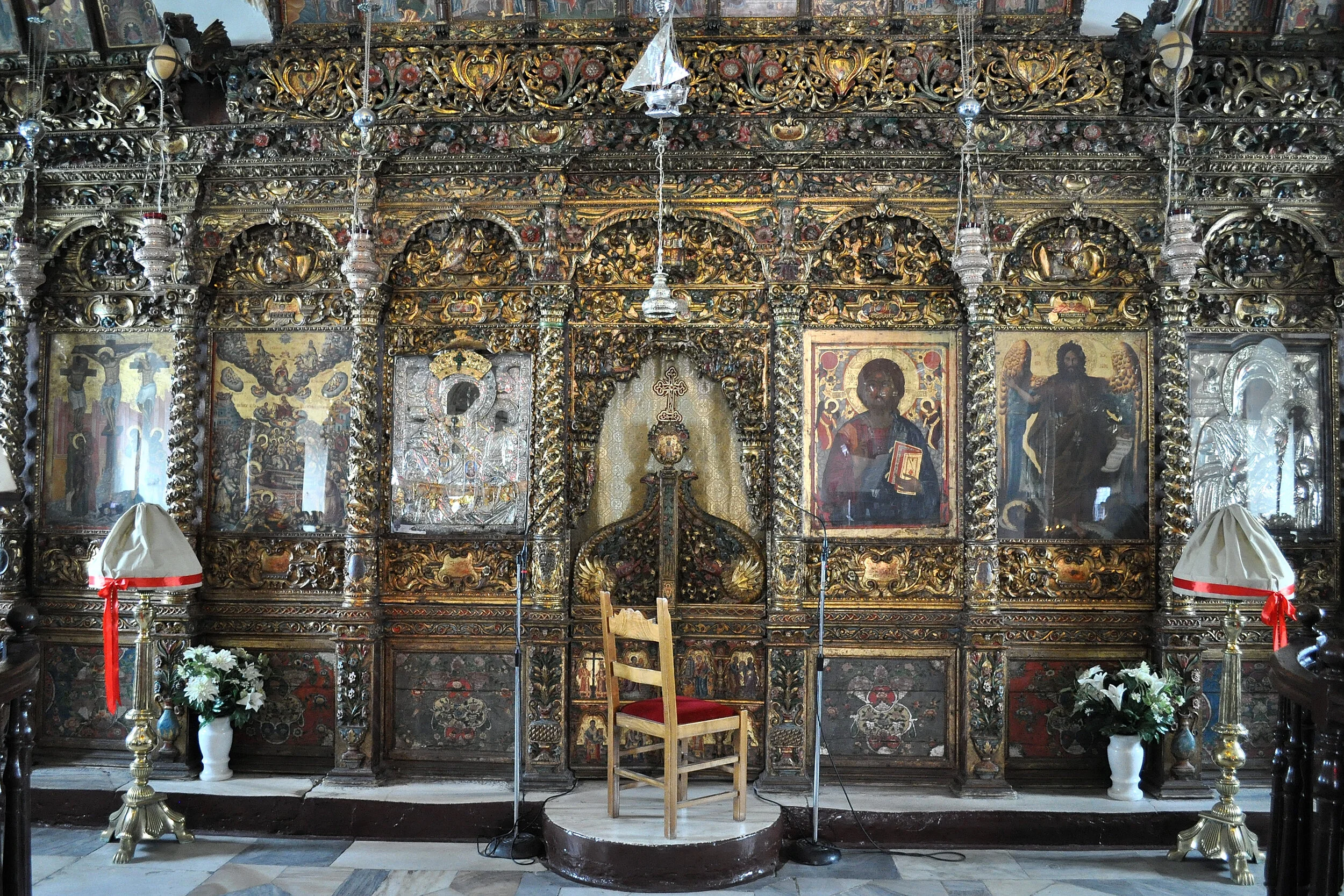
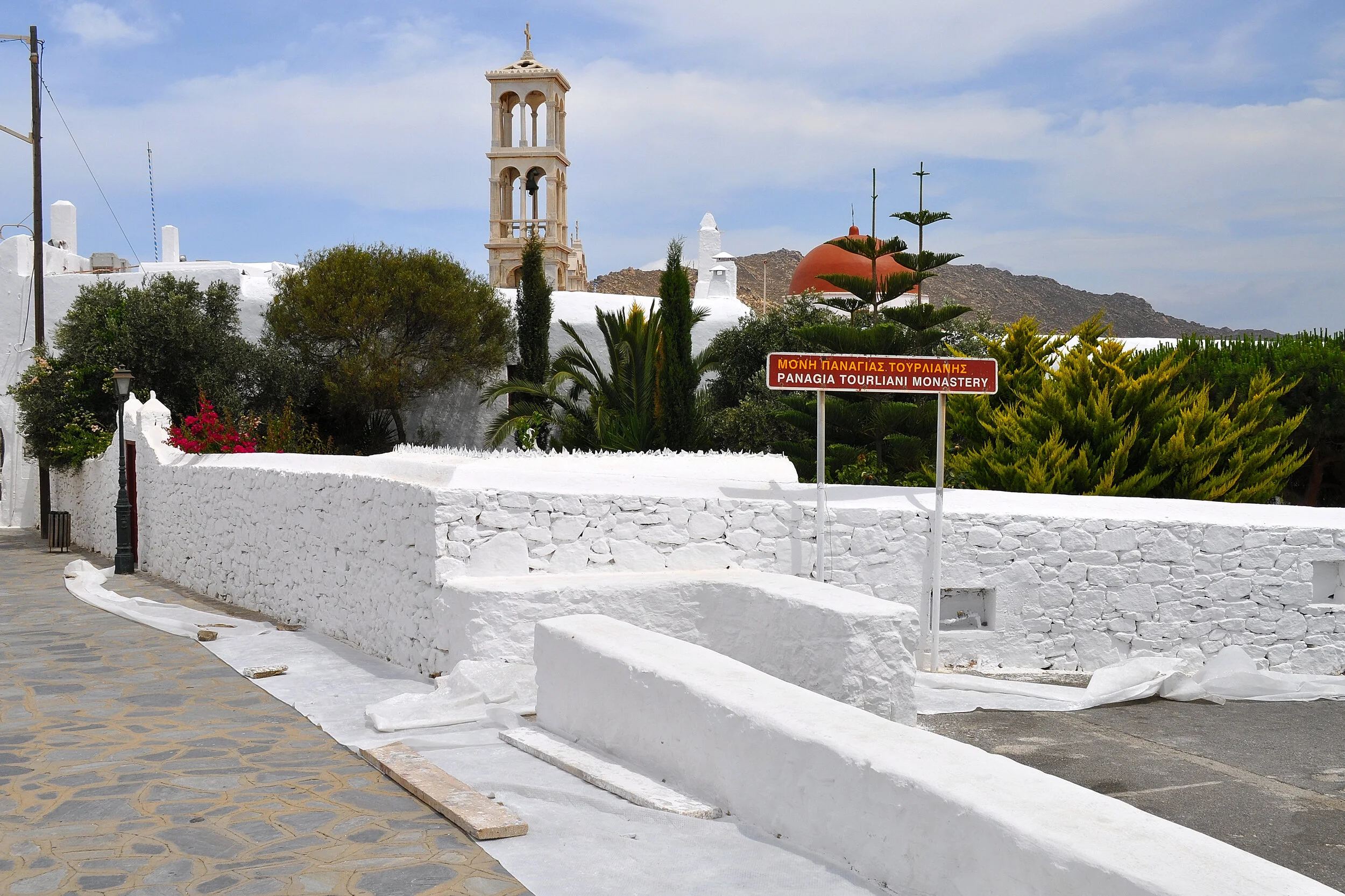
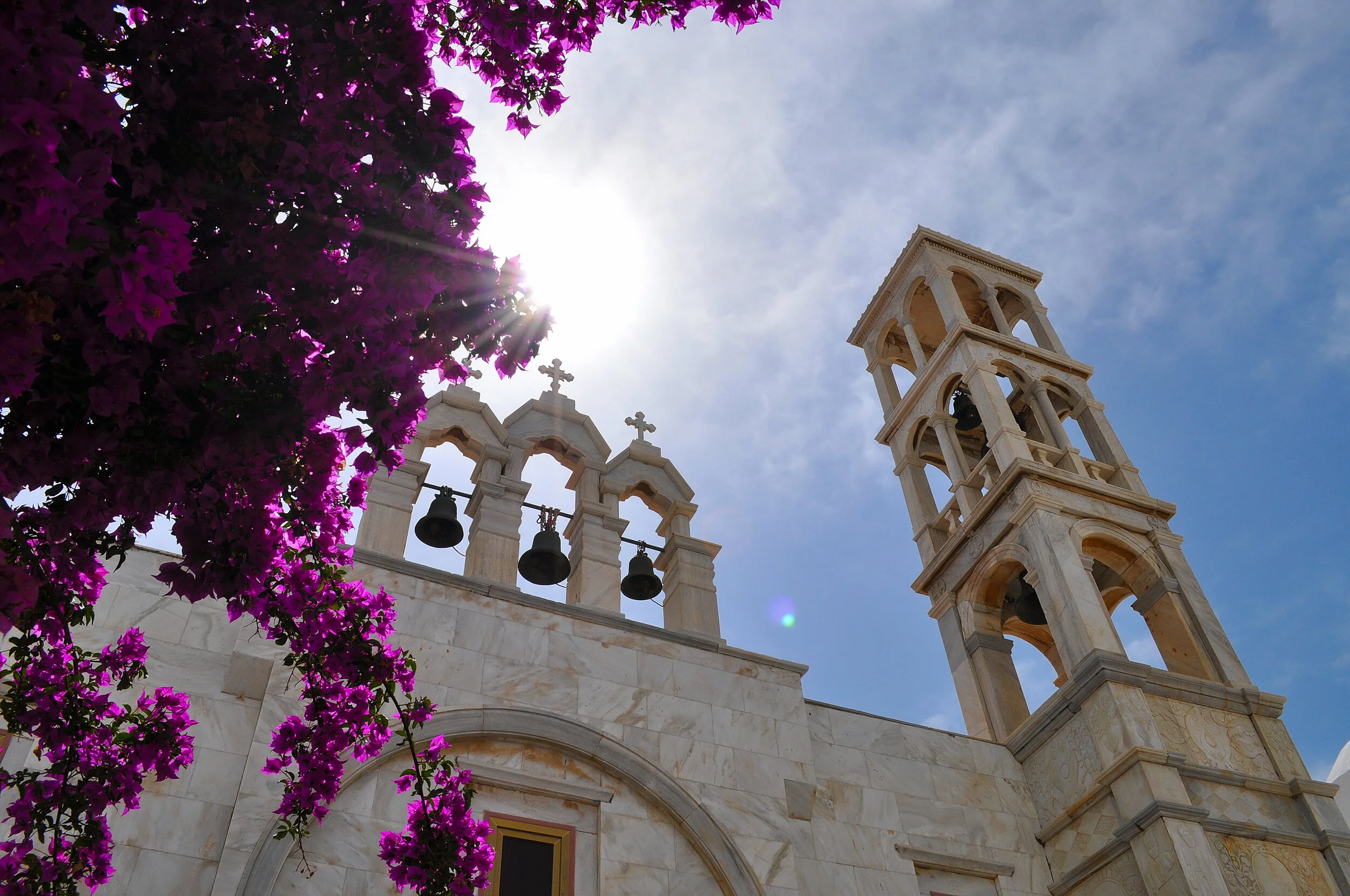
Angela: to finish the island tour, you can’t miss visiting the Armenistis lighthouse; it is a deteriorating structure but offers a truly splendid sea view.
Piero: probably Mykonos isn’t exactly in line with our vacation style. the sea and the beaches are definitely very beautiful; chora is certainly interesting even if by now it’s too touristy; however, choosing a quiet period of the year, it’s definitely worth spending a week there, also because you can’t miss Mykonos to complete the panorama of the Cyclades.
Angela: don’t forget that one day of this week we dedicated to visiting a special gem: Delos. we will talk about it in a separate post because the magic and splendor of this place deserve it all.



